
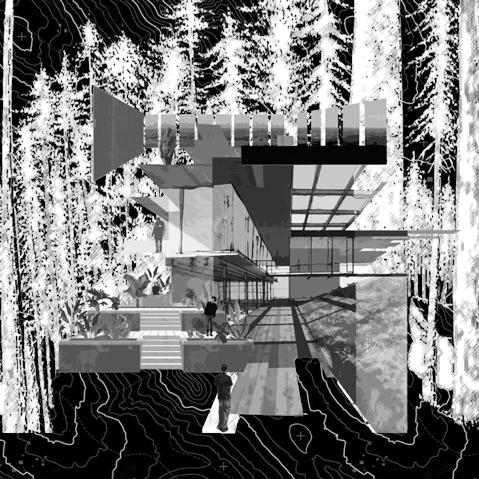
 HUSSEIN ZAAROUR PORTFOLIO
HUSSEIN ZAAROUR PORTFOLIO
Architecture embodies a vibrant fusion of art and innovation, offering limitless avenues for creative exploration. Within my practice, embrace this dynamic ethos, continuously venturing into new realms of design concepts, shapes, and forms. This portfolio stands as a testament to my dedication in integrating technical expertise into imaginative creations. Contained within these pages are a myriad of projects, each possessing its own distinct narrative. At the core of my design philosophy lies a steadfast belief in architecture's ability to evoke a multi-sensory experience, captivating not only visually but also on an emotional level. Whether shaping urban landscapes or crafting commercial structures, my approach revolves around a thorough comprehension of each project's purpose and societal context. Ultimately, endeavor to infuse every design with a unique identity and functionality, blending the poetic with the technical to create spaces that resonate with their inhabitants.
HIVE
Housing Innovation with Virtual Experience
With Lei Taishan, Ruihan
UCL-2022/2023
HIVE is an innovative initiative aimed at empowering communities and revolutionizing the housing process. It introduces an interactive platform that transcends geographical boundaries, allowing users to design and customize their living spaces while actively engaging with the production and fabrication of their personalized housing units. This initiative places a strong emphasis on addressing unique housing needs within diverse communities, promoting agency, social equity, and economic mobility. By embracing modular designs, digital fabrication technologies, and a circular economy model, HIVE seeks to minimize material waste, ensure structural integrity, and offer a wide array of customizable design options, all while prioritizing inclusivity and efficiency.
At its core, HIVE represents a novel perspective on architectural design and execution, emphasizing the democratization of design and the importance of efficient and inclusive fabrication processes. Through prefabrication methods, the project aims to deliver timely and resourceconscious solutions that reflect the needs of the communities they serve. The HIVE Platform acts as a collaborative hub, facilitating the exchange of ideas between designers, developers, and end-users, promoting a holistic approach to housing that values community engagement, innovation, and shared ownership in the design dialogue.

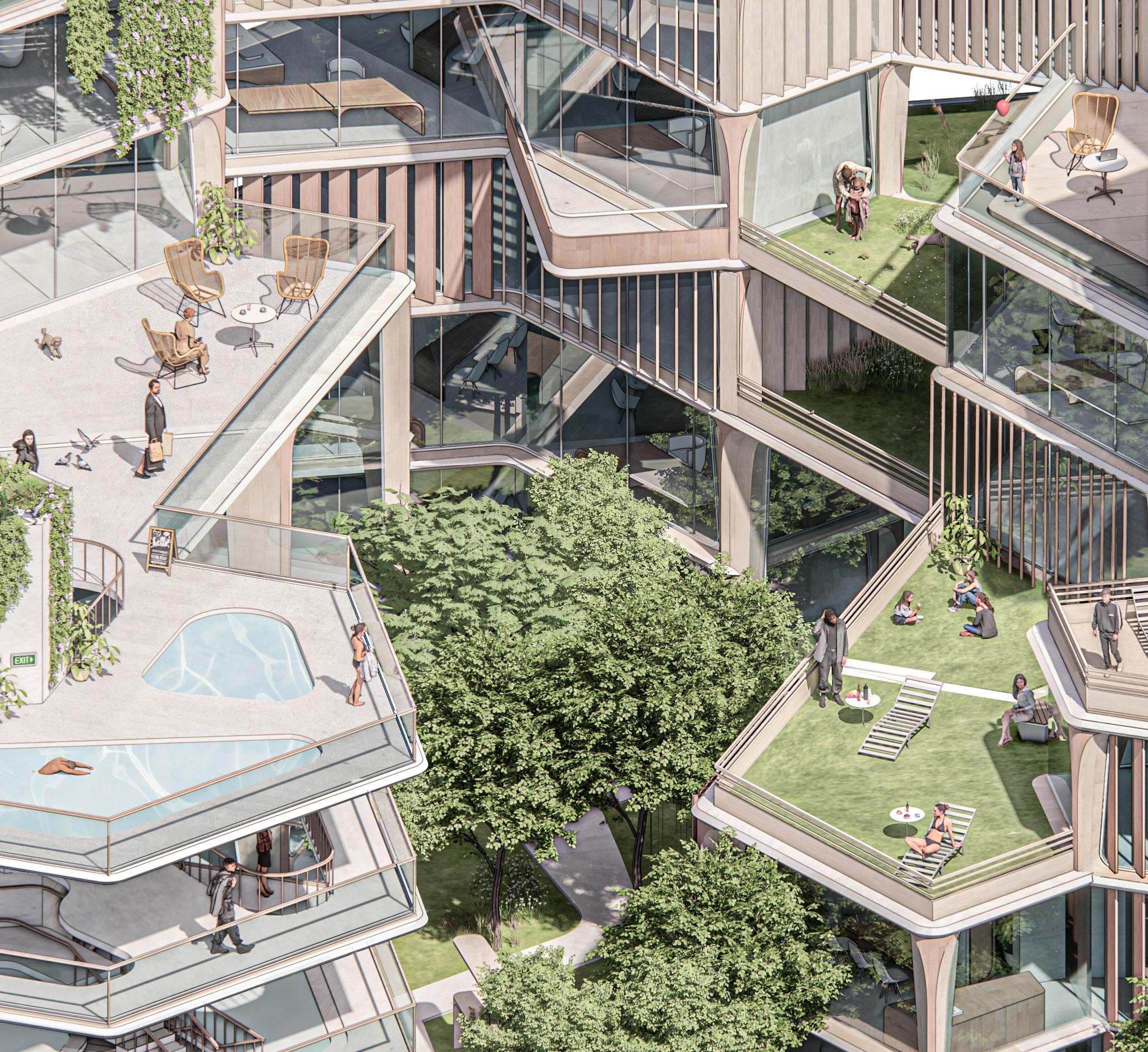 Synopsis
Chang, Yang Wu & Arjun Kapoor
The Bartlett School of Architecture
Residential Project
Decentralized (in London)
Architectural and Parametric Design
Rhino, Grasshopper, Enscape, Unreal Engine
Synopsis
Chang, Yang Wu & Arjun Kapoor
The Bartlett School of Architecture
Residential Project
Decentralized (in London)
Architectural and Parametric Design
Rhino, Grasshopper, Enscape, Unreal Engine
CONCEPT INTRODUCTION & DEVELOPMENT

The HIVE project is an innovative architectural initiative that addresses the challenges of a growing population and limited resources by embracing a user-centric and efficient approach to design and construction. It champions 'Design Democratization,' enabling a flexible modular system that adapts to the evolving needs of individuals. Prefabrication is key to 'Efficient and Inclusive Fabrication,"'ensuring timely, resource-conscious, and community-reflective construction. At its core, the 'Collaborative Platform' fosters a synergistic relationship between designers, developers, and users, promoting shared participation in the design process. The project utilizes a hexagonal grid to define circulation patterns within its spaces, allowing for versatile configurations of straight, L-shaped, and three-directional modules to suit diverse needs and settings, laying the groundwork for the layout of private and public living areas in future development.

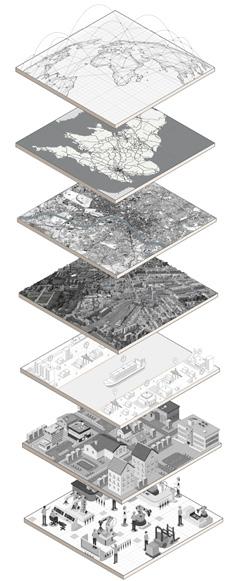
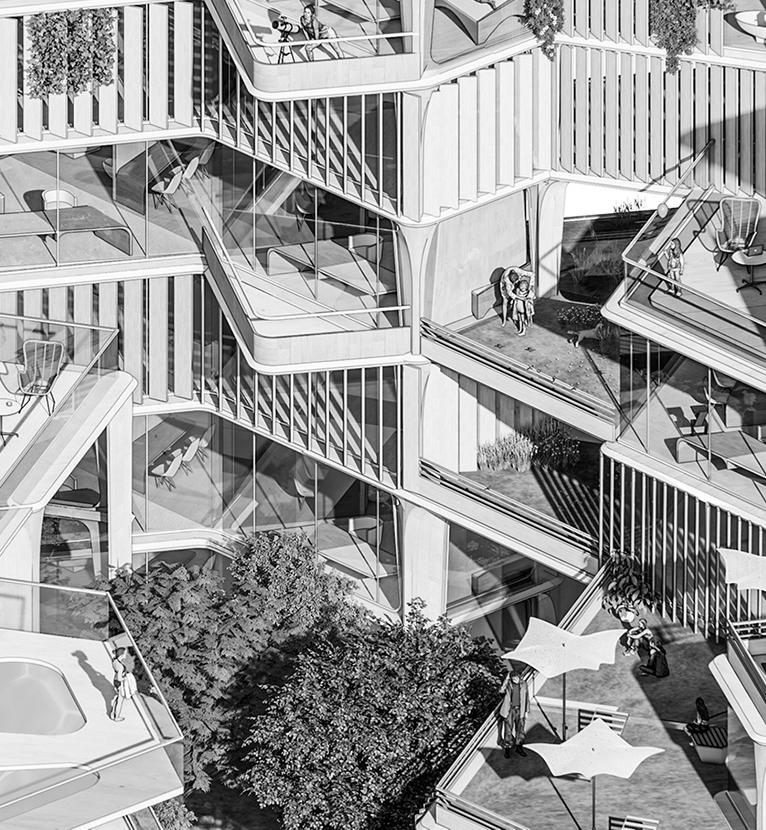




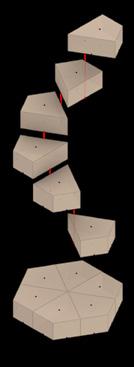






HIVE HOUSING INNOVATION with VIRTUAL EXPERIENCE Localized Digital Fabrication & Production Micro-Scale Distributed Network Regional Implementation Strategies Connected Globally-Data Sharing Macro-Scale Development Principles Territorial Startegies Local Communities Participation Modular Architecture Agency + Co-Design Digital Fabrication Demand for Space Community-Centric Design Agency Restriction + Constrained Ressources Circularity Sustainability Intervention
HIVE Concept Introduction & Overview
Cluster 1 Cluster 2 Cluster 3 Cluster 4 Democratized Participatory Design Digital Optimized Design Digital Platform-HIVE Pre-Fabrication Processes Democratized Production HIVE Scheme Community-Driven Factories Sustainable-Supply Chains Reduced Accessible-Local Production Flexible Design Developers Design Typologies Allow Personalization Adapt to Users' Needs Users Design their Respective Units
Implemented Strategies At the Macro & Micro Scale
AGGREGATIONAL PROCEDURES OF HIVE'S TYPOLOGIES
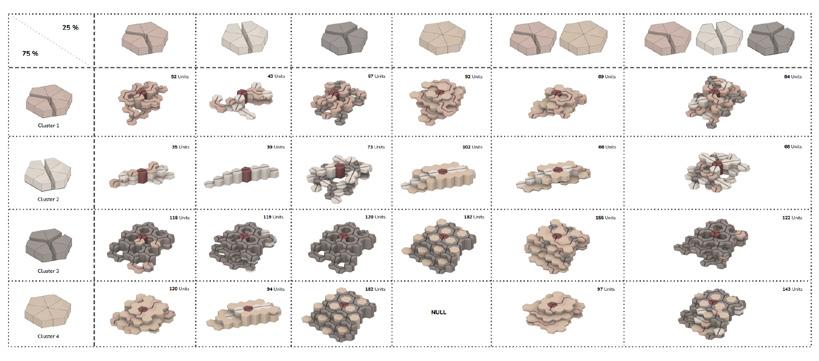
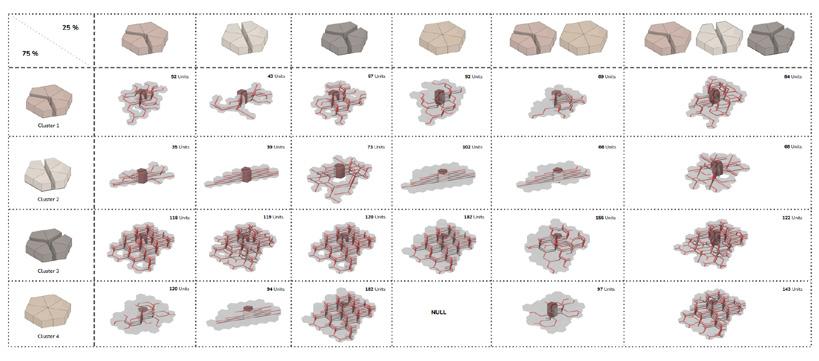
























The HIVE project employs the WASP extension to craft a system of clusters, enabling diverse and efficient circulation patterns within an architectural layout, guided by the strategic logic of a Wave Function Collapse model. The user-centric design process is facilitated by a virtual reality platform. Comprehensive site analysis, powered by C# algorithms, assesses view quality and privacy levels, feeding into the strategic positioning of the units. This ensures an optimized blend of community interaction and individual privacy, while maintaining the integrity of the development's environmental and social context. The project's adaptive approach anticipates the evolution of individual and collective needs, providing a future-proof solution in the realm of sustainable and responsive architecture.

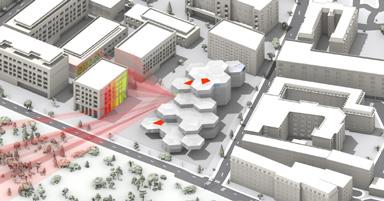
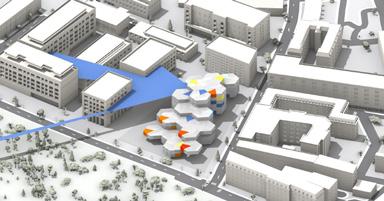


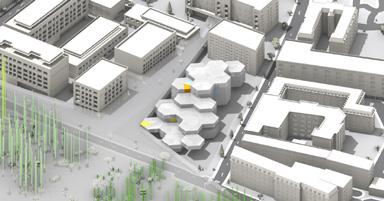
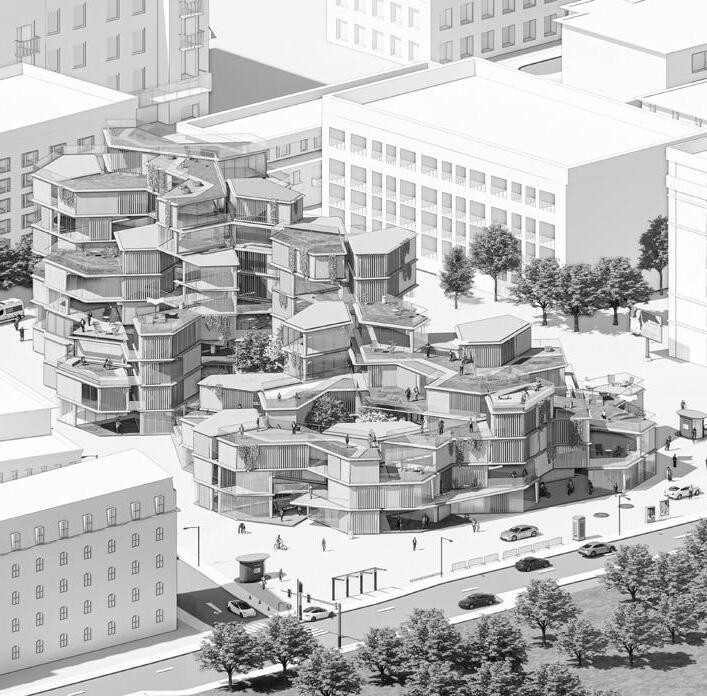
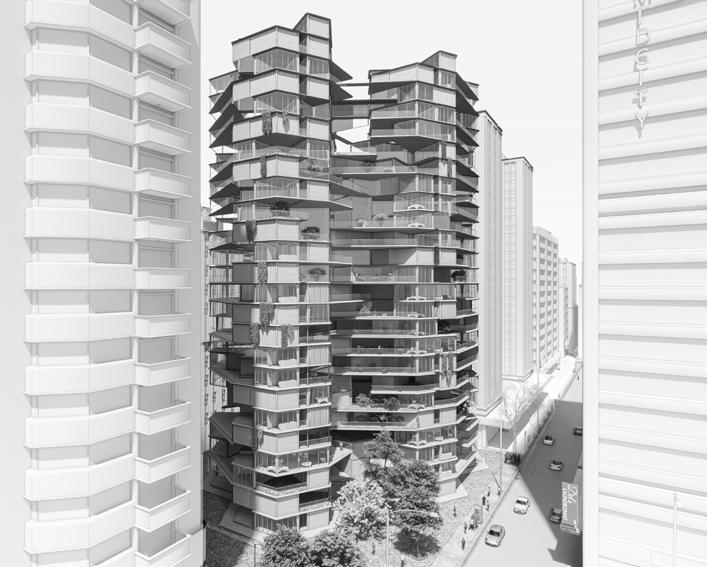

HIVE HOUSING INNOVATION with VIRTUAL EXPERIENCE
Computing the Aggregation Rules & Assembly
Rules between Clusters of the same/different Types (1,2,3,4) Exclusion Rules between Clusters (1,2,3) and - the Extra-Units - Clusters 4
Adjencency
Exposure of Privacy-Not Favorable Vs. Favorable View Boundary-Not Favorable Vs. Favorable View Quality-Not Favorable Vs. Favorable
HIVE: Courtyard & Tower
KIT OF PARTS CONFIGURATION & LAYOUT COMPOSITION
The HIVE project features modular kits for interior and exterior design, tailored for easy customization and beneficial adaptability. Divided into 'dry' units for living spaces and 'wet' units for plumbing-required spaces, these kits fit into a pre-defined grid allowing flexible configurations, ranging from single studios to larger units. The designed furniture within these kits are integrated and adaptable, catering to the evolving needs of the residents. The design prioritizes seamless circulation among the kits, and the potential for horizontal and vertical expansion, encouraging community interaction and a dynamic/optimized use of space.



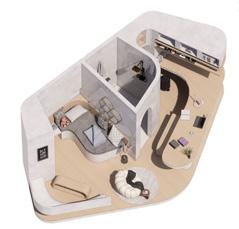

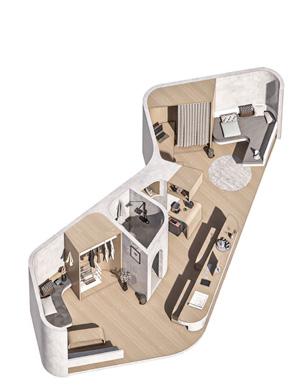

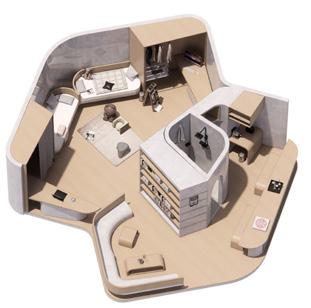

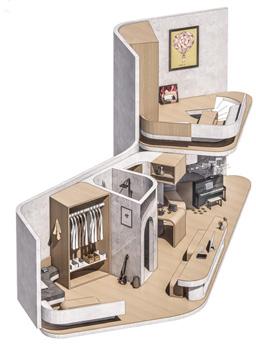

HIVE HOUSING INNOVATION with VIRTUAL EXPERIENCE
Kit of Parts Design + Configurations
Two
Three Units Four Units Three Units-Duplex
Flexible Interior Design of Dinstinct Units' Configurations
Units
MODELING PROCESS OF THE FUNDAMENTAL DWELLING
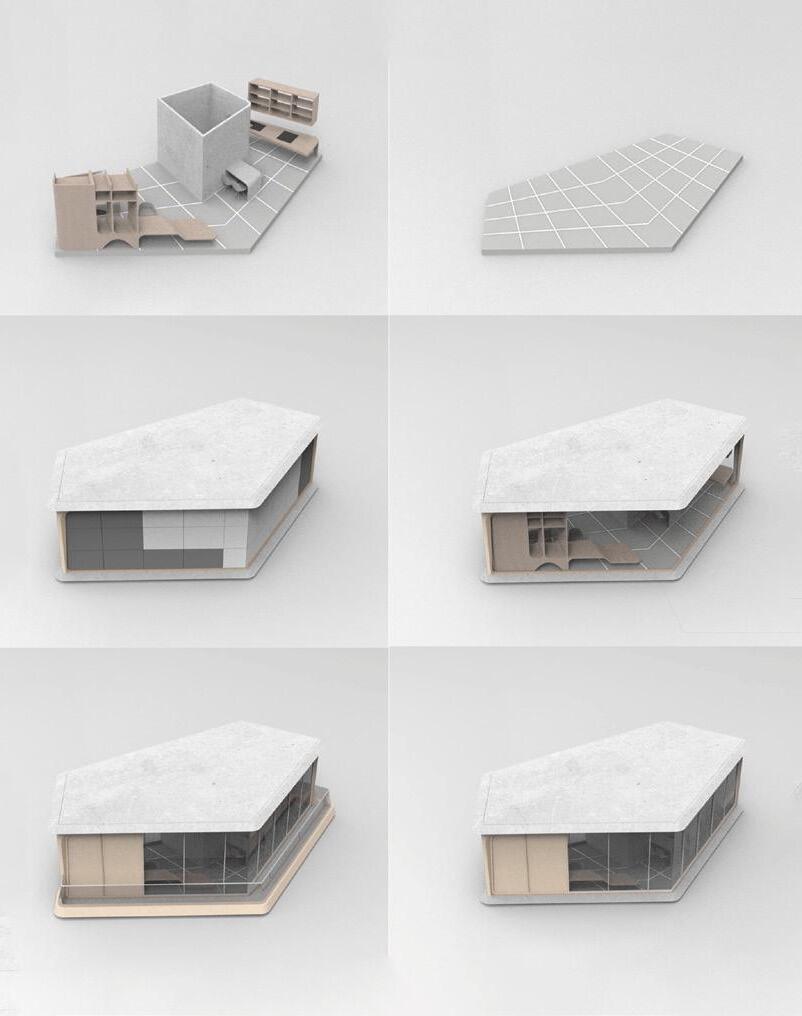
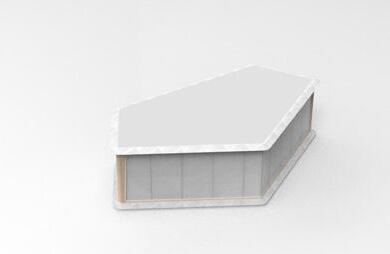
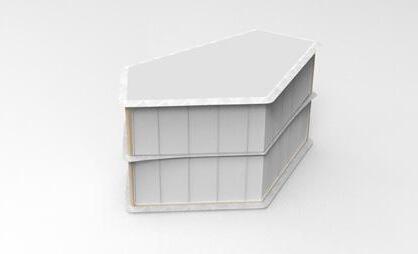















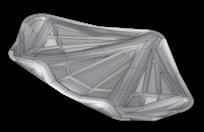
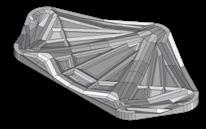

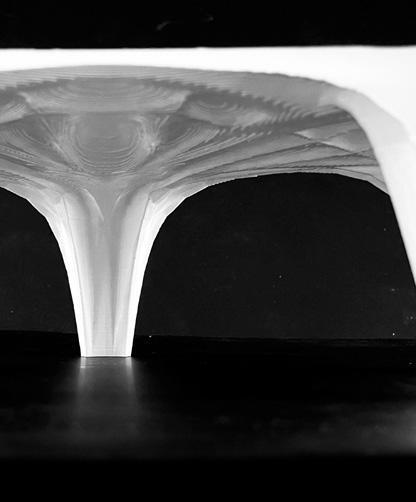
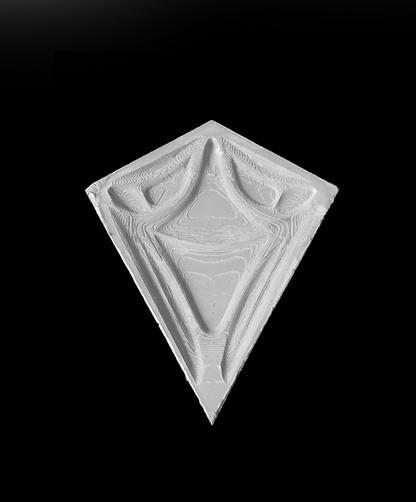
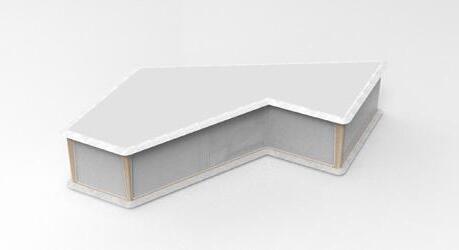
The project leverages advanced topology optimization techniques to craft efficient and structurally robust structures, all while minimizing material usage. Each aspect of the interior-exterior relationship is meticulously examined to guarantee privacy, complemented by a flexible facade system tailored to accommodate varying living space needs and user preferences. The result is a seamlessly integrated, harmonious, and sustainable living environment.
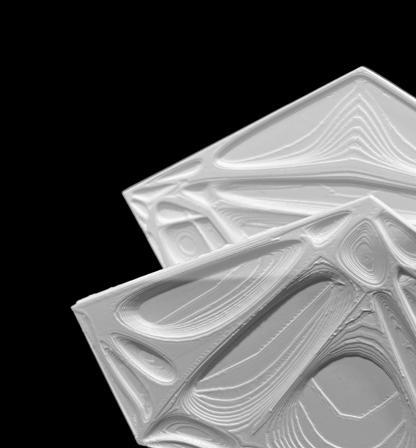
HIVE HOUSING INNOVATION with VIRTUAL EXPERIENCE
Dwelling Configuration: Flexibility of the Facade
Topology Optimization, Modeling Process
STRUCTURAL COMPOSITION OF THE DWELLING/APARTMENT
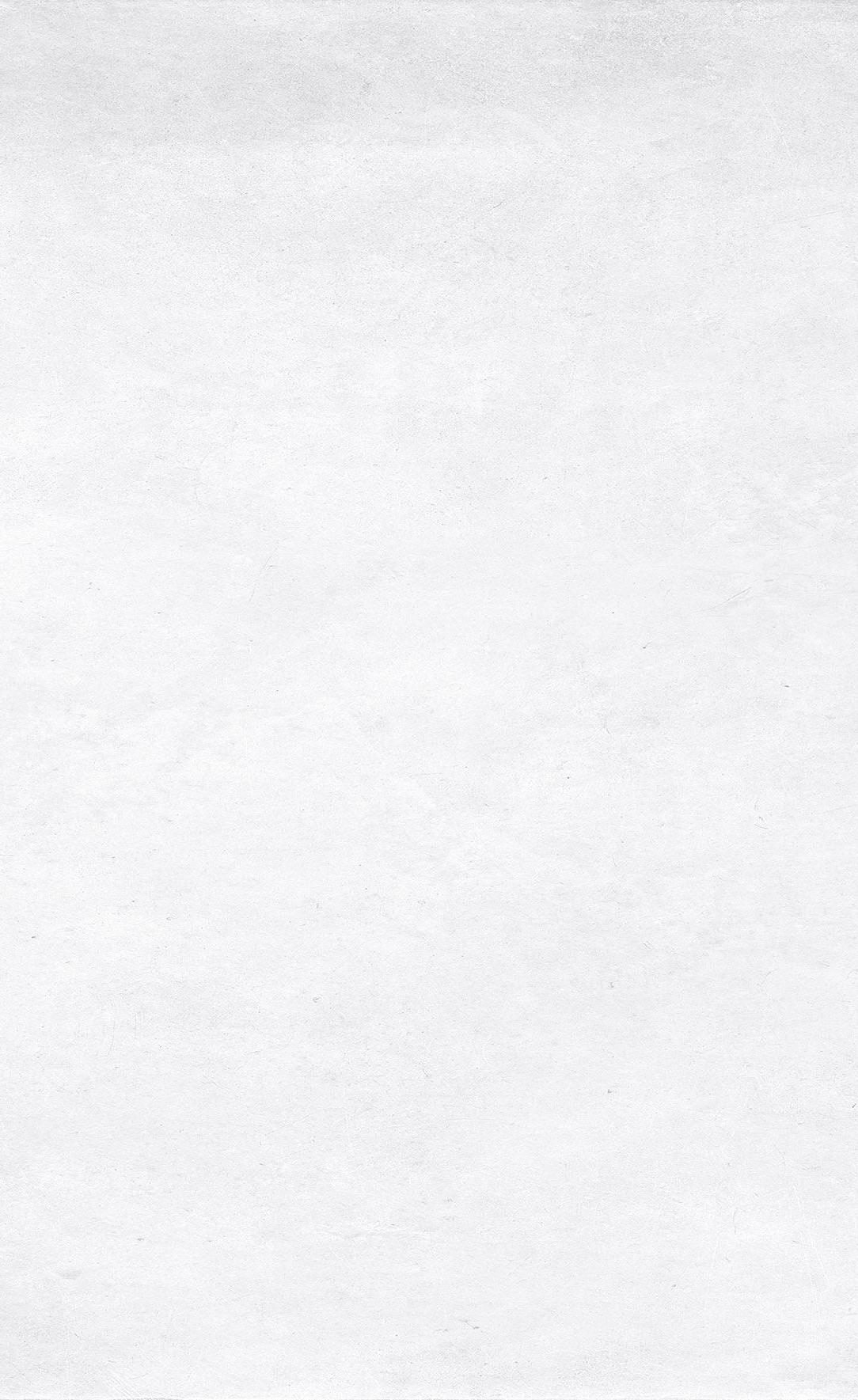

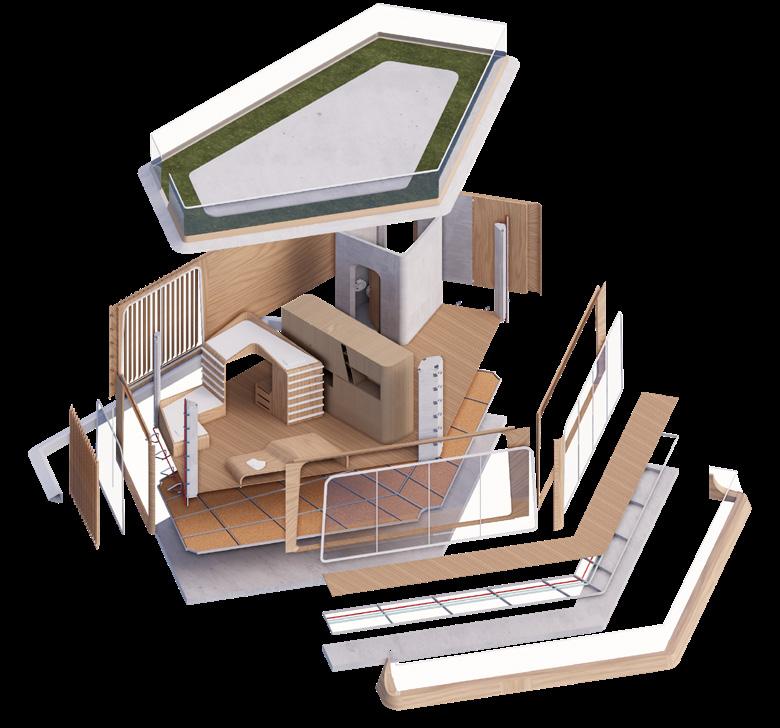


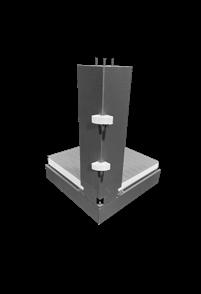


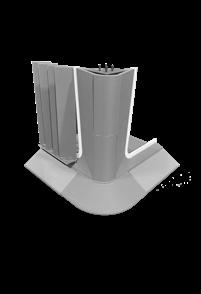
The integrated dwelling unit design combines both wet and dry functionalities into a harmonious flow of space.
Structural details, including the joints between concrete and timber materials, alongside the inclusion of service conduits are key to the fabrication process. The flexible partition enhances the utility and privacy within the unit. The facade corner detail serves both to reveal the design's layered complexity and to facilitate understanding of the assembly process. User customization is a core feature, with a variety of kits for interior and exterior finishes, reflecting a balance between personal preference and standardized design. The 3DP prototype illustrates the detailed layers of construction, emphasizing a simplified assembly for scalability, from foundational elements to the final timber skin and adjustable louvers, encapsulating a blend of aesthetic appeal and practical assembly in the building’s design.



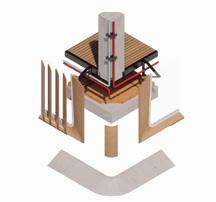
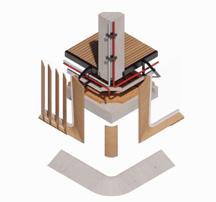
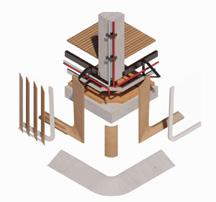
HIVE HOUSING INNOVATION with VIRTUAL EXPERIENCE
Structural Composition + 3DP Facade's Corner Detailing
Precast Concrete Column MEP Lines Enclosed Timber Facade Skin Facade Eave Overhang Floor Insulation Optimized Concrete Slab
HIVE PLATFORM-INTERFACE DETAILING

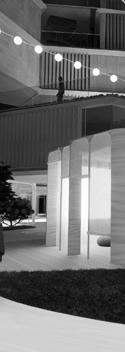
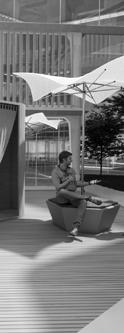









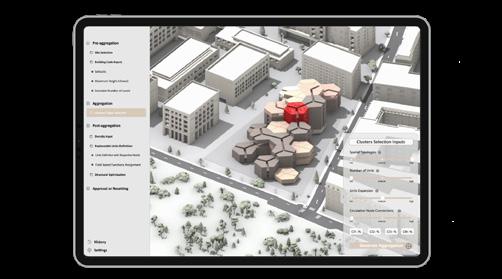
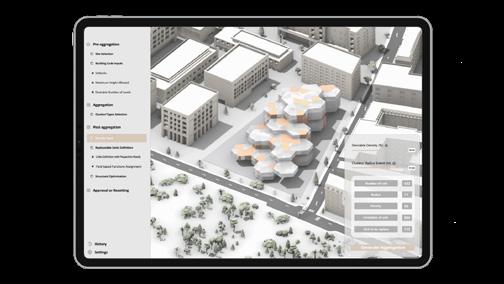

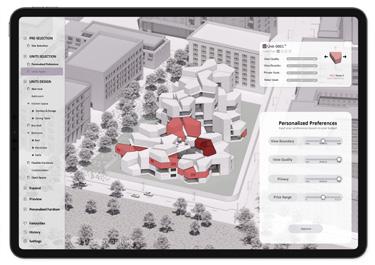

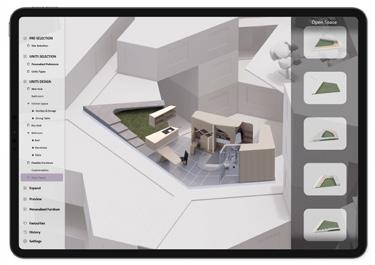
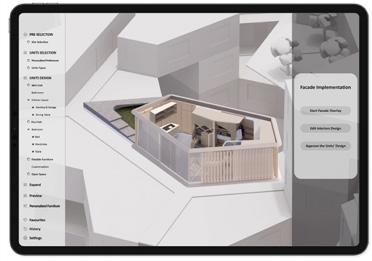
Site Selection Clusters' Type Selection Replaceable Units' Definition Registration Entrance + Core Placement Density Input Building Code Inputs Clusters' Density Definition Structural Optimization Pre-Aggregation Aggregation Developer's User Interface Post-Aggregation Site Selection Units' Type Definition Design of the Open Spaces Immersive Experience Registration Personalized Preferences Design of the Wet + Dry Units Facade Implementation Pre-Selection Units Selection Units Design Post-Units Design Residents' User Interface
HIVE HOUSING INNOVATION with VIRTUAL EXPERIENCE
HIVE HUB: IMMERSIVE EXPERIENCE
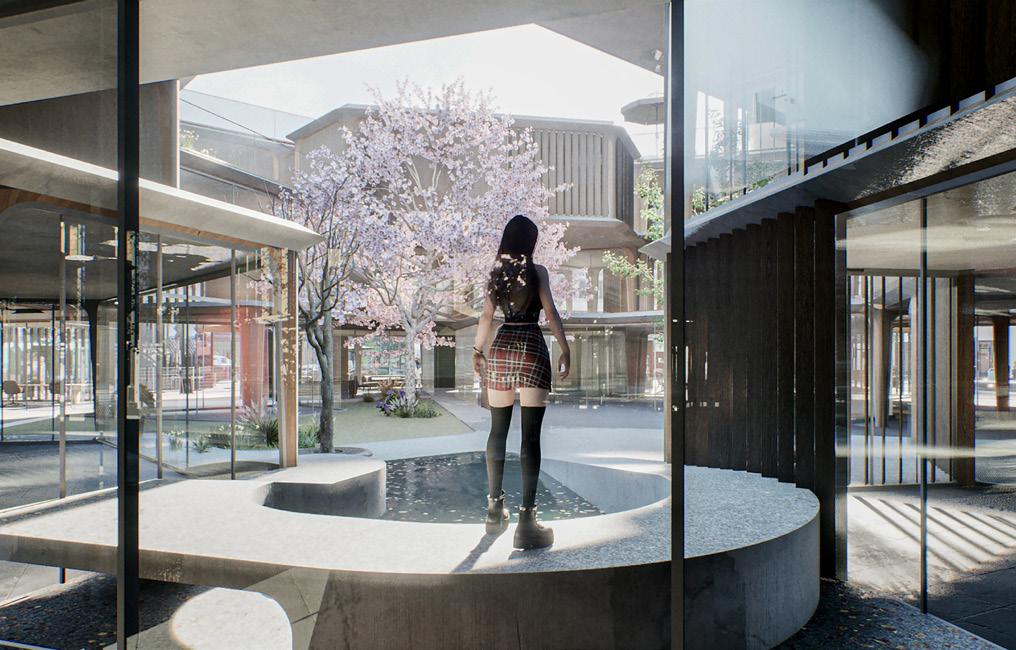
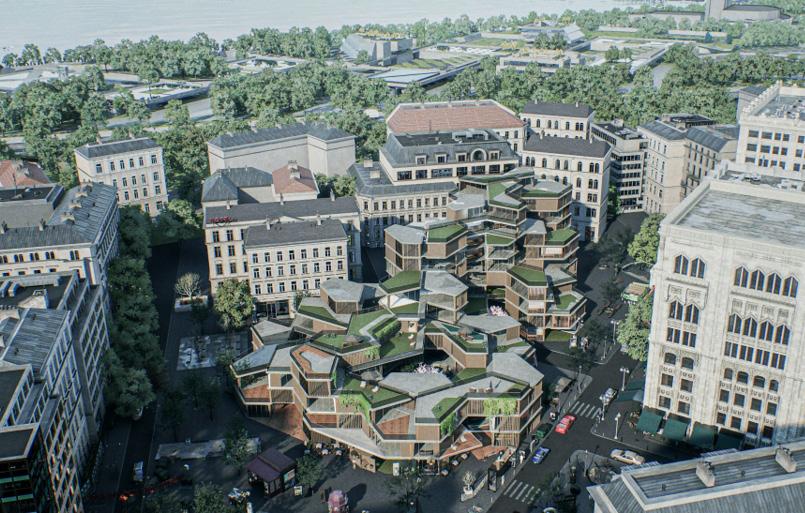
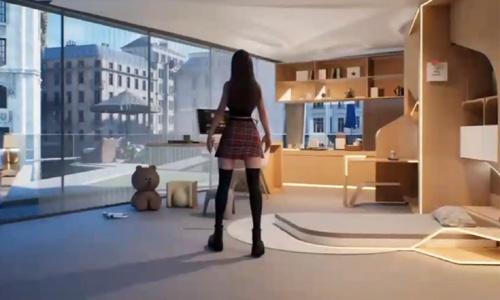
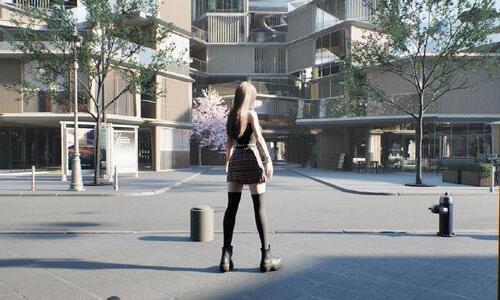
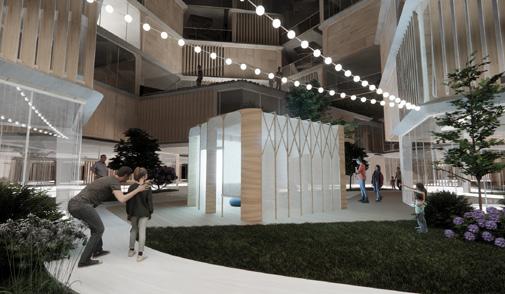
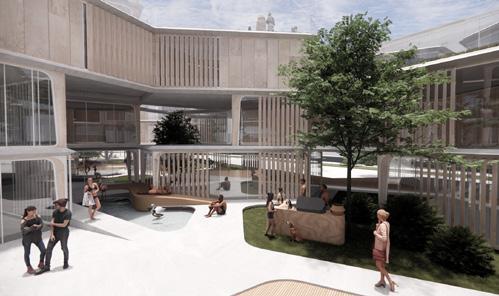

The HIVE platform is a multifaceted ecosystem with several benefits. For developers, it provides a comprehensive toolkit for optimizing construction plans through detailed site analysis, ensuring projects are planned with precision and efficiency. Residents have the ability to customize their living spaces, balancing personal preferences with budget constraints, allowing for a personalized and satisfying living experience. Central to the platform, the HIVE HUB offers a virtual environment for community interaction, enabling residents to connect and collaborate. It also provides a deep dive into the architectural nuances of their homes, bridging the gap between housing innovation and user experience on a global scale.


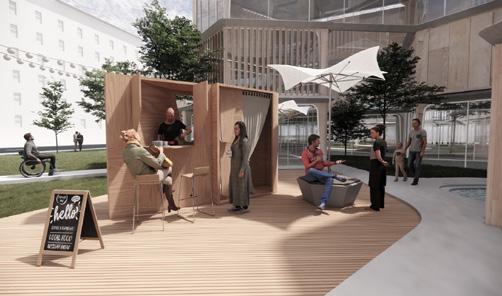

HIVE HOUSING INNOVATION with VIRTUAL EXPERIENCE
ECO-SCAPES
Ecological, Social & Economic Alternatives
Thesis Shortlisted in the 2022 Areen Awards Competition
American University of Beirut
AUB-Fall 2021/Spring 2022
Synopsis
The project embarks on a multifaceted exploration, drawing inspiration from the intricate world of dreams and translating it into tangible architectural forms within the urban fabric of Beirut. Part A delves into the immersive realm of dreams, recognizing their significance as a reservoir of emotions, experiences, and resolutions. Through meticulous research and conceptualization, the project endeavors to harness the transformative potential of dreamscape design. This exploration extends beyond mere aesthetics, aiming to address the complex social, economic, and environmental challenges entrenched in Beirut's urban landscape. In Part B, the project transitions from dreams to the concrete realm of architecture, manifesting into what is termed an Eco-Scape. Here, the dream becomes intertwined with the designed interventions that seek to confront and alleviate the city's pressing issues. By integrating sustainable practices and innovative design solutions, the Eco-Scape aspires to foster a harmonious coexistence between urban development and the natural environment. Ultimately, this endeavor weaves narratives of regeneration, and communal well-being.


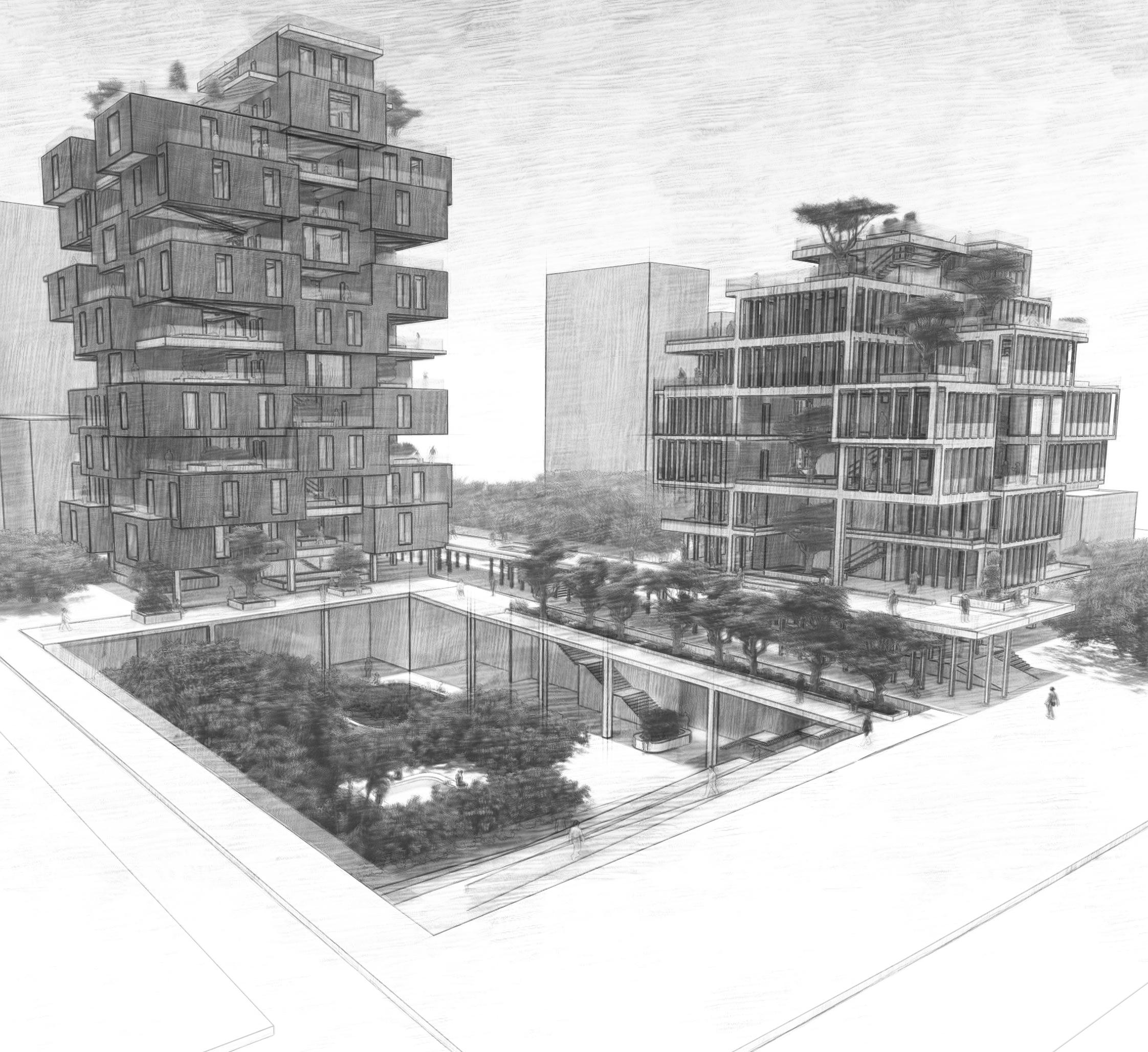
 Mixed-Income Housing + Urban Vertical Farming Beirut, Lebanon
Architectural and Urban Design
Cad, Rhino, Grasshopper, Lumion, Adobe Suite
Mixed-Income Housing + Urban Vertical Farming Beirut, Lebanon
Architectural and Urban Design
Cad, Rhino, Grasshopper, Lumion, Adobe Suite
CONCEPTUAL INTRODUCTION
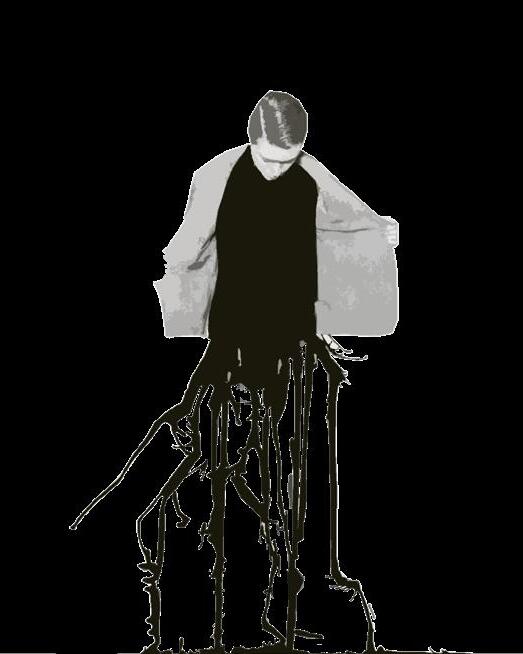

 Standard Dreams
Nightmares
Standard Dreams
Nightmares
DREAMSCAPES PART A THE EXPLORATIVE FANTASY
Hallucinations



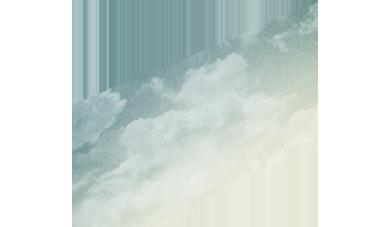
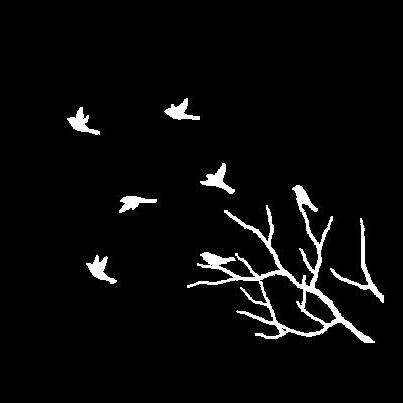
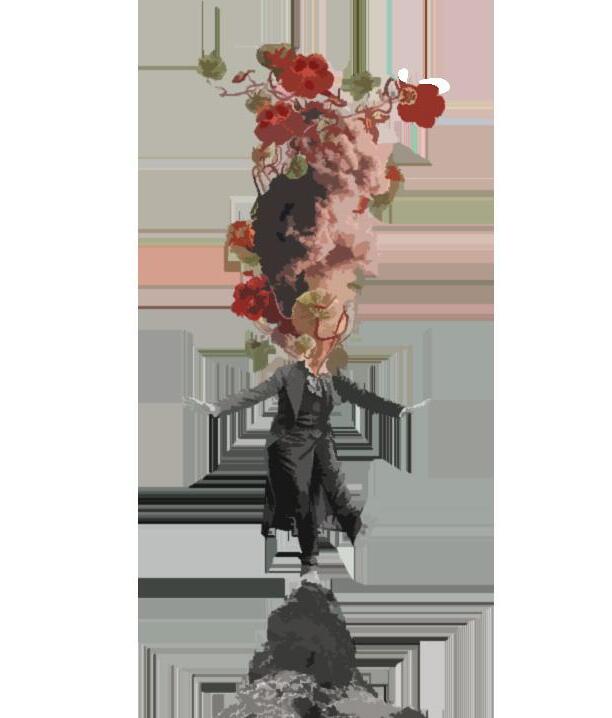

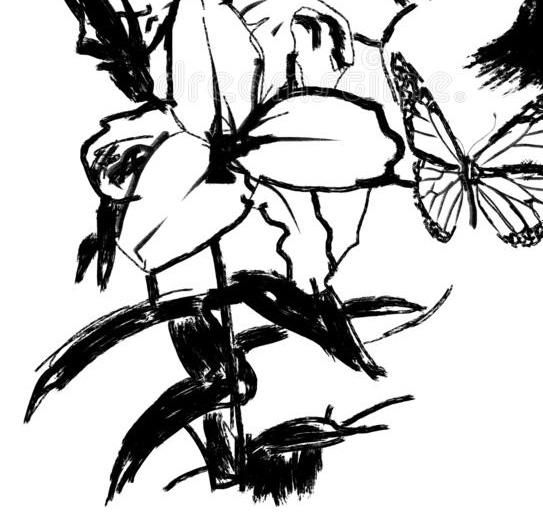


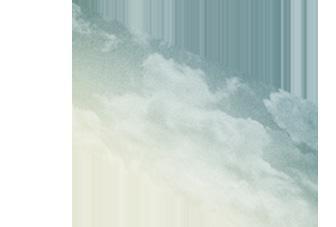
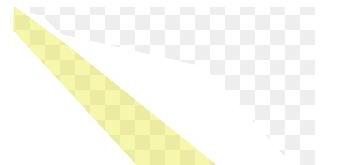

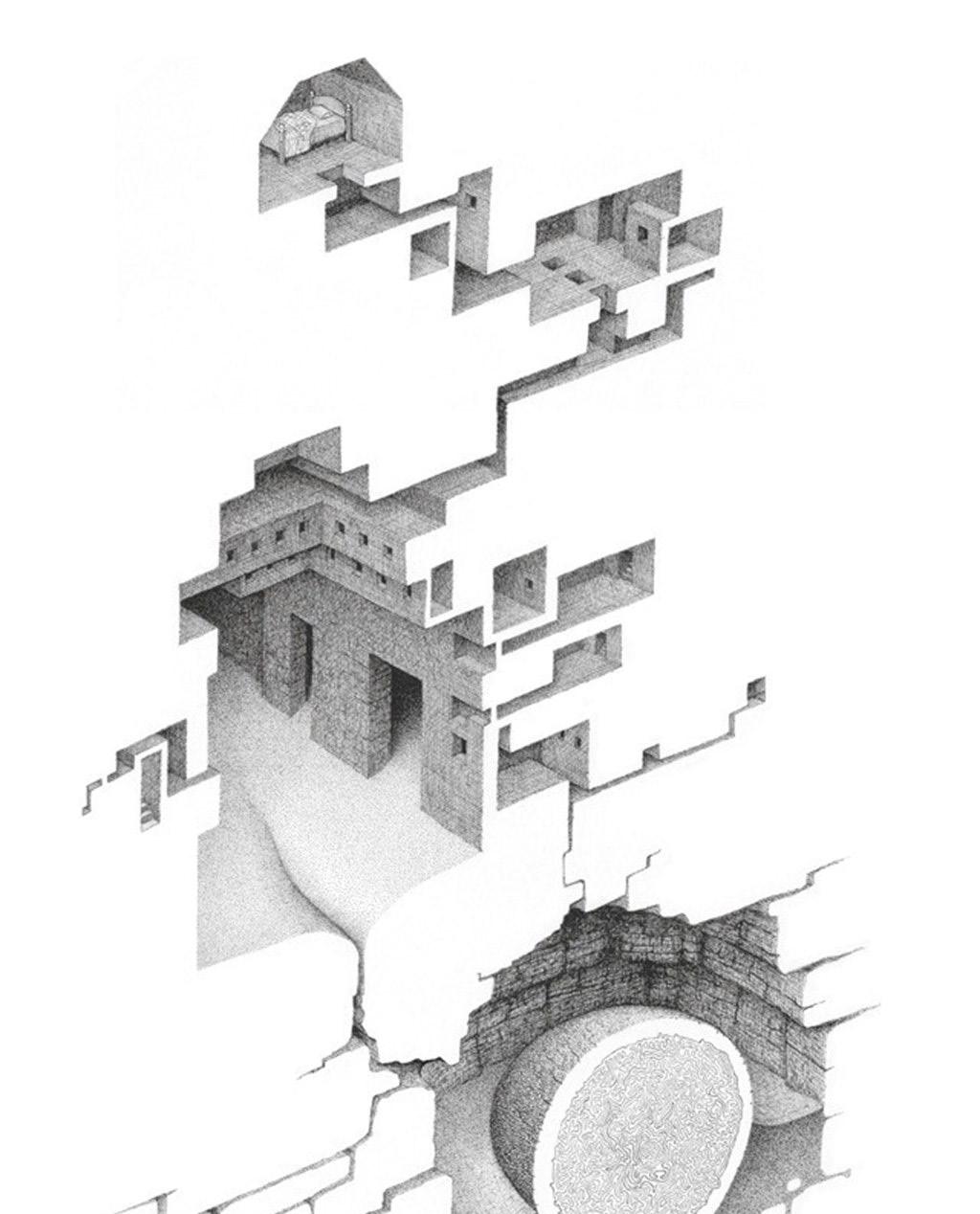
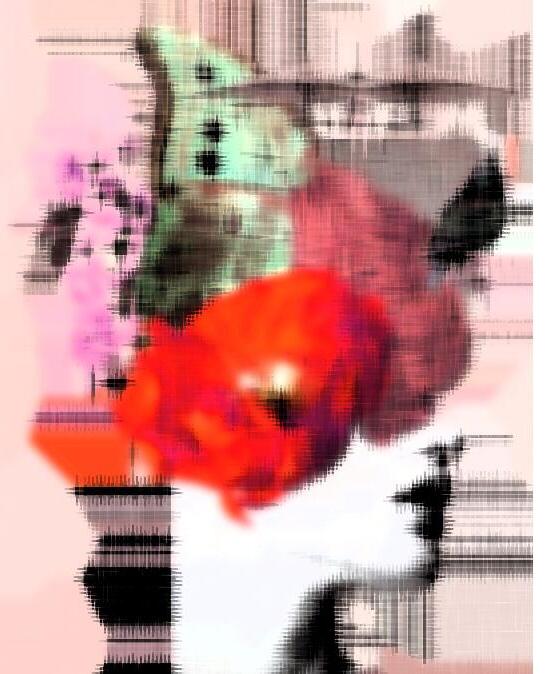


Daydreams
Lucid Dreams
Paramnesia
DREAMSCAPES: AN INITIAL EXPLORATION
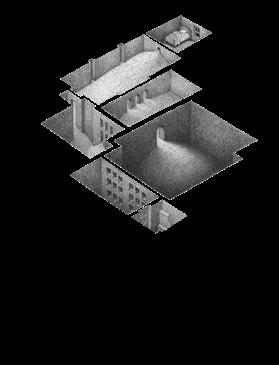
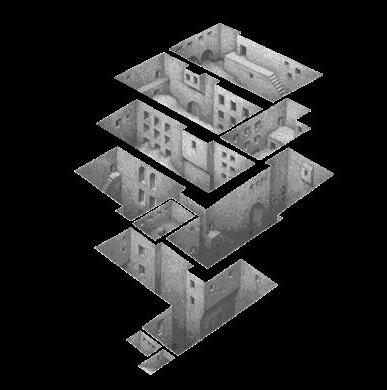
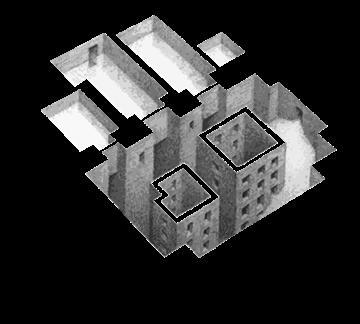
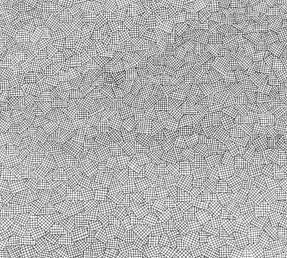

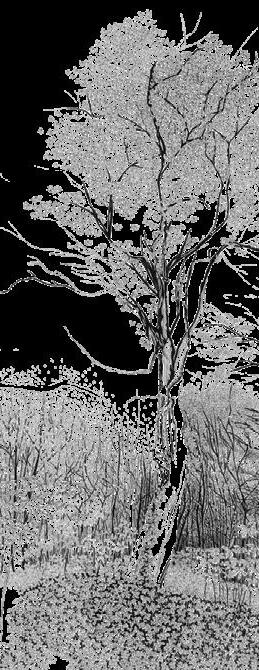
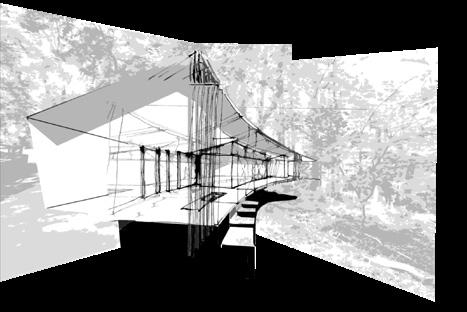
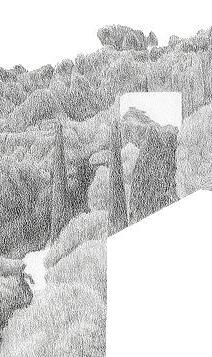

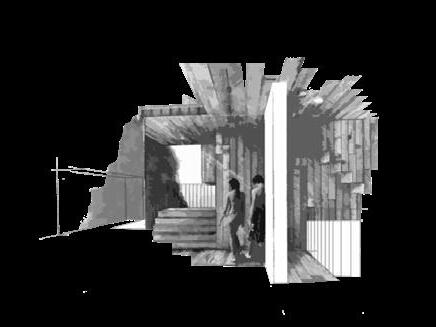

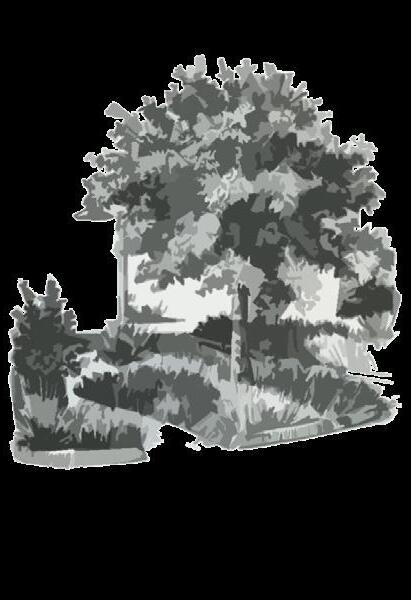
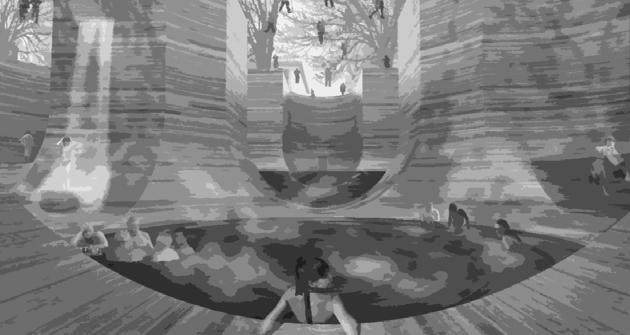
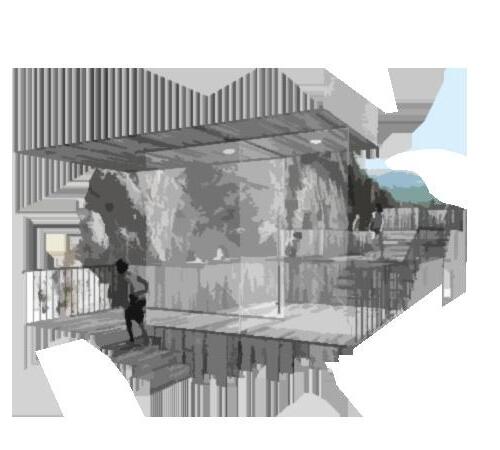
The house stretches from earth to sky. It possesses the verticality of the tower rising from the most earthely, watery depths, to the abode of a soul that believes in heaven. Such a house illustrates the verticality of the human being. It dramatizes the two poles of house dreams (Bachelard, P45-46, 1957)
Gaston Bachelard's "The Poetics of Space" offers a fascinating insight into the experience of dream space. He describes a dreamscape composed of three levels: the dark cellar, the bridging corridors, and the lightfilled attic. Through his detailed descriptions, Bachelard illustrates how this dreamscape represents a sensory experience that includes vertically overlapping levels where humans and nature meet on a blurred boundary.
Drawing inspiration from Bachelard's work, have defined the dreamscape as a unique sensory experience that can serve as a temporary escape for its users or as a permanent, community-centric dwelling in a dystopian context. This dreamscape represents a space where the boundaries between human and nature are blurred, and the vertical overlapping levels provide a sense of continuity and connection between the two. This concept is particularly relevant to the urban setting of Beirut, where social, economic, and political challenges have created a traumatic environment.
Verticality-Ascension-Emergence
‘ ’
DREAMSCAPES PART A THE EXPLORATIVE FANTASY
From the Cellar to the Attic: A Community-Centric Exploration & Ascension
Emergence in Rectilinear Volumes
Nature: Intruder in the Dreamscape
LANDSCAPES' MULTI-FUNCTIONAL LAYERS


Dreamscapes as Eco-Scapes

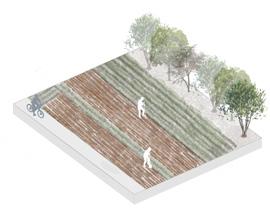
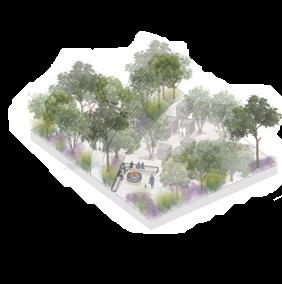

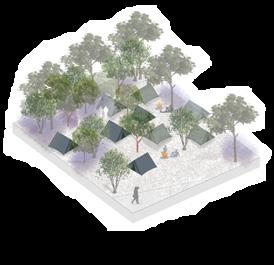

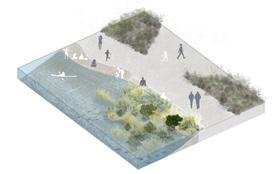

A walk through a forest is invigorating and healing due to the constant interaction of all sense modalities; Bachelard speaks of ‘the polyphony of the senses’. The eye collaborates with the body and the other senses. One’s sense of reality is strengthened and articulated by this constant interaction (Pallasmaa, P.41, 1996)
’
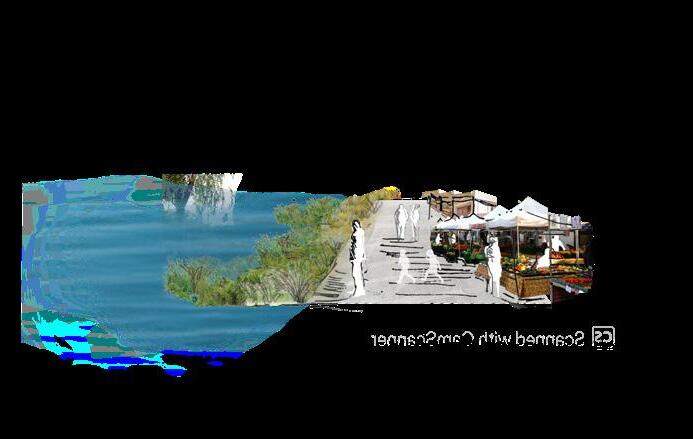

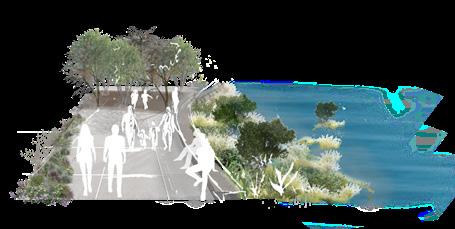


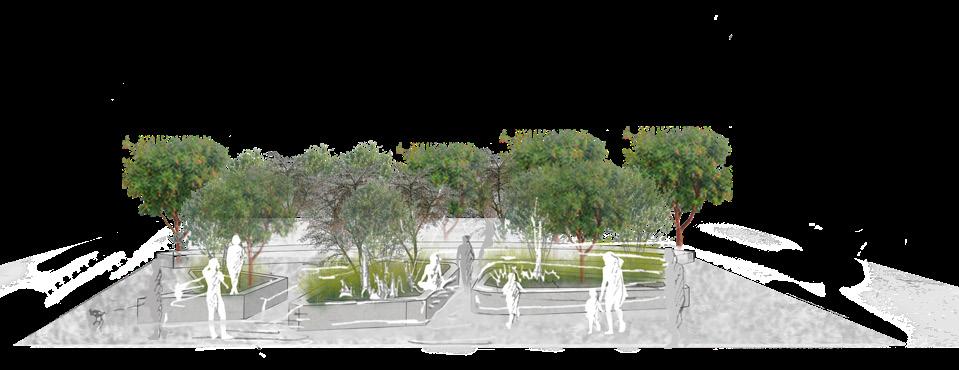


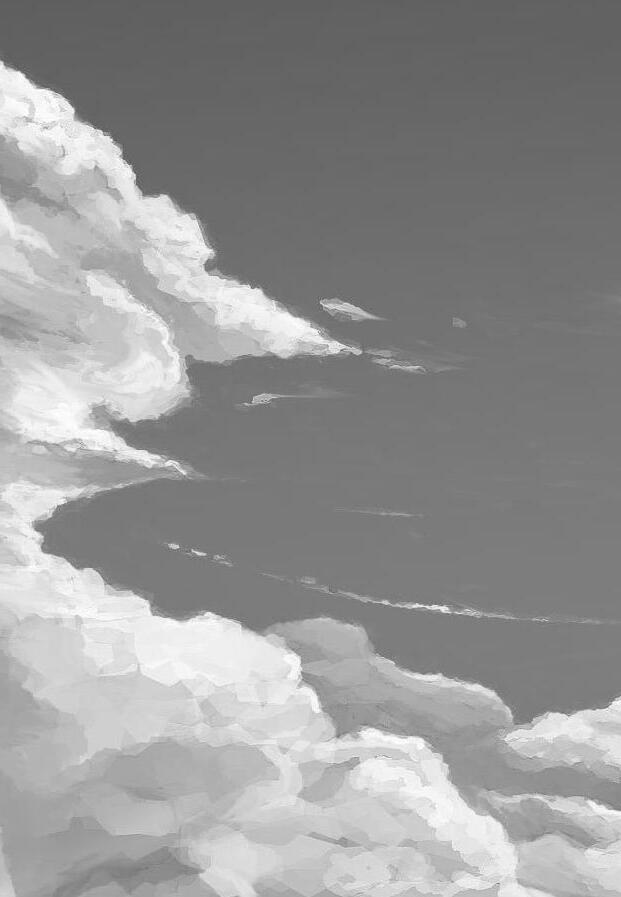
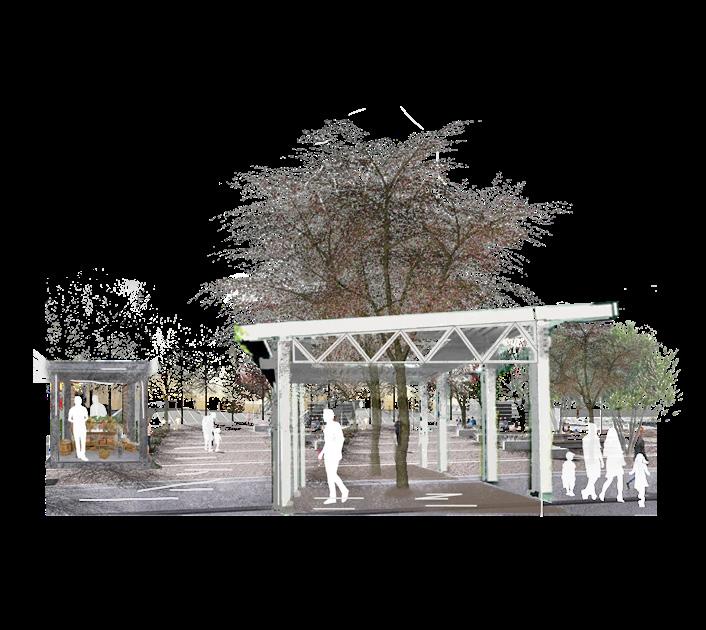
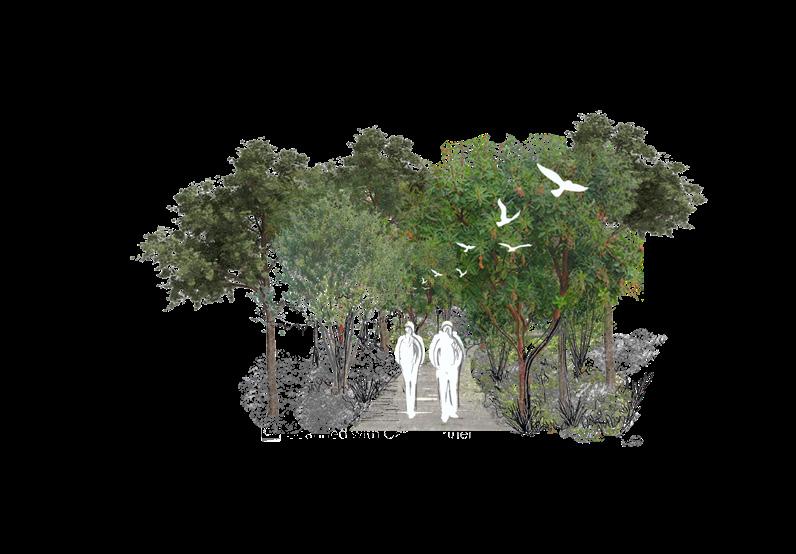
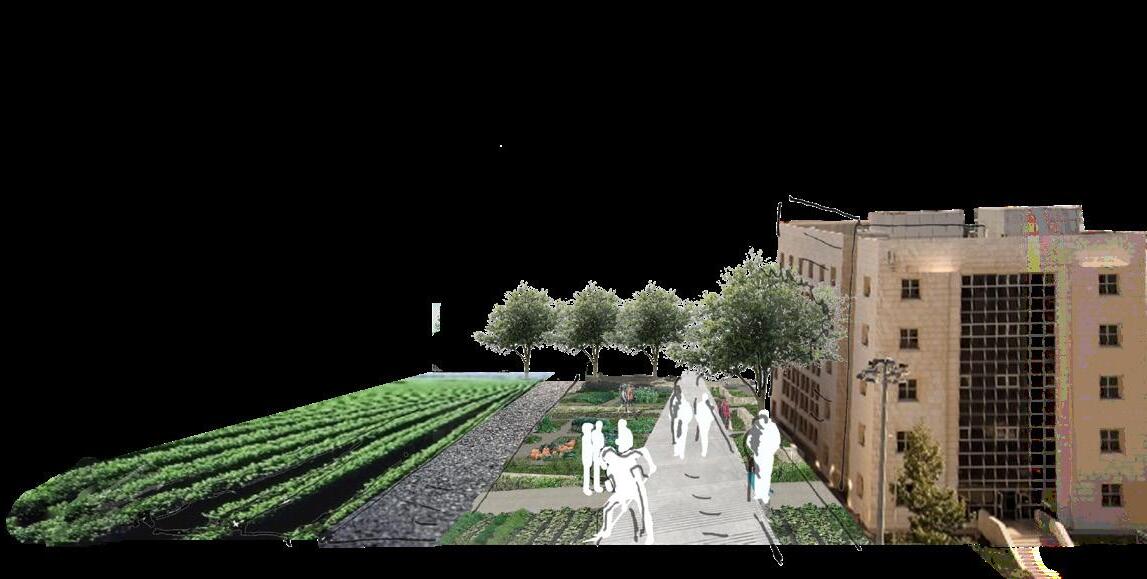
DREAMSCAPES PART A THE EXPLORATIVE FANTASY
Sensoria Productive Farming Shared Spaces Forests Social Ecological andsc a p e
‘
CONCEPTUAL COLLAGE & STRUCTURE

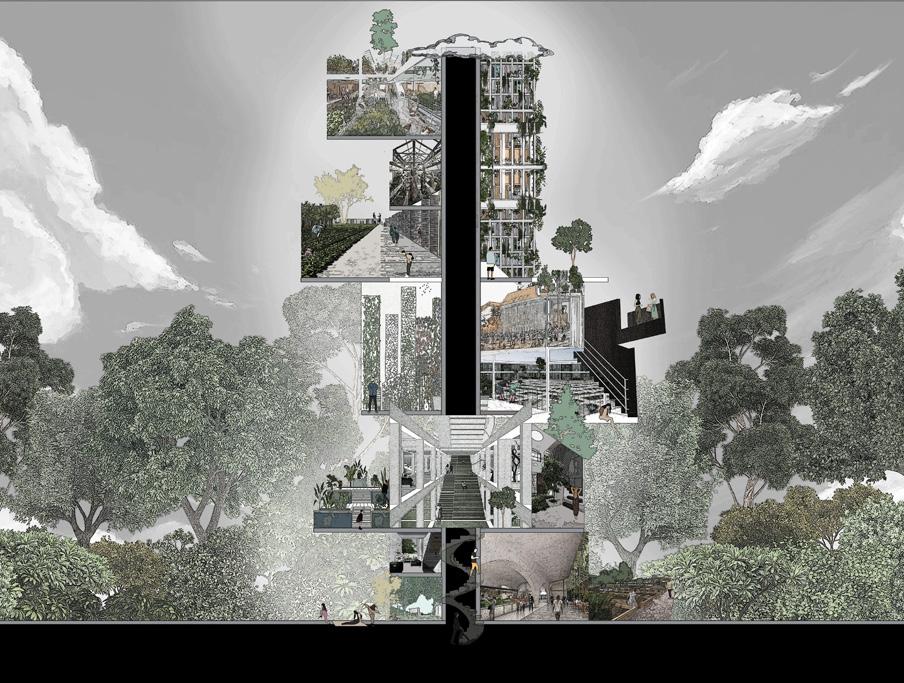

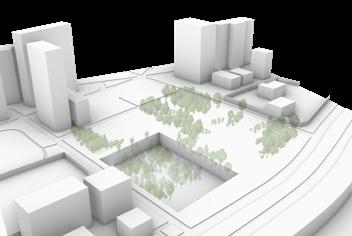



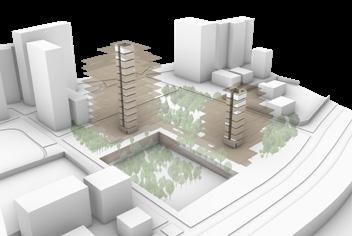





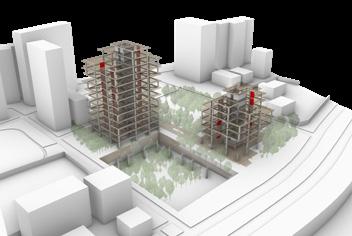

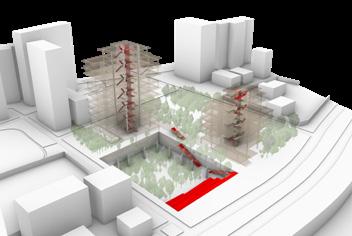

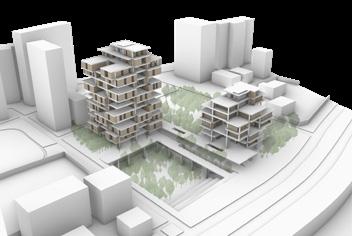

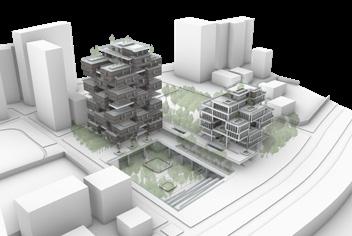
DREAMSCAPES PART B THE ARCHITECTURAL REALITY TYPE OF PROGRAMS PROGRAMS/COMPONENTS Miyawaki Forests Green Landscapes Social/Public Activities Spaces within Nature Urban Vertical Farming Mixed-Income Housing Economic Challenges CONTEXT INTERVENTIONS Environmental Challenges Ecological Spaces/Activities Anxiety & Stress Explorative Spaces/Activities Social Challenges Productive Spaces/Activities Social Spaces/Activities Site Columns Circulations Buildables Spaces Floor Plates Beams Walls Cores Shafts Facade Treatments,
the
Shared Areas Community Gardens
Planters & Greenery Programmatic Set Model I Structural Composition of
Eco-Scapes
The Green Space
The Living Space
STRATEGIES & OVERALL PLANNING











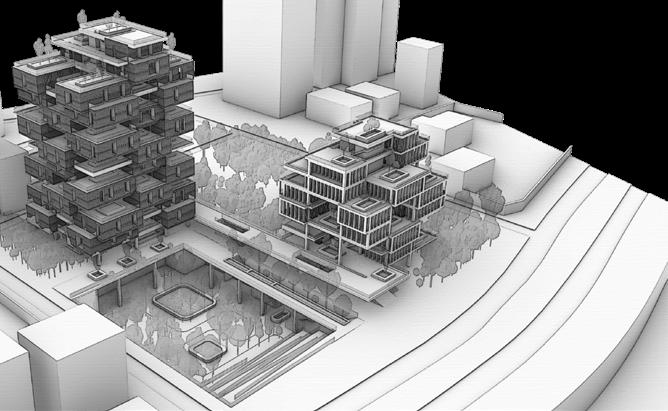
The project in part B remains firmly rooted in the complex urban context of Beirut, acknowledging its dystopian aspects while actively aiming to address them. Rather than solely indulging in utopian visions, the project integrates the dream narrative as a component within its architectural framework, recognizing the need for pragmatic solutions grounded in reality. The selected intervention site, a vacant plot nestled in the district of Ain El Mreisseh, holds strategic significance due to its prime location along the city's coastal area.
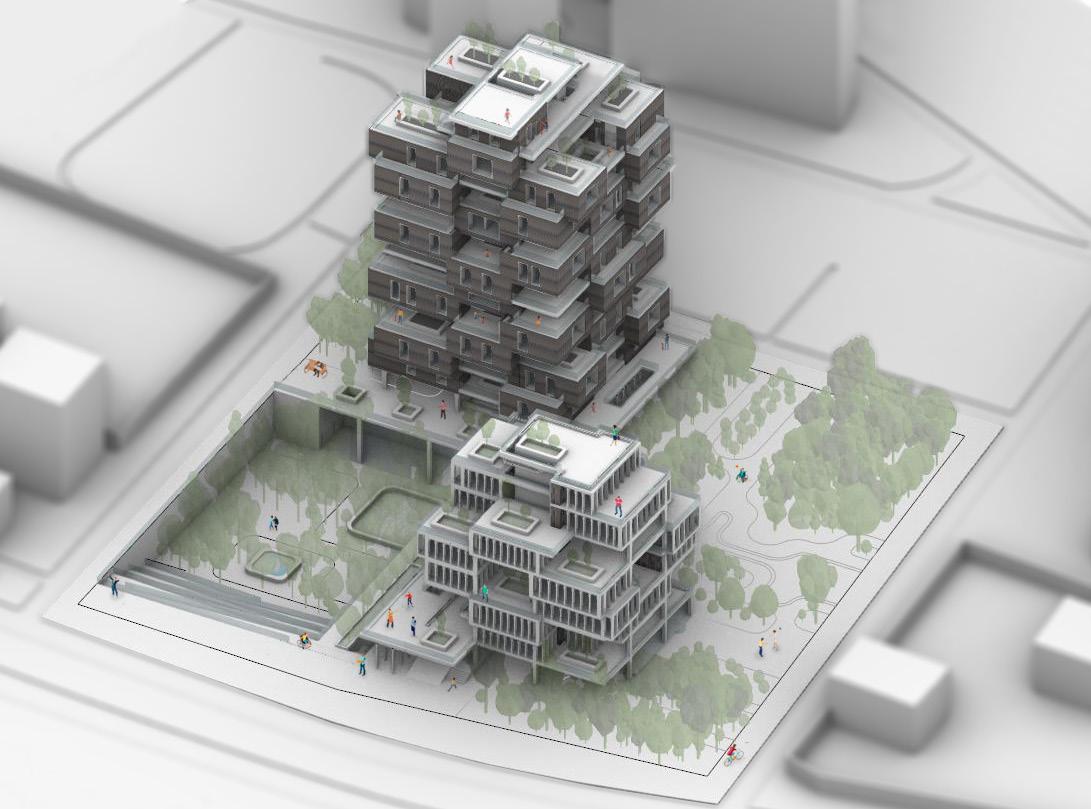






DREAMSCAPES PART B THE ARCHITECTURAL REALITY Circular Economy in the Eco-Scapes; Community-Centric & Sustainable Design Eco-Scapes Programmatic Core & Geometry Residential Units
Vertical Farming
Space Corniche Parking Source Source Production Consumption Re-Use Waste Production Consumption Upcycling and Reusing Recycling materials used in the construction Used as organic supplements in gardening Urban farming and agriculture in the city Agriculture curlture farmed Finished products or ingredients Replant the seeds in the gardens Home compost used as fertilizers Upcycling and Reusing 0 m 10 m
Miyawaki Forests
Communal
PLANS









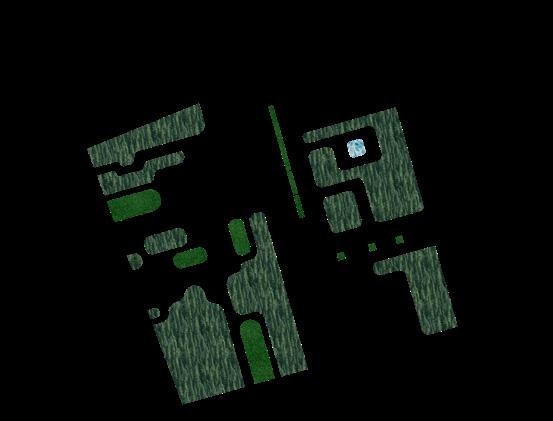























The number of levels in the building was made with the purpose of preventing the structure from casting a shadow on the public space of the corniche. The housing units were designed to have more levels than the farming units, catering to the requirements of apartment residents, while also providing shade for the neighboring building which face the strong southern sun. The residential tower is comprised of shifting units that allow for open spaces to be incorporated, while also catering to the varying needs and preferences of its residents. The buildings' design integrates the existing landscape and socially activates the previously abandoned ground level, creating a cohesive and harmonious environment.

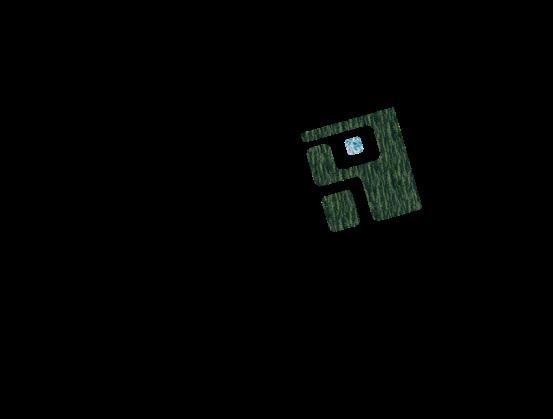

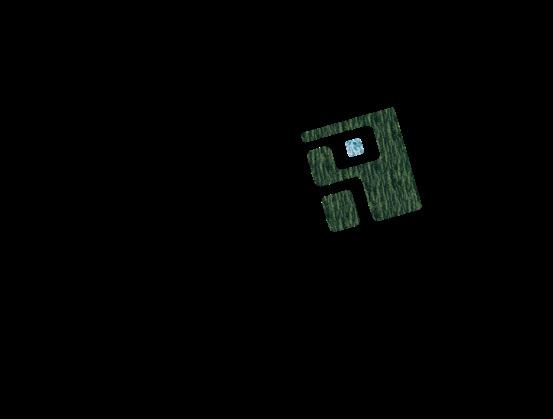


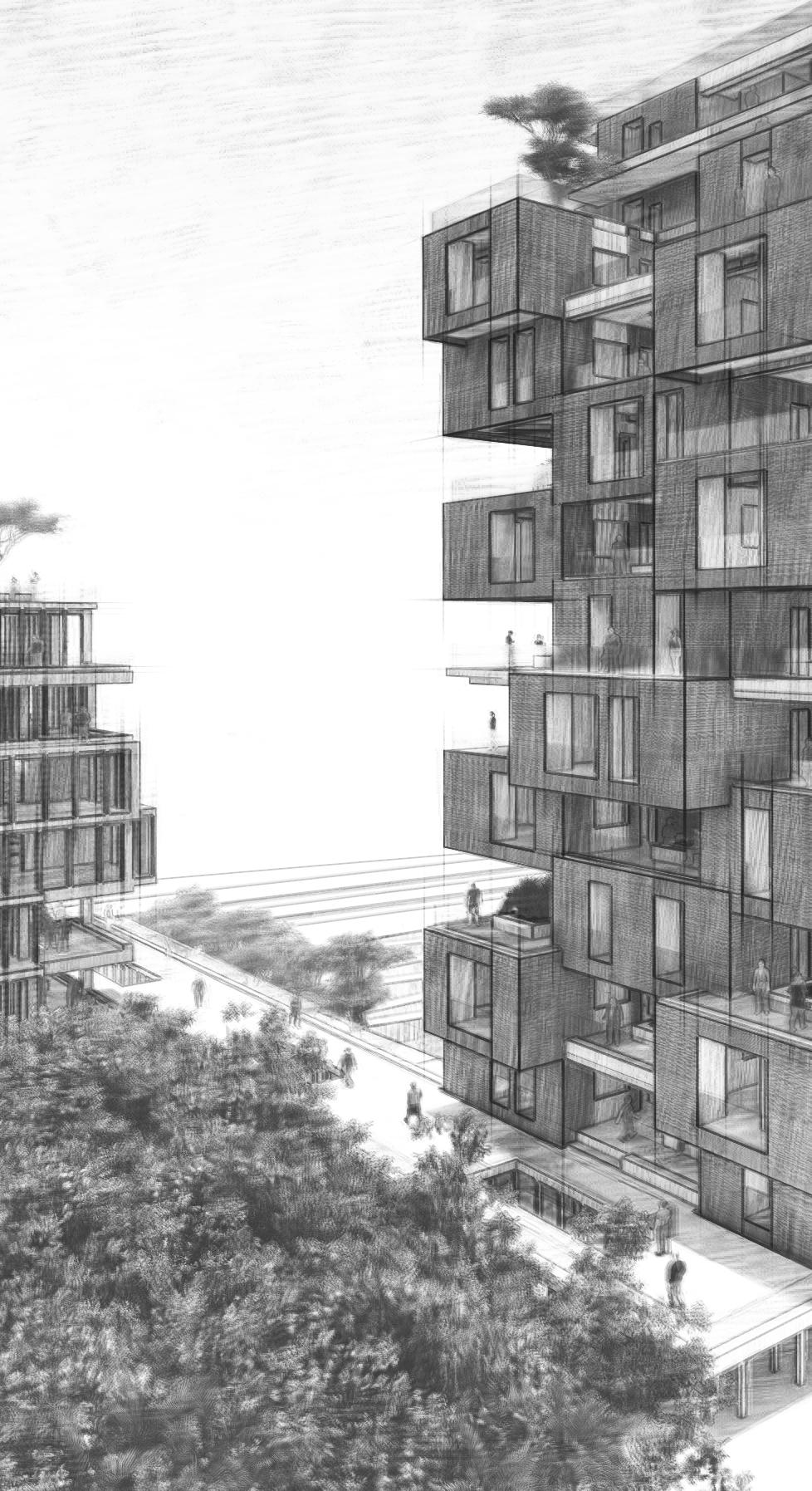

DREAMSCAPES PART B THE ARCHITECTURAL REALITY +13.5 +14.1 +14.7 +7.5m +18.8m EDL EDL +11.3 +10.9 +7.5m WaterCollectionwithTank WaterTanks WaterTanks TechnicalRoom +7.5 +7.5m Ground Floor Plan Parking Level -1 Plan Parking Level -2 Plan Parking Level -3 Plan First Floor Plan 0 m 20 m Core-Elevators 5 4 3 1 2
UNITS' CONFIGURATIONS



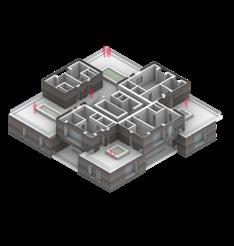

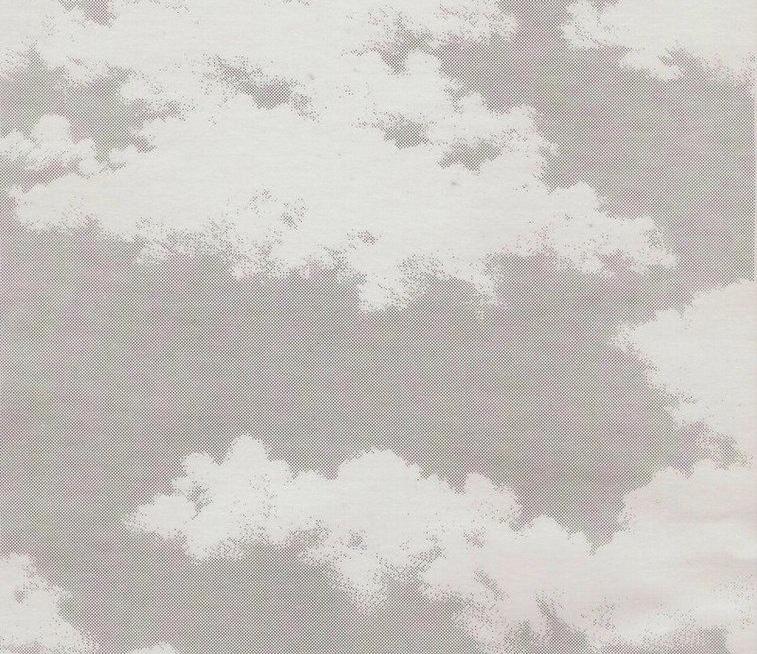




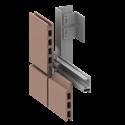
The

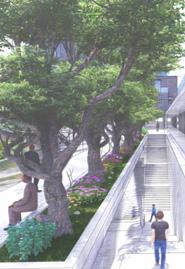
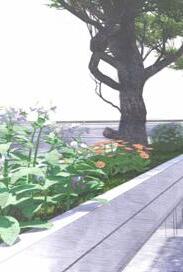
Moments within the Eco-Scapes









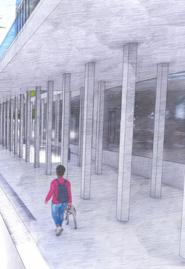

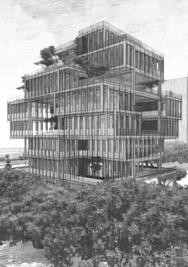

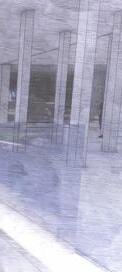















Module 3' Module 8' Module 5' Module 6 Module 5 Module 6' Module 3' Module 8' Mod Module 4 Module 4' Module 1 Module 1 Module 2' Module 2 Module 2 Module 3' Module 6 Module 4 Module 1 Module 2 DREAMSCAPES PART B THE ARCHITECTURAL REALITY
Configuration 1 Configuration 2 Configuration 3 Configuration 4 Housing Modules Configurations & Section
Aluminium Item Bracket Terracota Cladding Panel
not
away from Bei-
dystopian context but tries to work on its issues in an attempt to address them. The dream becomes part of its architecture. The selected site for intervention is a vacant land in Ain El Mreisseh, along the city's coast.
project does
steer
rut's
public spaces
the corniche
dis-
staggering levels.
residential tower
shifting units, for open spaces and flexibility. Additionnal-
the programs ac-
integrate with the ground level.
The project's design prevents overshadowing the
of
by
tinct
The
features
ly,
tivate and
HIGH-BRID
Bridging Urban Living & Natural Connectivity
American University of Beirut
AUB-Fall 2020
'High-Brid' is a mixed-use development project that merges offices and residential apartments into two distinctive yet cohesive towers. The intertwining structure resulting from the design fosters interaction and communitybuilding, creating a harmonious and intimate living and working environment. A distinguishing feature of the project is the main bridge that connects the towers to the nearby Charles Helou park, enabling residents and workers to access its amenities effortlessly. The park is a distinctive green and social space that focuses on the hemp plant, known for its various health benefits, ecological and commercial advantages. Its recreational and educational functions are deliberately designed to complement the High-Brid complex, acting as a natural and beneficial "extension." An art gallery within the towers' ground level further enhances the experience, providing cultural enrichment and showcasing local artists' craft.
The 'High-Brid' project exemplifies an innovative approach to urban planning and architectural design that prioritizes sustainability, communal living, and environmental growth.

 Synopsis
Mixed-Use Development Project + Park Design Beirut, Lebanon
Architectural and Urban Design
Cad, Rhino, Grasshopper, Lumion, Adobe Suite
Synopsis
Mixed-Use Development Project + Park Design Beirut, Lebanon
Architectural and Urban Design
Cad, Rhino, Grasshopper, Lumion, Adobe Suite
THE HIGH-BRID PARK
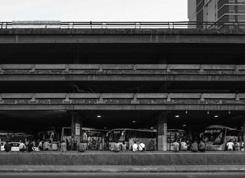

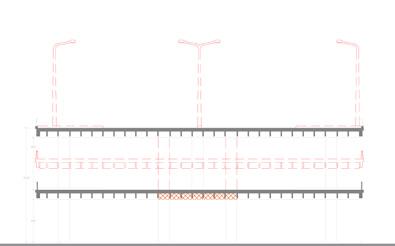






The Charles Helou Station was redesigned to boast an innovative park design centered around the cultivation and commercialization of hemp plants. The park's location required some adjustments which included the relocatation of the highway to the lower level where unused parking space previously existed. To create a cohesive design that integrated with the urban fabric and surrounding environment, various strategies were implemented. As part of these strategies, the shadows cast by nearby buildings over the park were examined throughout the year to determine how best to allocate functions within the market space. This analysis helped to identify areas that would receive the optimal amount of direct sunlight, which is essential for the growth and development of the hemp plants
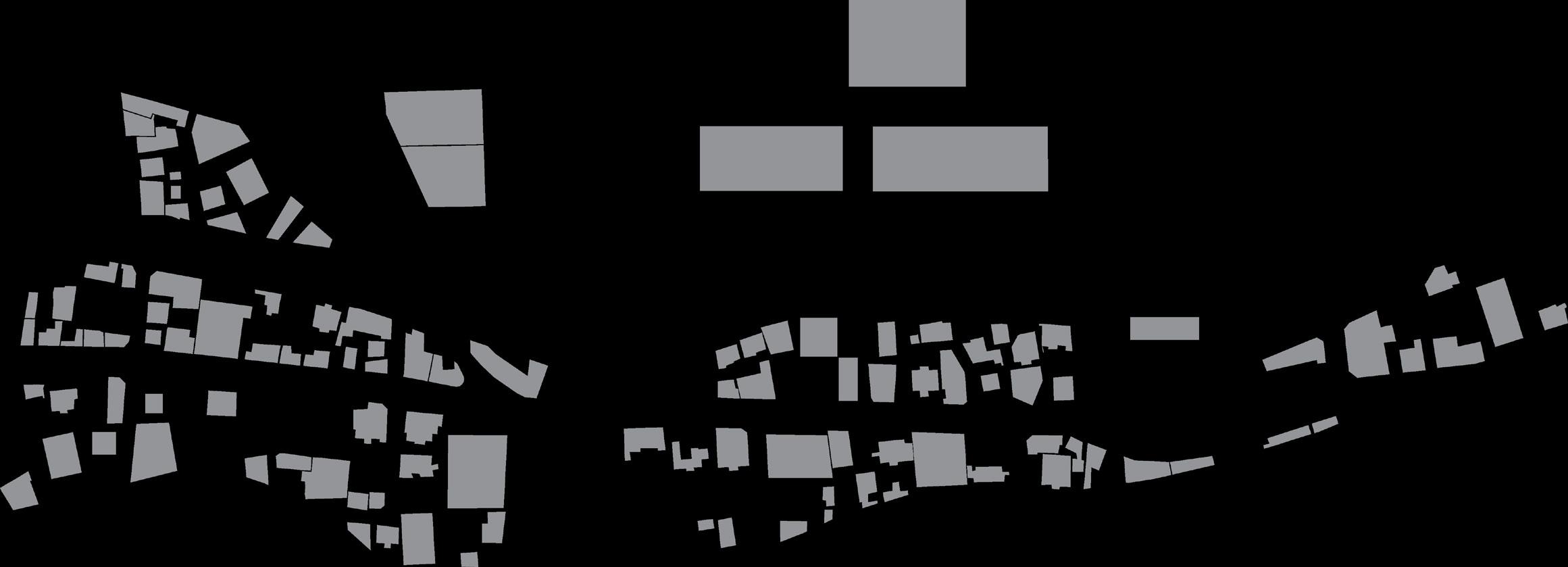

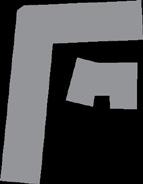
HIGH-BRID PARK & MARKET
Al Arz Street Pasteur Street 0 m 0 m
BerberiStreet
Relocation of the Charles Helou Highway
Before and After Park Integration Overlay of Casted Shadows on the Bridge Simplification of the Geometries
Design of the High-Brid Park, based on the Hemp Plant's Cultivation & Commercialization
High-Brid Park & Market
Cycling Lanes Hemp Cultivation Resting Area Circulation Areas Markets
High-Brid Towers
CONCEPTUAL & FUNCTIONAL MASSING
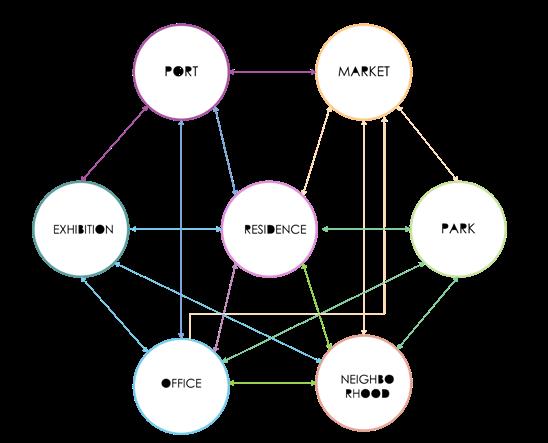


Design of the High-Brid Park, based on the Hemp Plant's Cultivation
'High-brid' as a mixed-use development project, seamlessly integrates offices and residential appartments which meeting point foster communal activities, enjoyed by both residents and workers. The design of the 'hugging towers' features a central bridge that connects to the Charles Helou park, extending into the ground as an art gallery.
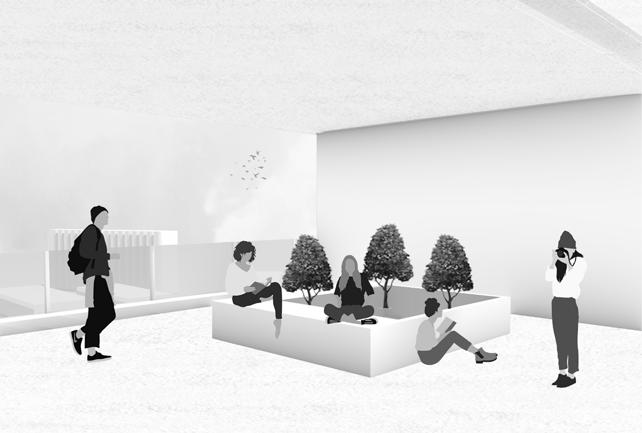
High-Brid Towers Functional Diagrams: Residential, Communal & Office Spaces
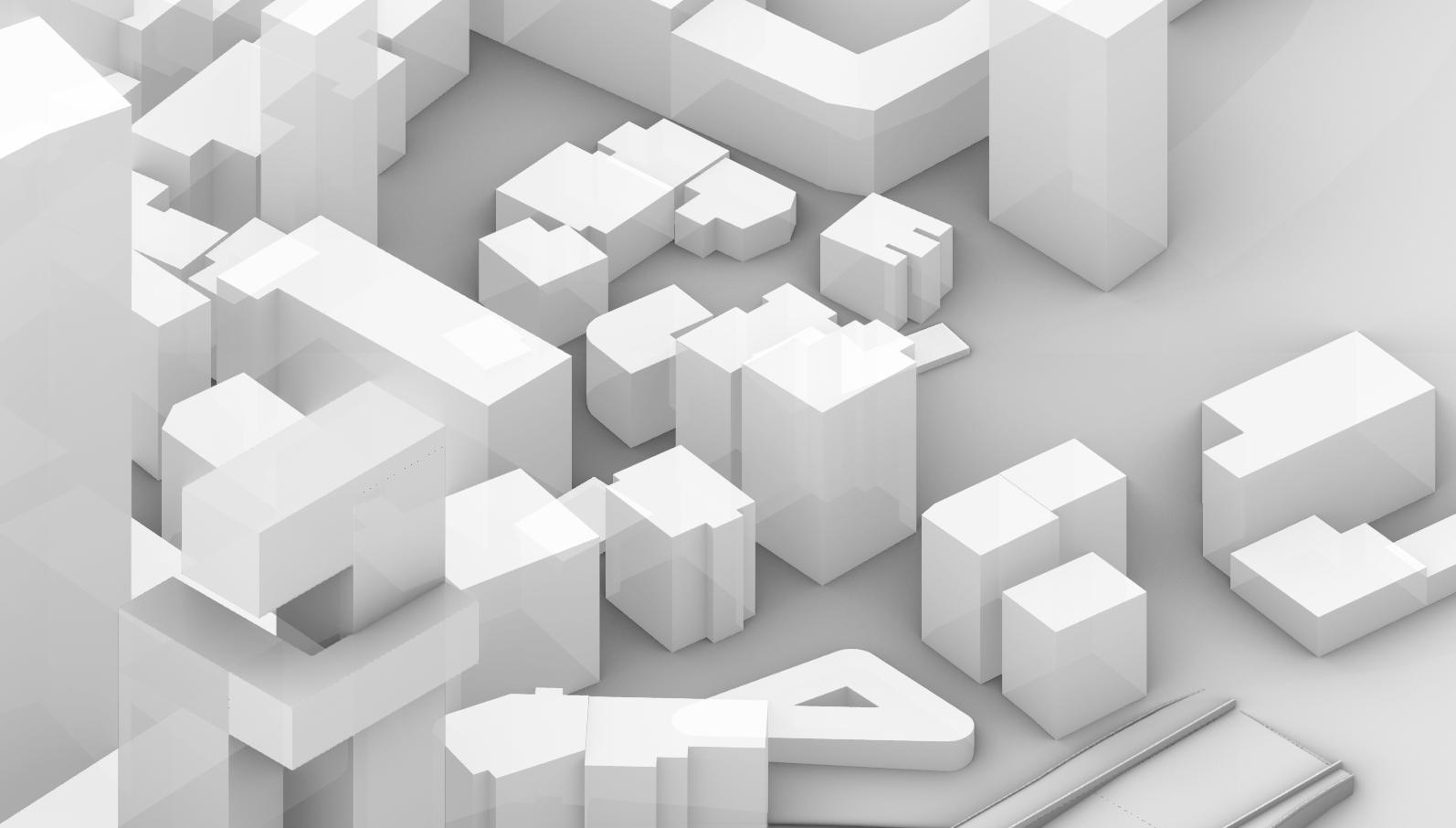
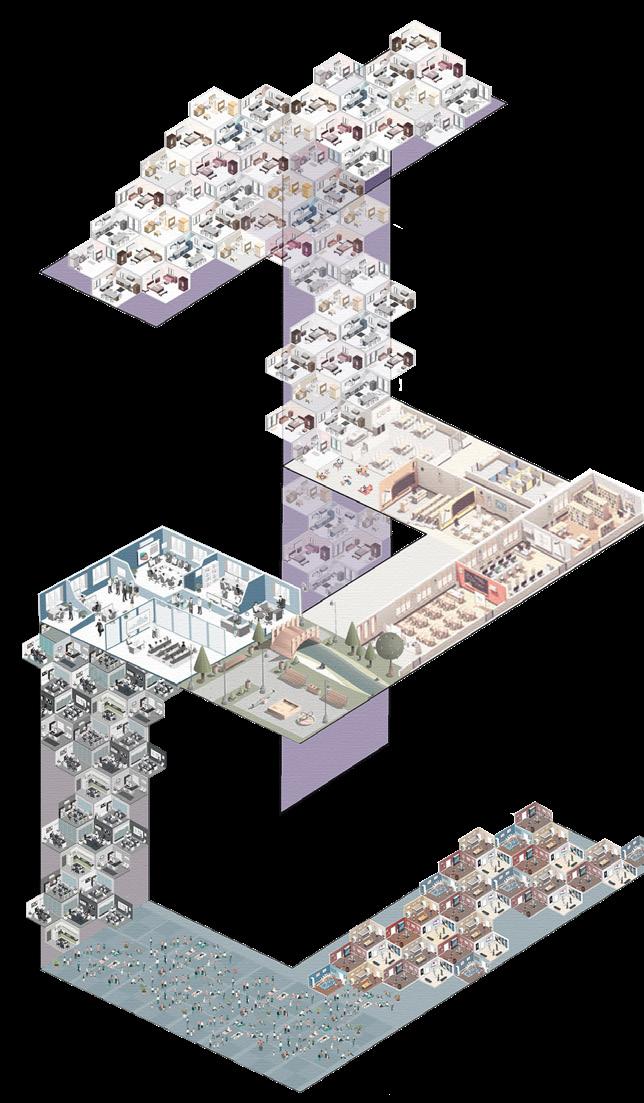

HIGH-BRID RESIDENTIAL & OFFICE TOWERS
Residential Tower Art Gallery & Open Spaces Office Tower Communal Spaces
Exhibition Residence Office Community Park Social Space Port
PLANS, STRUCTURE & DETAILS










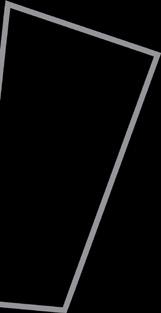









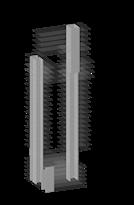
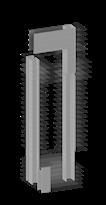

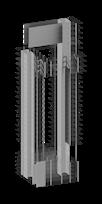

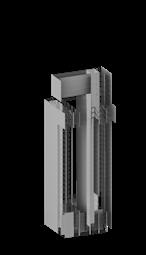



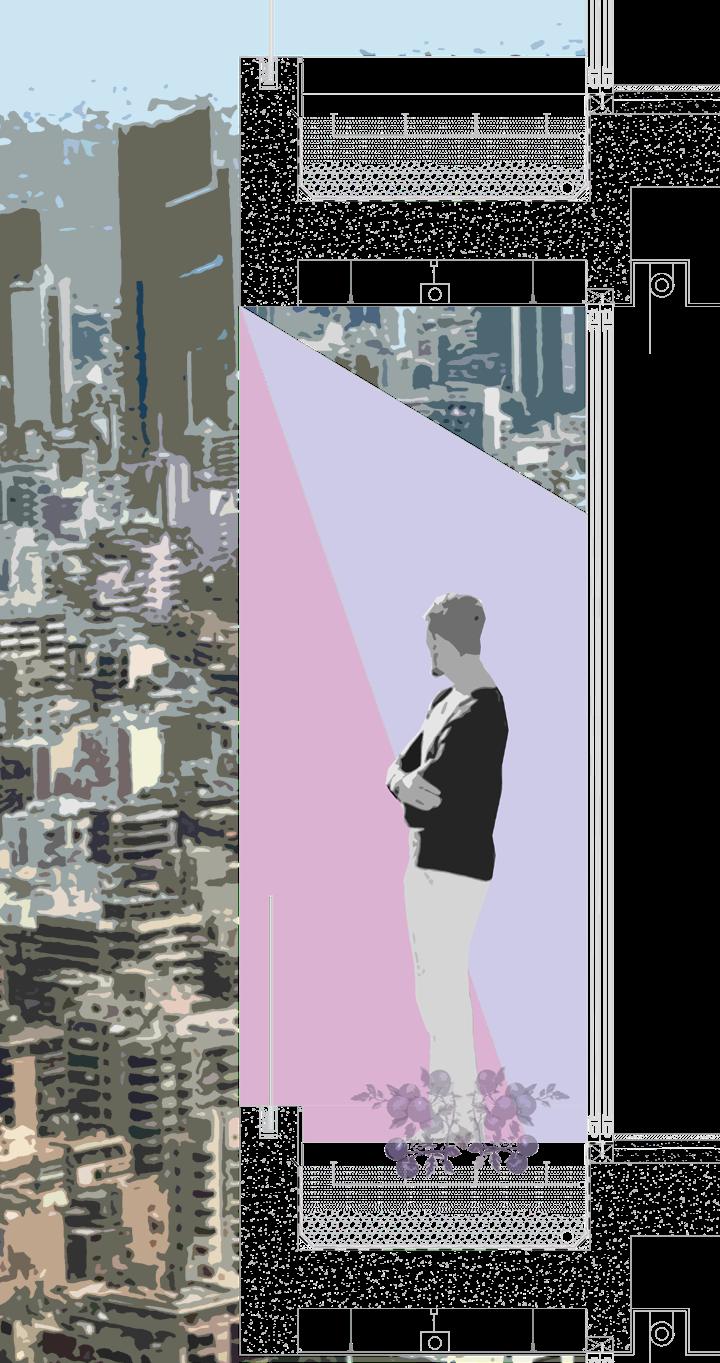

HIGH-BRID RESIDENTIAL & OFFICE TOWERS Pasteur Street Charles Helou Station/Park Outdoor Space of the gallery -12m -4m -4m +0 -5.7m -12m +1.5m -4m -4m +0.58m +0.15 +0.15 6.2 Charles Helou Station/Park -12 Parking Level -1 Plan Site Plan depicting the High-Brid Towers connected to the Park I Towers Structural Composition Residential Tower South Facade Detail Communal Level 1 Plan Parking Level -2 Plan Typical Residential Studios Plan Typical Floor Plan Floor Plates Cantiliver-Shear Walls Shell-Shear Walls Foundations-Pier & Beams Columns Truss System 0 m 0 m Art Gallery Plan
TOWERS' FACADE CONFIGURATIONS


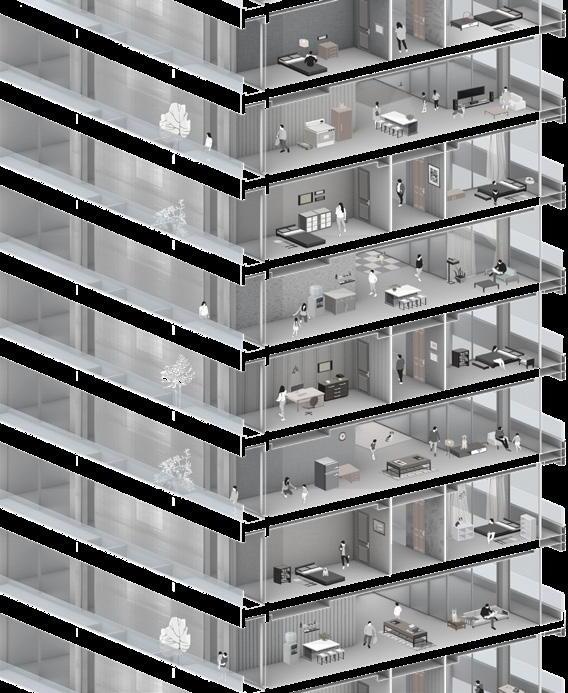

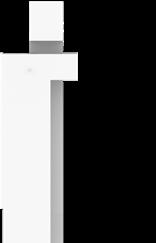
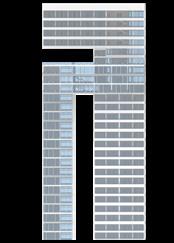
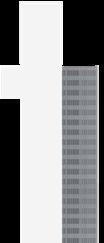
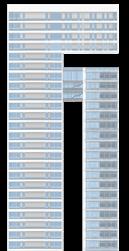





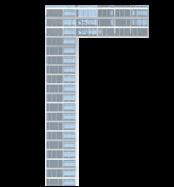
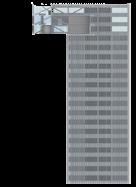
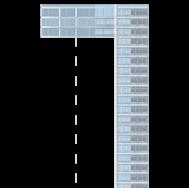

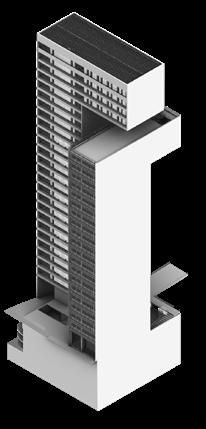
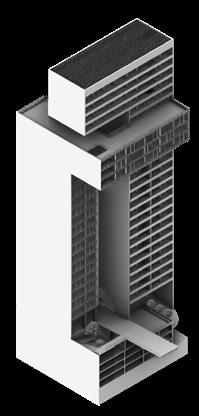
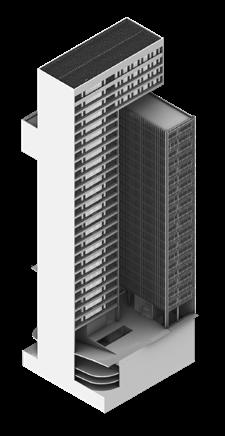




The residential and office towers that connect at the communal levels feature different facade configurations and materials. The office tower predominantly consists of glass panels to maximize light access and promote productivity. In contrast, the residential tower boasts a white concrete and hemp cladding construction to achieve a distinct visual identity while remaining harmonious and cohesive with the overall design aesthetic. The choice of hemp cladding reflects the High-Brid concept of sustainability, with its eco-friendly benefits helping to enhance residential wall insulation and reduce the carbon footprint. The residential tower's extended balconies provide a horizontal perspective, whereas the offices' glass facades achieve more of a vertical reading thanks the continuity of the mullions. Notably, the white concrete facades of both towers at the project's east and west plot limits were devoid of windows.
HIGH-BRID RESIDENTIAL & OFFICE TOWERS
East North West South
Hemp Cladding White Concrete Steel for Beams
Double Glazing
South Facade Treatment I Interior & Exterior Residential Configurations
NE SE SW NW
Facade Deconstruction I Materiality
SECTION THROUGH THE RESIDENTIAL TOWER

HIGH-BRID RESIDENTIAL & OFFICE TOWERS 0 m 0 m Residential Tower Office Tower
Communal Spaces
Mar Mikhael Neighborhood
Beirut
High-Brid Hemp Park
Port
SITE SECTION THOUGHOUT THE PARK

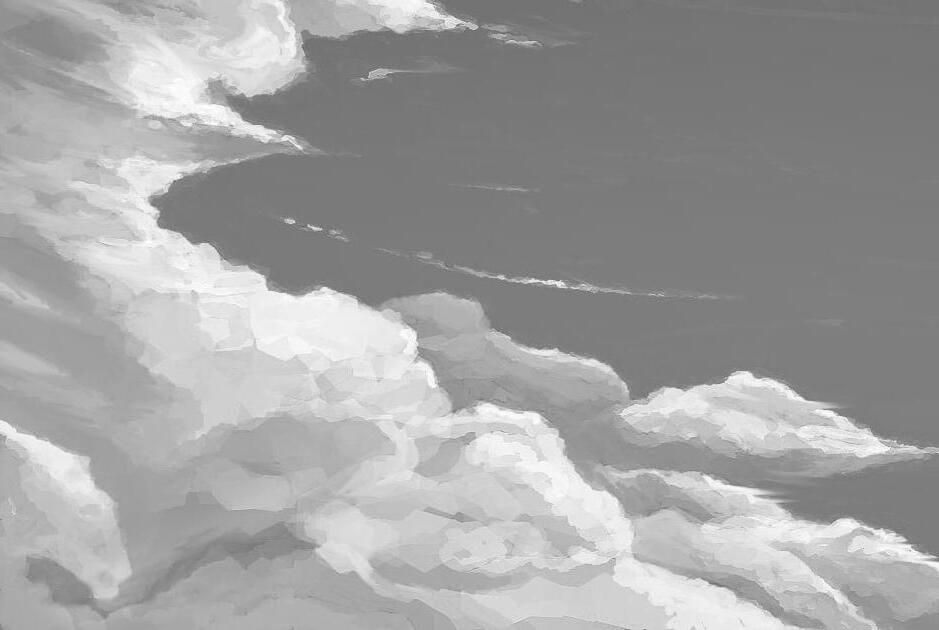

HIGH-BRID RESIDENTIAL & OFFICE TOWERS
Mar Mikhael Neighborhood
 High-Brid Towers
Hemp Park
Charles Helou Highway
High-Brid Towers
Hemp Park
Charles Helou Highway
WATER FLOW
Spatial Translation of Molecules
American University of Beirut
AUB-Spring 2019
Synopsis
The 'Water Flow' project designs an extension of the Biology library's existing stacks within the American University of Beirut (AUB). The primary objective of the project is to create a sensory reading space supported by an exhibition/social area. As part of the distinctive features of the project, a rigorous understanding and rethinking of library storage spaces have been incorporated into the design. The design draws inspiration from the various states of water, dictating the building's topology. Using water as a conceptual framework has enabled the project to integrate seamlessly with its context and landscape while establishing a strong conceptual connection with the older stacks. This project seeks to welcome all students, enabling them to experience the spaces differently through distinct morphological transitions. The deliberate shift from orthogonal to curved edges, reminiscent of the flow of water, strengthens the dynamic and engaging characteristics of the overall design. These spatial transitions encourage exploration and discovery, enhancing the user experience and fostering a sense of curiosity and interest within the library.
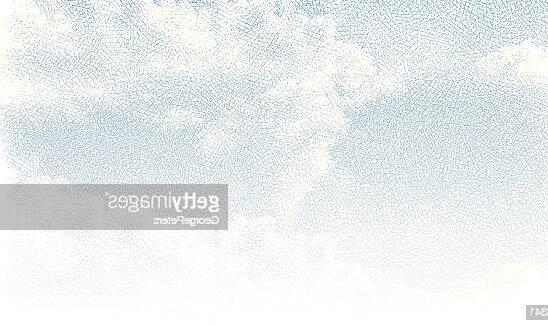

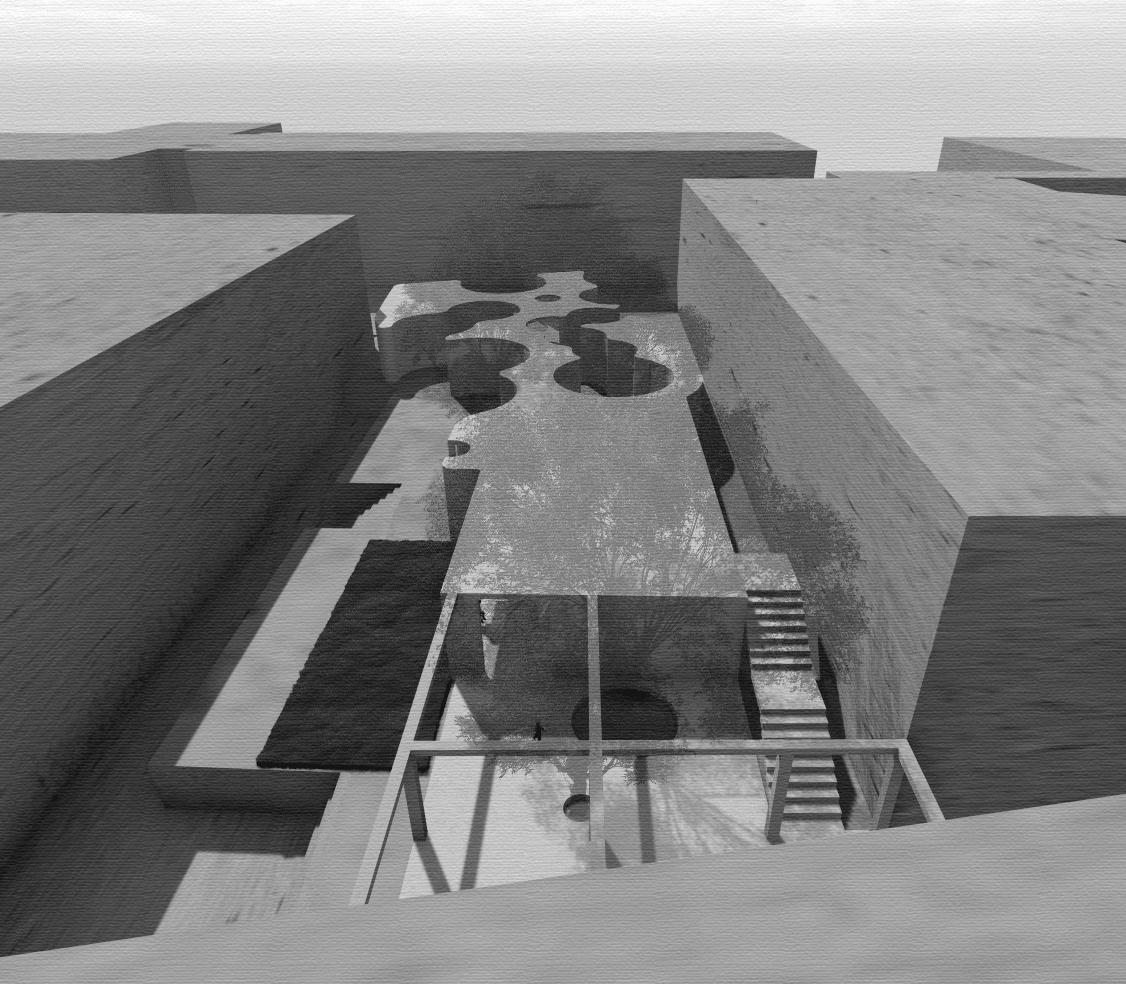
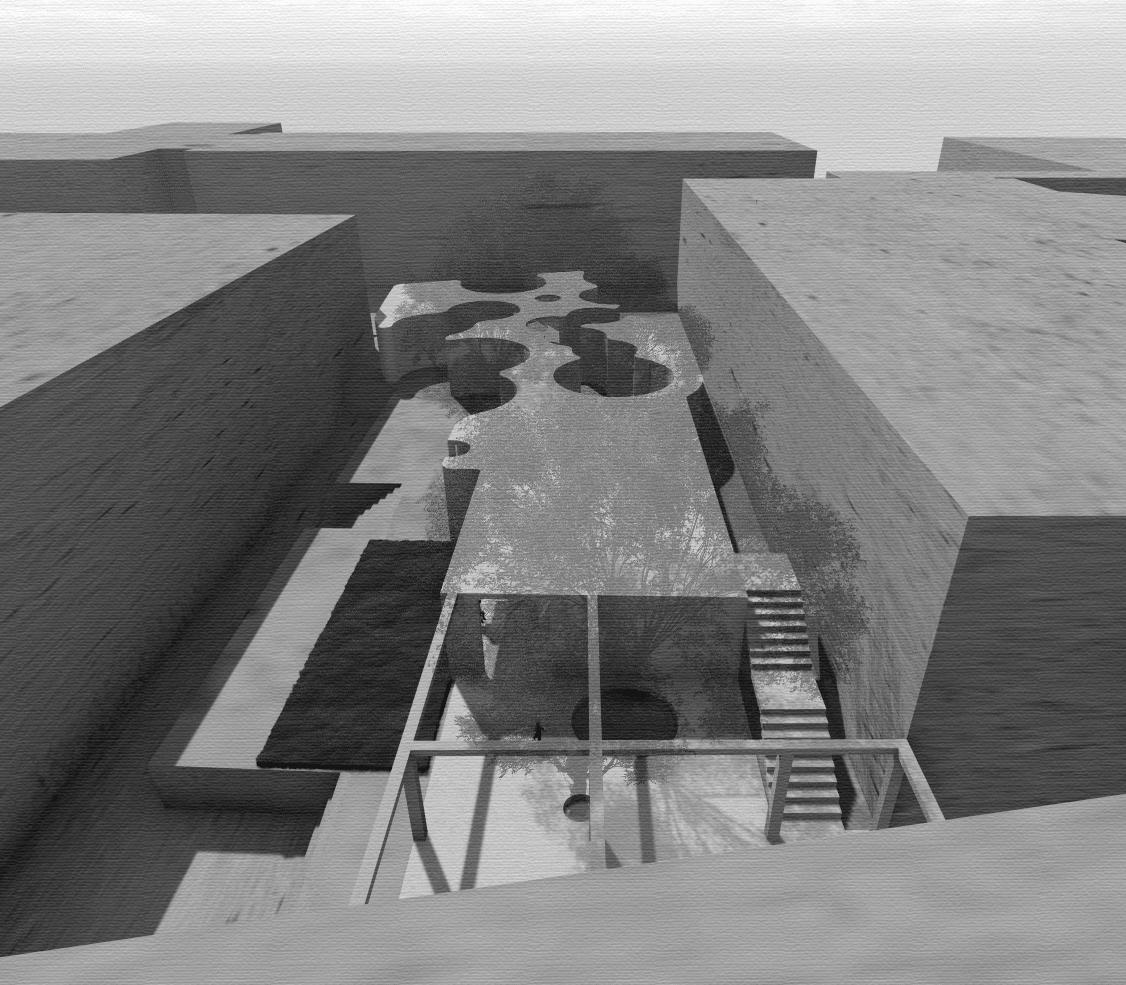
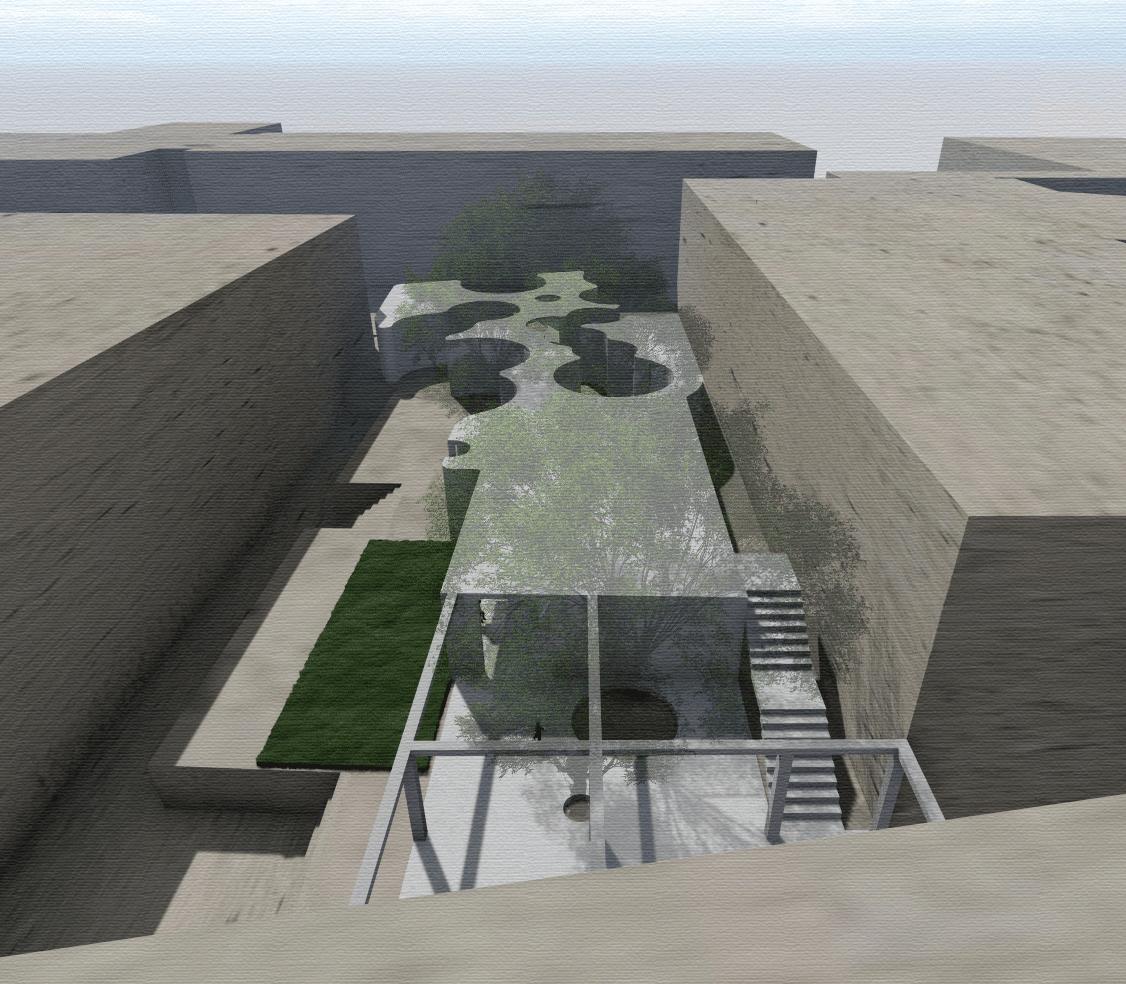
University
Beirut, Lebanon Architectural Design Cad, Rhino, Lumion, Adobe Suite
Library
FROM WATER TO ARCHITECTURE-PROCESS
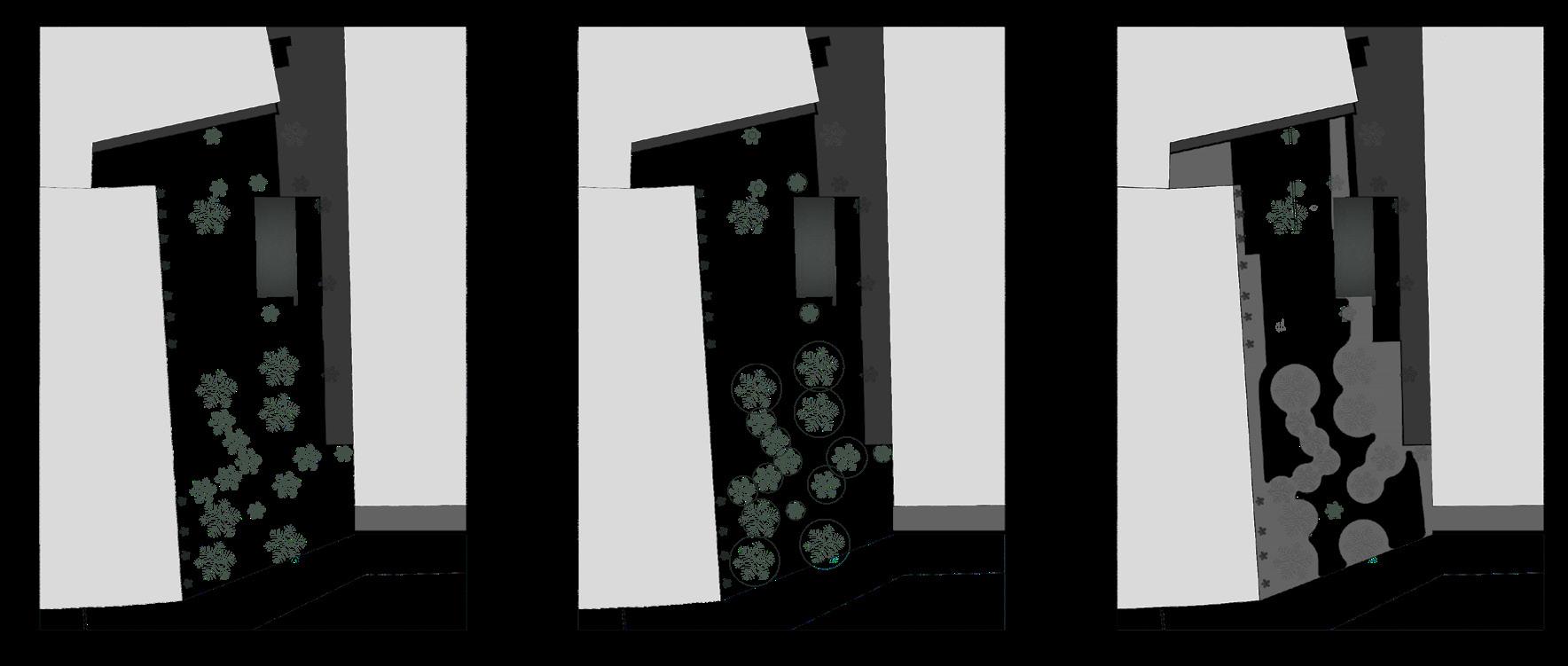
Design Process based on the Site's Landscape & Hardscape
The unique physical properties of the H2O molecule served as the core inspiration for the design, allowing for exploration of various shapes and forms. The project sought to represent the three different states of water, namely liquid, solid, and gas, in distinct and individual ways. The gas state was represented by open 'folly' structures, which created a performance space, providing a blend of indoor and outdoor experiences for visitors. The solid compact space was designed as the protective shell of the stacks, forming the heart of the building. The reading spaces depicted the liquid state, with water assuming spatially 'the shape of the container' around the existing trees on the site. The latter played a significant role in the design process, as their diameters and space requirements were carefully considered in the planning of the library extension. An unbuilt space was intentionally established around them to ensure their preservation and growth.

Site Integration I Resulting Design
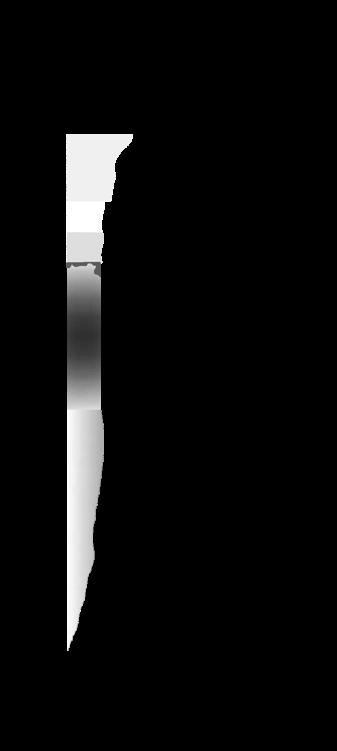

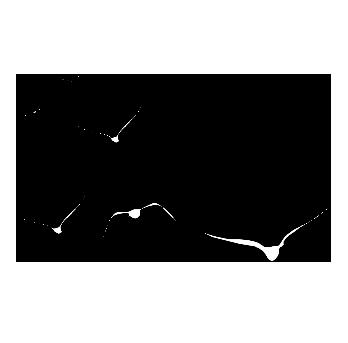
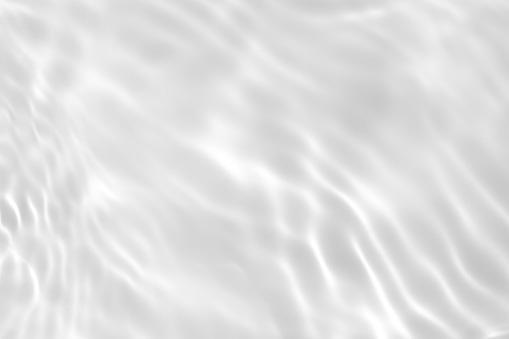
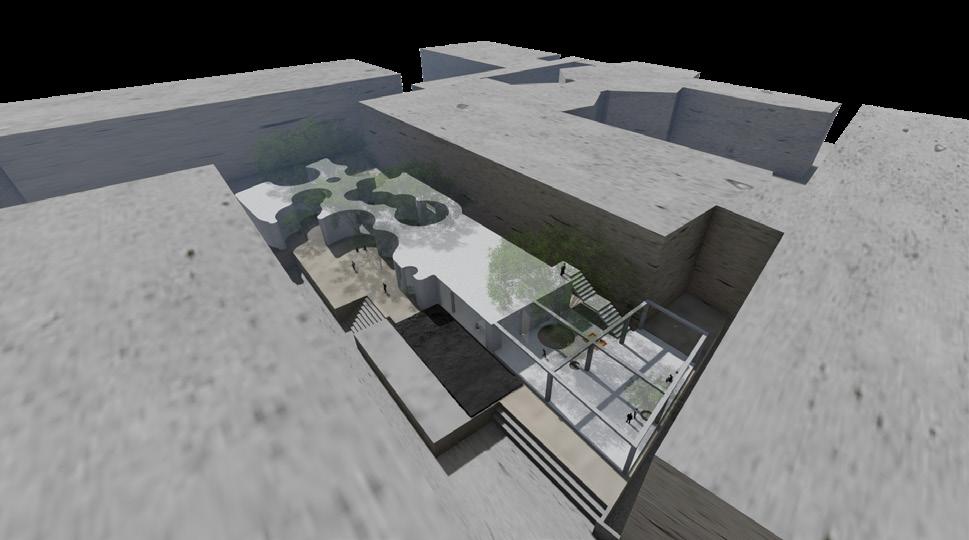
WATER FLOW SPATIAL TRANSLATION OF MOLECULES
Selected Site Circular Spacing around Trees Building Formation a a a 5a a: Tree's Tronc 4.5a 4a
LIBRARY PLAN & MODEL
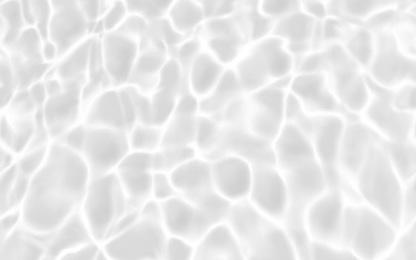

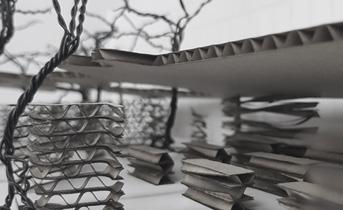
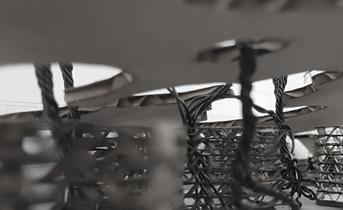

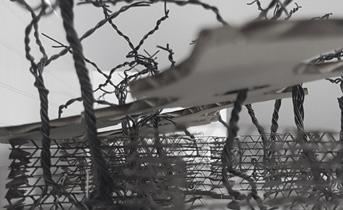
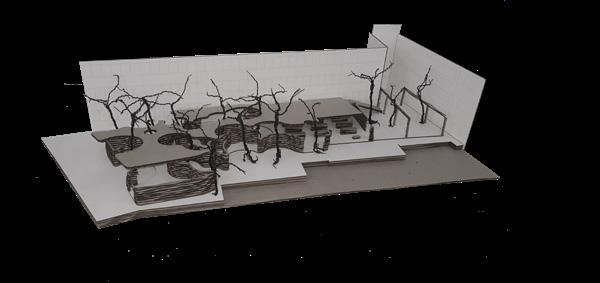
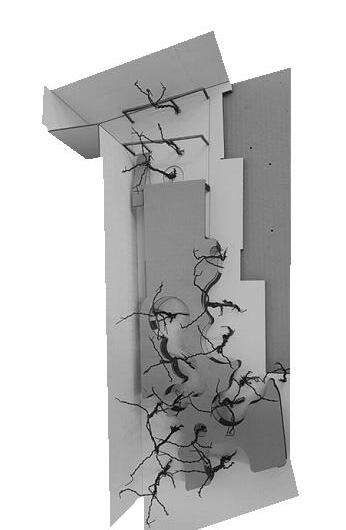
The concept of 'Water Flow' represents the various states of the H2O molecule, including gas, solid, and liquid, as previously mentionned. The steel fooli structures symbolize the gas state, creating an open space that can accommodate performances and seating arrangements, and adapt to the users' needs. Moving further into the library, we encounter the solid space where the stacks are located. Here, the design becomes more compact and streamlined, with white concrete walls and glazed facades creating a visually striking connection with the surroundings. Once a book has been selected, visitors are able to delve into the liquid area, where the walls take on an organic pattern that flows around the existing trees. This area is designed to create a sense of tranquility and calm, providing visitors with an organic space to relax and reflect. There are no restrictions on where they can read, and they are free to explore both indoor and outdoor spaces as they please.
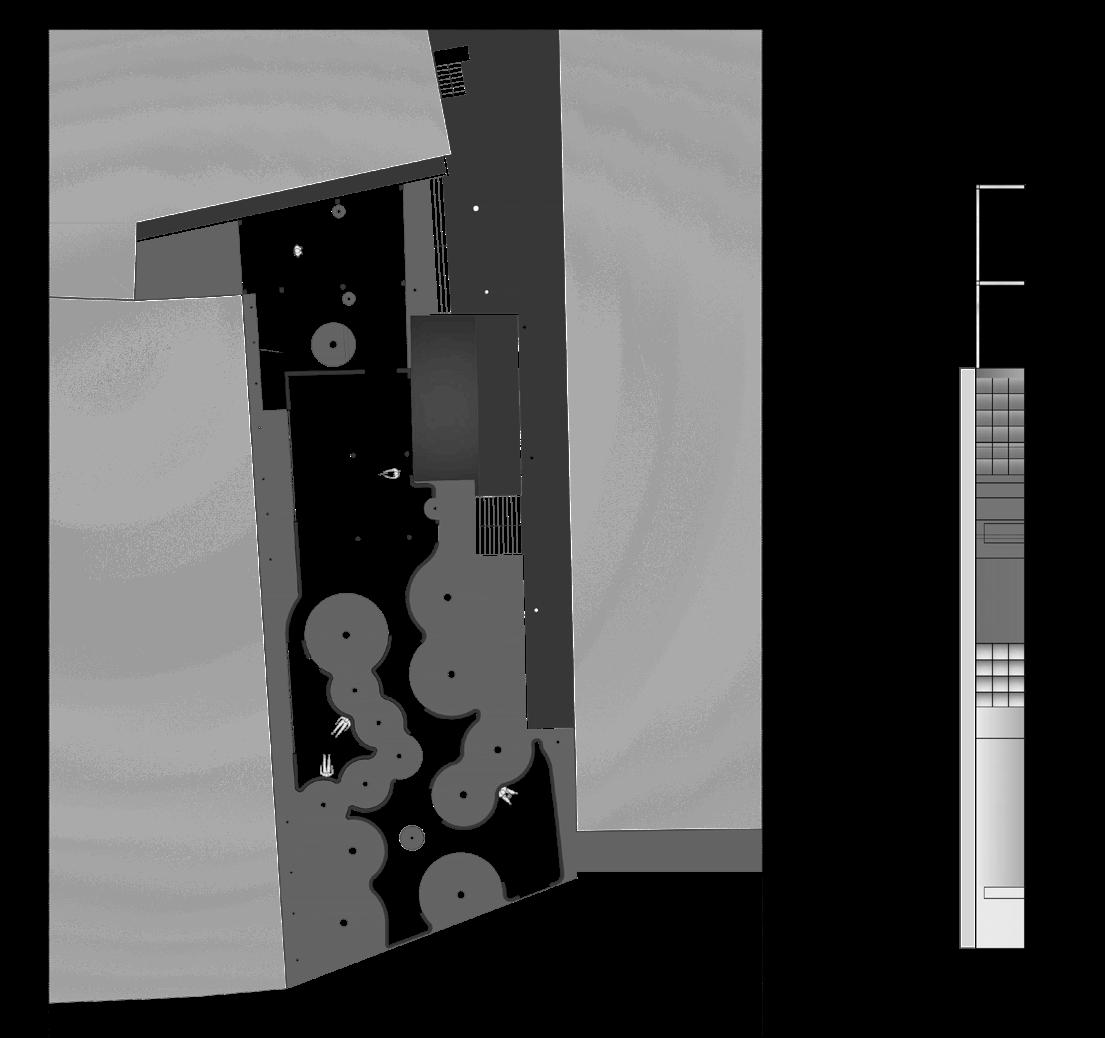
WATER FLOW SPATIAL TRANSLATION OF MOLECULES
Plan East Elevation
Liquefaction
Solidification
Concrete Concrete Glass Steel 0 m 20 m
Evaporation


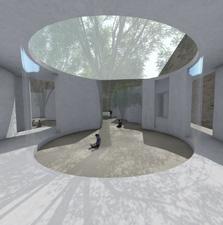
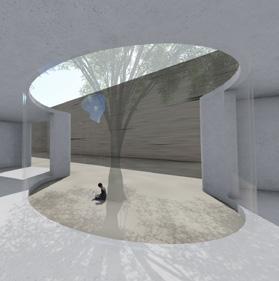

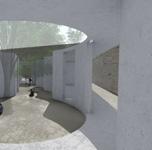
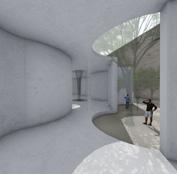
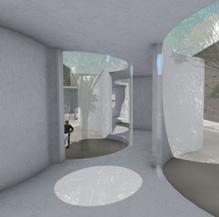
REVIVING CHEKKA
A Remedial Connectivity Initiative
With landscape architect Tima Farhat
American University of Beirut
AUB-Spring 2021
The 'Remedial Connectivity' project in Chekka, North Lebanon, represents an urban design initiative aimed at mitigating the adverse effects of quarrying activities by the cement industry on the coastal ecosystems. These activities have significantly impacted the area's natural environment, leading to a decline in biodiversity. The primary goal of this intervention is to restore the layers of the ecosystem impacted by industrial operations while safeguarding the richness of coastal ecologies and revitalizing the once-thriving coast. To achieve this objective, the project emphasizes creating a symbiotic connection between land and sea, fostering a balanced and sustainable relationship. Recognizing the complexity of restoring coastal ecosystems, the project adopts a holistic approach, integrating ecological restoration efforts with community engagement to instill a sense of environmental stewardship.


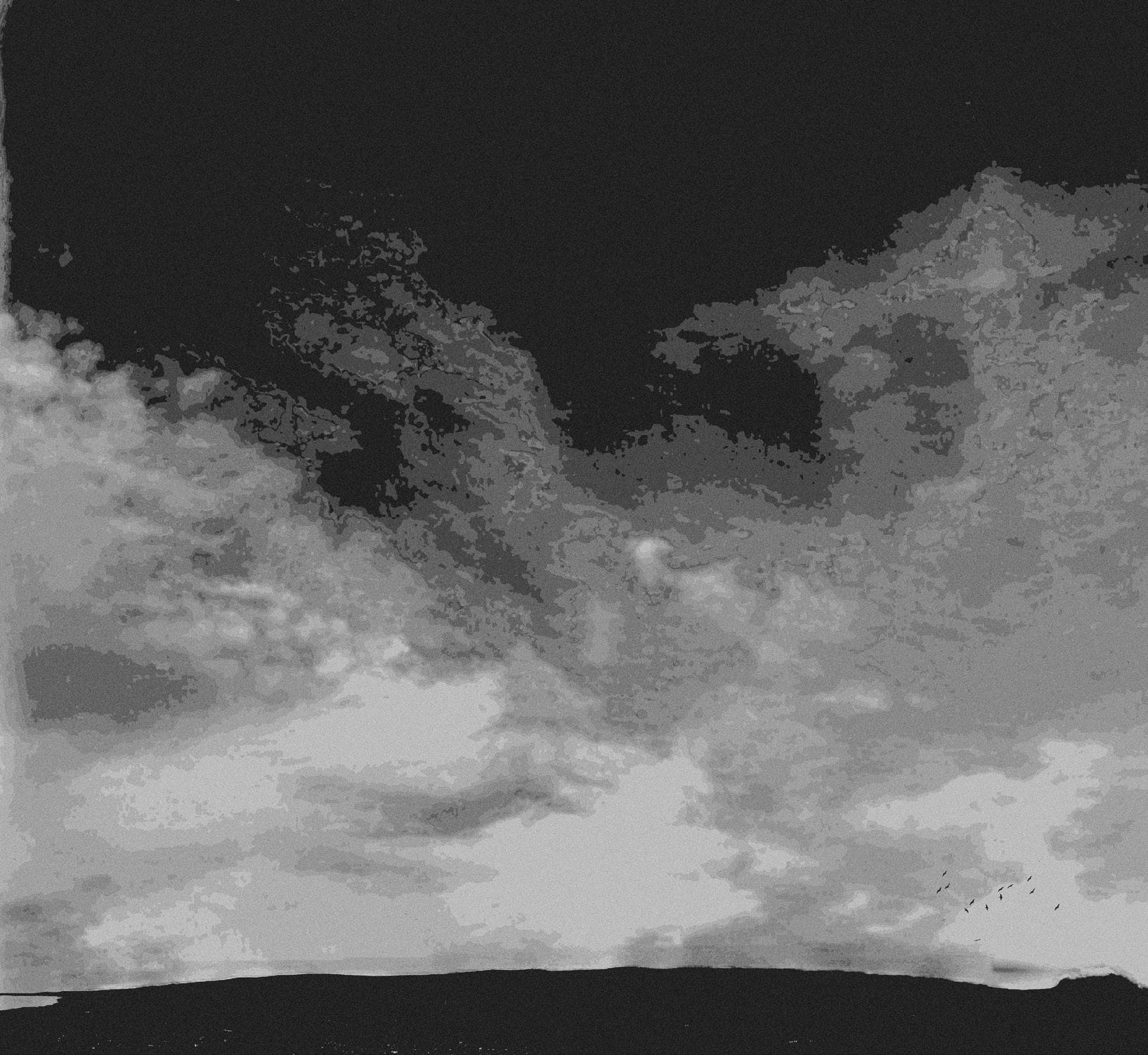 Synopsis
Sustainable Urban Development Chekka, North Lebanon
Architectural and Urban Design
QGIS, AutoCad, Rhino, Adobe
Synopsis
Sustainable Urban Development Chekka, North Lebanon
Architectural and Urban Design
QGIS, AutoCad, Rhino, Adobe
CHEKKA'S COASTAL ECOLOGIES ANALYSIS

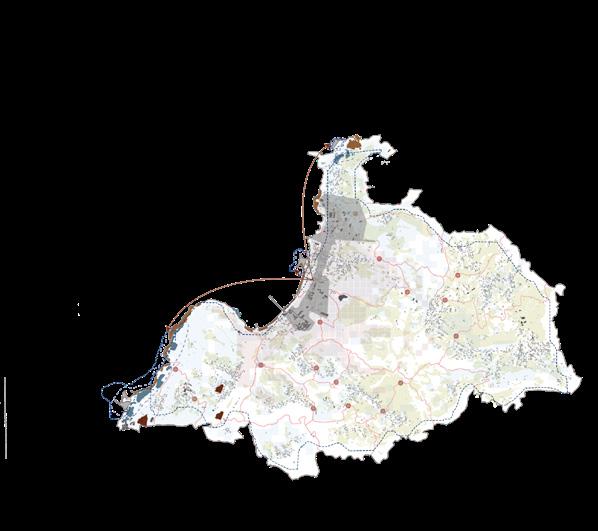
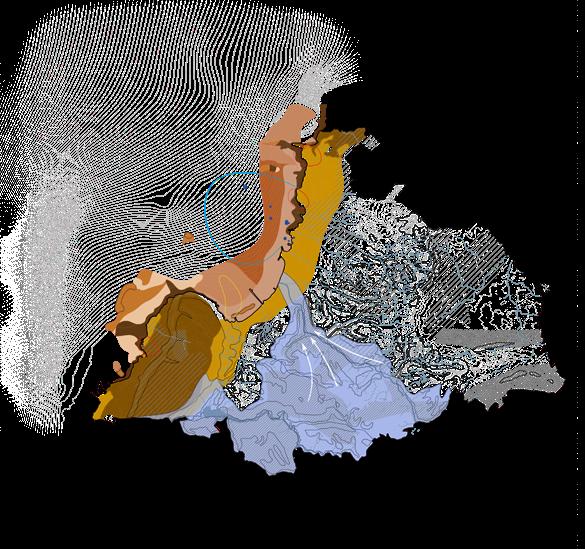
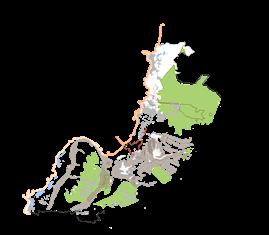


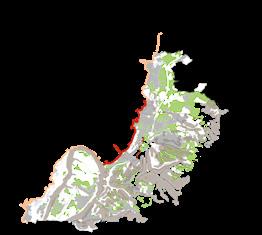
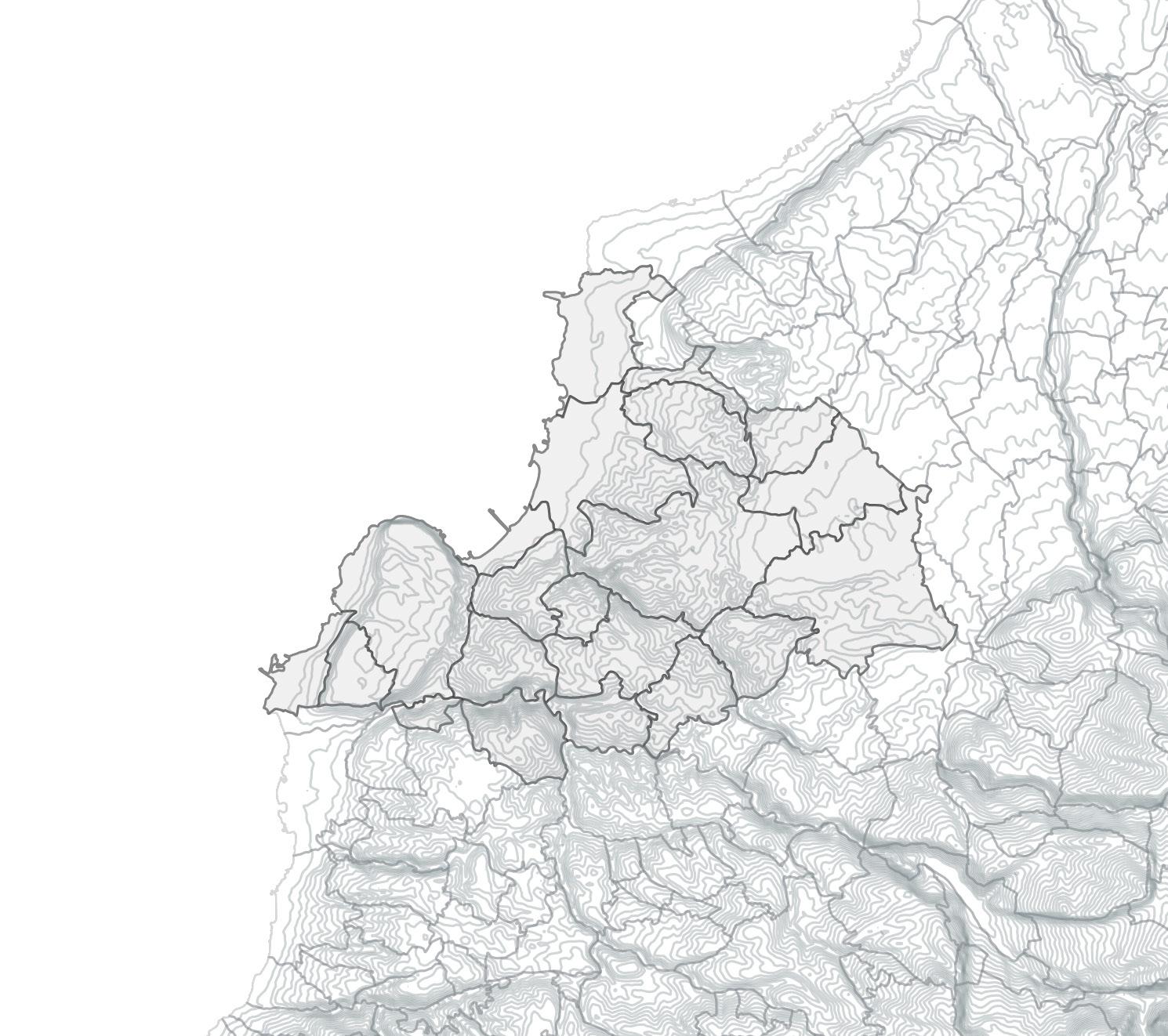


REMEDIAL CONNECTIVITY COASTAL ECOLOGIES Impact of the Urban & Industrial Settlements on the Coastal Ecologies over the Years Seabed Characteristics: Marine Diversity Marine Species: Richness of Biodiversity Agriculturally Productive Soils Aquifers Pollution Risk Agriculturally Unproductive Soils Water Systems Leading Pollution to Sea Rocks and Boulders Turtles Constraints Opportunities Natural Ecologies Technological & Human Impact Coastal Ecolgies' Characteristics 1970 1985 2000 2015 Coastal Ecological Quality Social & Cultural Values/Patterns Rocks Strombe Snails Sea Sponges/Endangered Fish Prevalent Soil Group for Agriculture Poorly Stabilized Soil Gravel and Pebbles Fine Sand Maerl/Coral meadows Submarine Springs Muddy Sand Caves Medium Pollution Risk High Pollution Risk Underground Water Streams River River Catchment Area Residential Buildings-View to the Sea Urban/Industrial Settlements High Commercial/Industrial Buildings contributing to the Economy Urban/Industrial Settlements on the Coast Good Agriculture Moderate Erosion Poor Salt Marshes Bad CO2 Emissions by the Cement Industries Industries Quarries causing Soil Erosion Zones of High risk Aquifers Pollution that might be caused by Industrial Waste SO2=1 PPM SO2=0.8 PPM SO2=0.6 PPM SO2=0.4 PPM 40 000 Bact./100 ml 150 Bact./100 ml 100 Bact./100 ml Constraints Opportunities Roads Industrial Sewage Outfall Air, Water and Marine Pollution due to Industrial Activities Air Pollutant Levels Marine Pollution Levels Norm: 100 Bacteria/100ml Main Sources of Emissions Oil and Gaz Station Visual/Physical Disconnection created by the Industries Practices with Potential of Being Revived Salt Marshes Villages Roads crossing the villages Constraints Opportunities Agriculture Practices Beaches/Resorts: Tourism at the Coast Fishing Ports Historical/Cultural/Religious Landmarks Resorts at the Coast View to the Sea Industries taking over Social Practices Viewpoints towards the Factories Main Industrial Activities 0 m 2000 m
MACROSCALE STRATEGIES I INTERVENTION

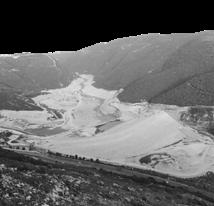

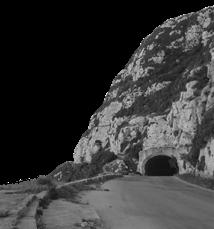

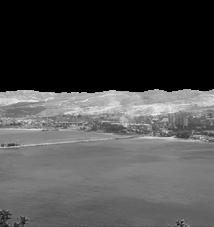

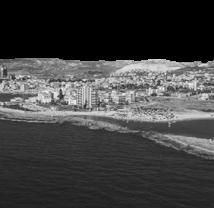

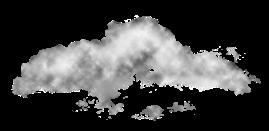
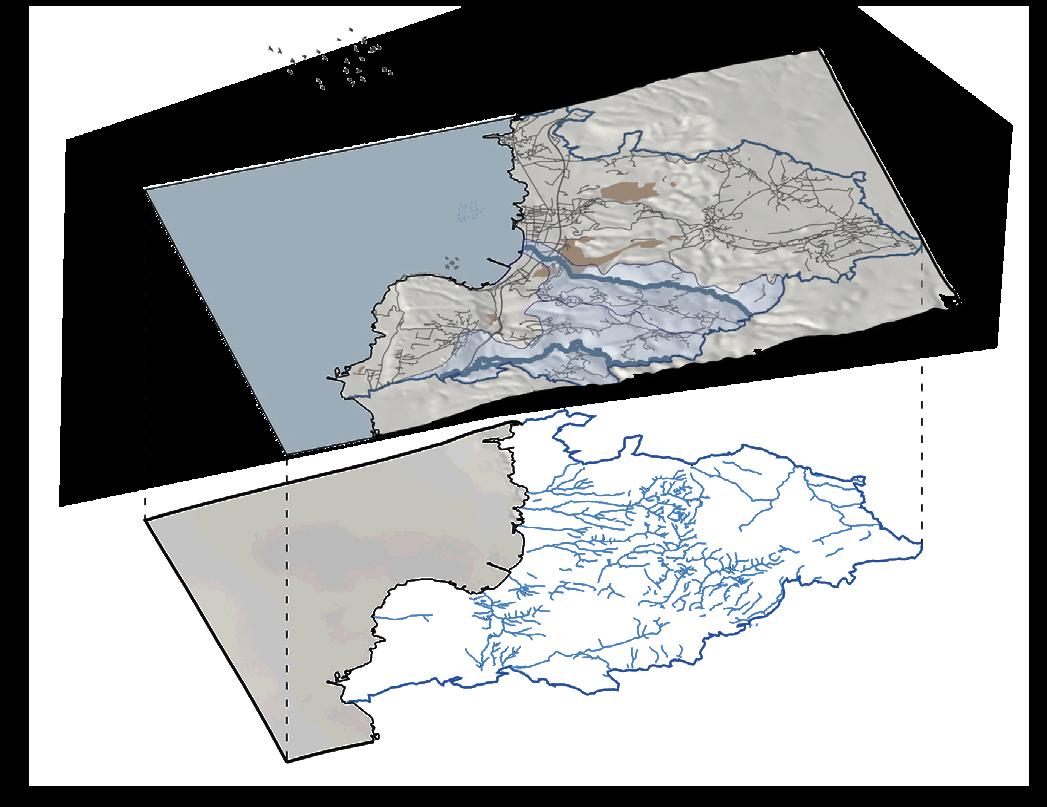

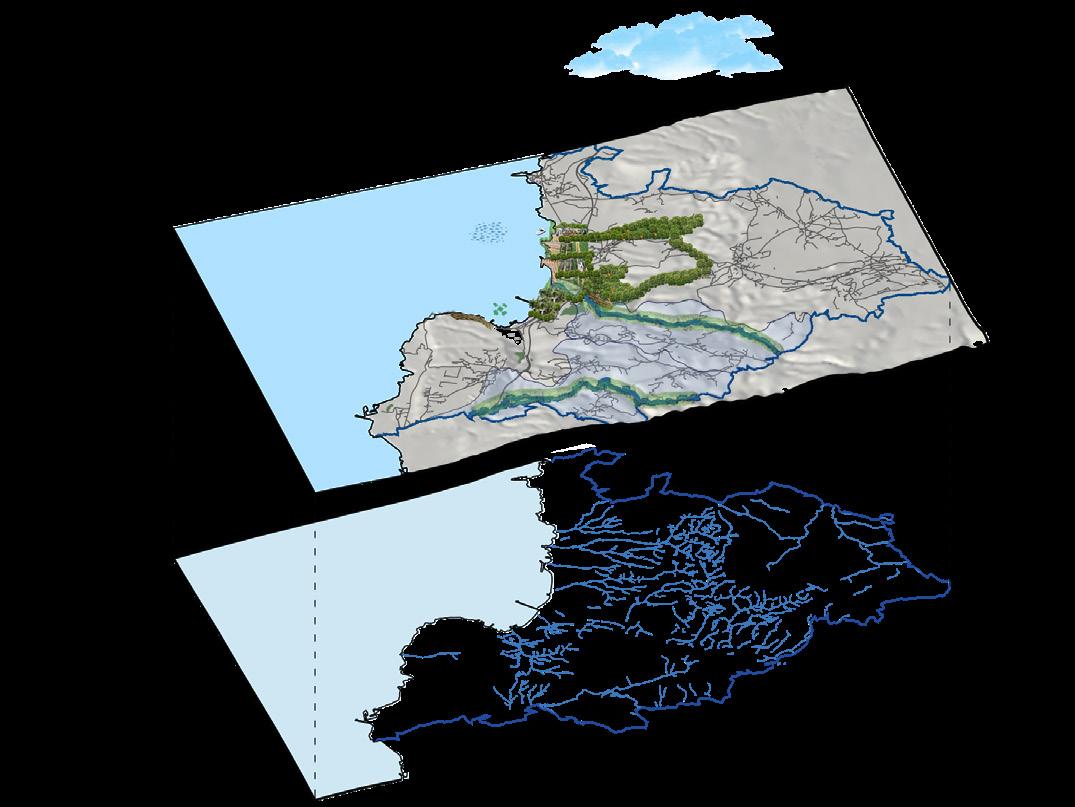
REMEDIAL CONNECTIVITY COASTAL ECOLOGIES Before Intervention-Air & Water Pollution Cycle caused by the Industrial Activities After Intervention-Connection between the Land and the Sea reestablished with Cleaner Ecologies Above Ground Cleaner rainwater that benefits the ecologies Ecological Corridors Social Hub Natural Reserve The catchment area directs the cleaner rainwater towards the rivers then the sea Clean water emitted by the underground water streams in the sea The springs emit clean underground water that help the marine ecosystems growth Rainwater polluted by the industrial emissions Polluted wastewater infilitrating the underground water streams from the soil and quarries The catchment area directs the polluted rainwater towards the rivers and then the sea Polluted wastewater emitted by the underground water streams in the sea The springs emit polluted underground water that affects the marine ecosystems The cement factories' pollutants emissions
Legend Industrial Zones-Cement Factories Quarries Catchment Area Rivers Undergroudn Water Streams Roads Springs
Chekka's Coast's Pictures Environmental Impact of the Macroscale
Strategies/Interventions
Cement Industries
Abandonned Quarry
REMEDIAL CONNECTIVITY COASTAL ECOLOGIES
MICROSCALE INTERVENTION
The cement factory and abandonned quarries were selected as sites of intervention to create the ecological corridors that features a multi-level design approach. Community members contributed to the growth of the Miyawaki forests which efficient and socially valuable plantation process informed the design strategies and configuration of the spaces. The ecological corridors extend from the forests to the coast, where the cement industries are replaced with community gardens, playgrounds and market spaces. The journey culminates at the coast where the interaction with the marine ecologies is embraced.

Remedial Connection between the Land and the Sea
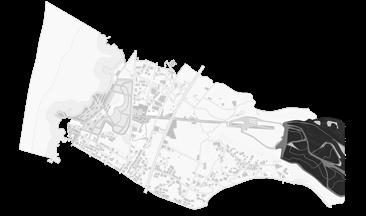













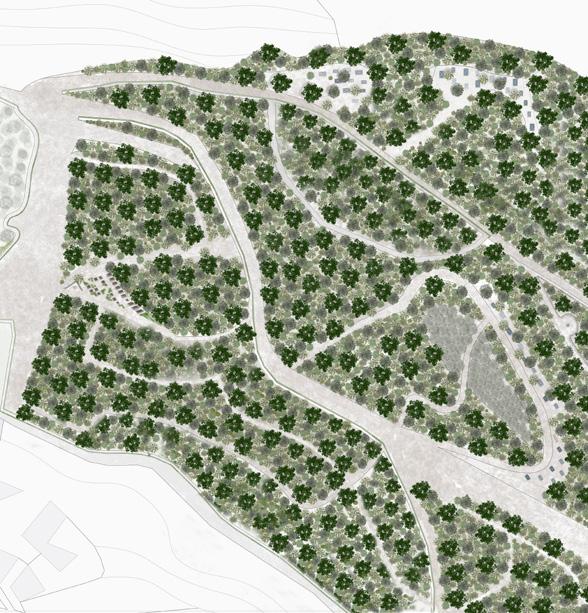
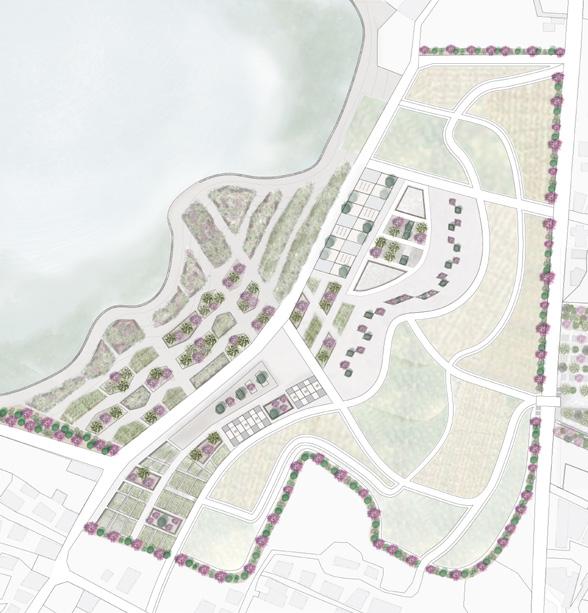
2. Running/Biking Track;Social Areas extending from the
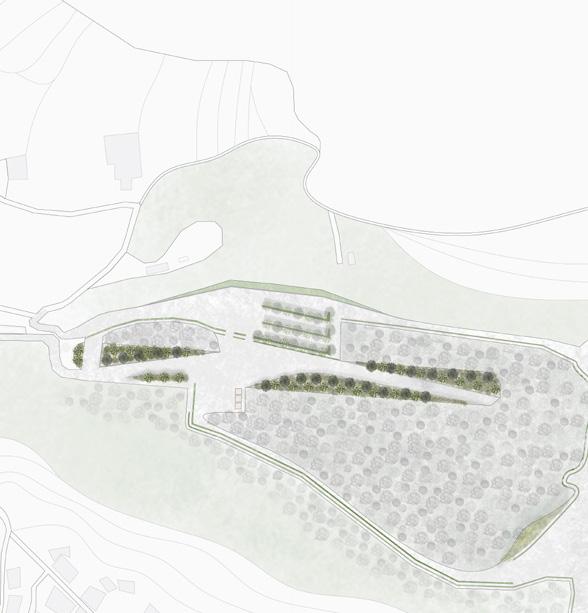
3. Ecological Corridor stitching the Land to the Socially Activated Coast
 1. Miyawaki Forests with Camping Sites & Cabanas for Social Interactions
4. Social Hub with Community Gardens, Market, Open Plaza, Restaurants
Miyawaki Forests
1. Miyawaki Forests with Camping Sites & Cabanas for Social Interactions
4. Social Hub with Community Gardens, Market, Open Plaza, Restaurants
Miyawaki Forests
Pedestrian Path in the Miyawaki Forests Camping Sites Biking Lanes Miyawaki Forests Plantation Running Track Ecological Corridor/Park Community Gardens Open restaurants in Open Plaza Viewing Deck Swimming LAND COAST/SEA
Case Study 0 m 30 m 2 3 4 1 Arbutus Adrachne Pinus Brutia Quercus Coccifera Acer Obtusifolium Laurus Nobilis Salvia Fruticosa Spartium Juncea Phytoremediation Plants Cercis Siliquastrum Camping Site Sitting Areas Sitting Areas Agriculture Restaurants Piazza Market Gardens Parking Camping Site Biking Track Biking Track
WORK EXPERIENCE
J2-Business Center & Retail Development
Bernard Khoury I DW5
Beirut, Lebanon Internship
Synopsis
This chapter provides insight into my experience as an architectural professional and the projects have worked on during my previous internships. Each project showcases my ability to collaborate effectively within a team and my technical proficiency in producing technical drawings. The J2 project, in particular, highlights my contributions to their respective production teams, where worked on designing plans, sections, elevations, stairs schedules, internal finishes, and more. Through these projects, have gained invaluable experience and knowledge that I continue to apply in my work today. My involvement in these projects has also helped me develop a keen eye for detail and hone my skills in producing technical drawings and documents.

Business Center and Retail Development
Kuwait
Architectural and Technical Design
Cad, Rhino, V-Ray, Microsoft Excel

TECHNICAL PLANS & SCHEDULES SAMPLE
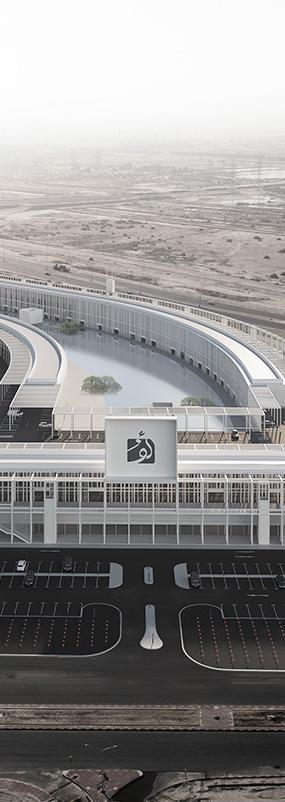
J2 Business Center and Retail Development is a mixed-use project located in Kuwait City, designed and developed by DW5. The ground floor comprises retail units, showrooms, food and beverage outlets, and multipurpose halls, while the second floor offers flexible office units. The façade treatment features metallic structures and over-scaled frames, and the courtyard landscaping strategy creates an oasis-like environment with green patches, a shallow body of water, and outdoor seating areas. The outer peripheral edges are illuminated with 5,250 solar-powered lightbulbs, making J2 a unique destination for leisure, entertainment, and business in Kuwait City.
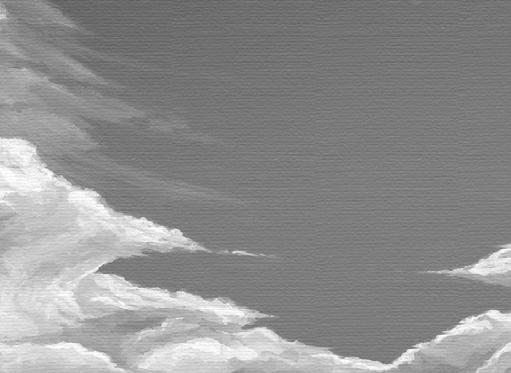
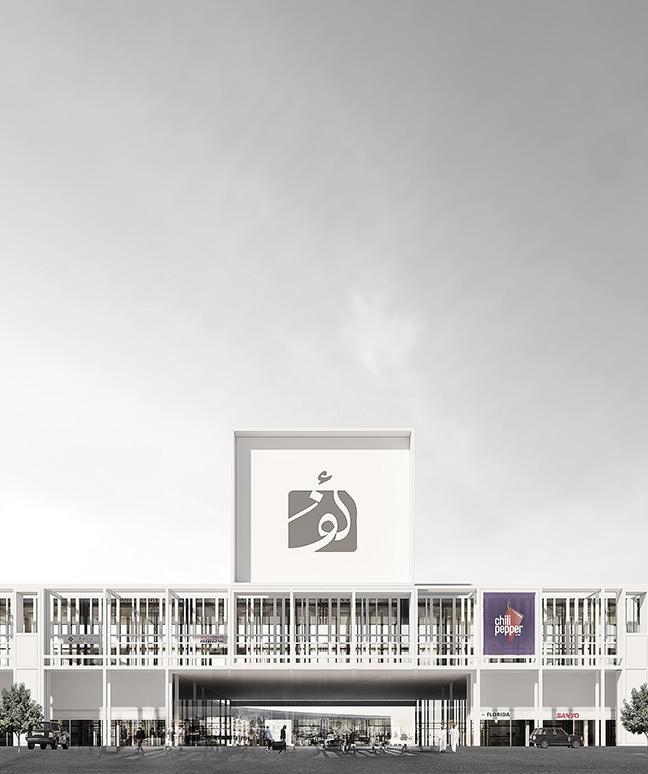
North Facade Design, Entrance I Social Interactive Space (DW5)
Ground Floor Plan I Sample of the Stairs and Internal Schedules

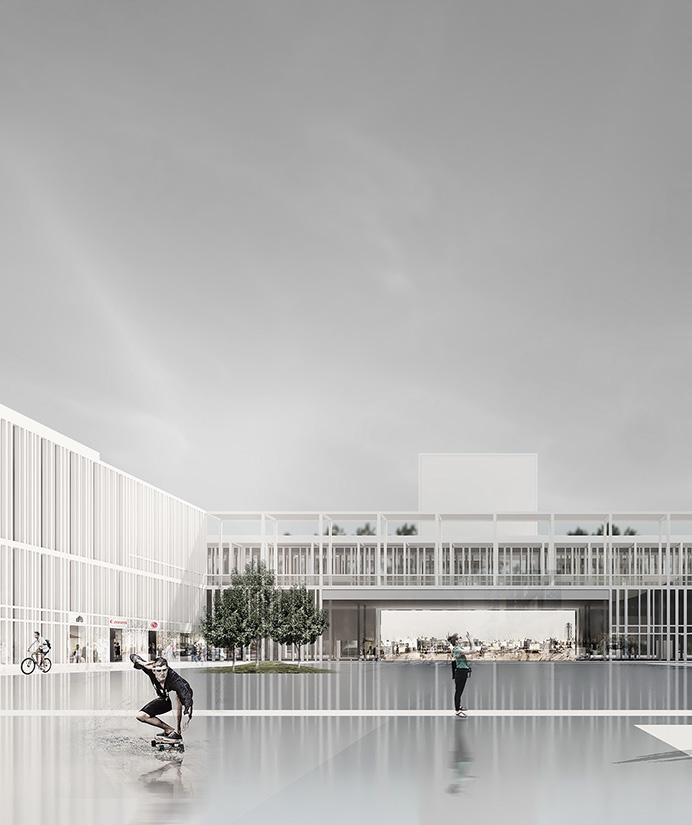
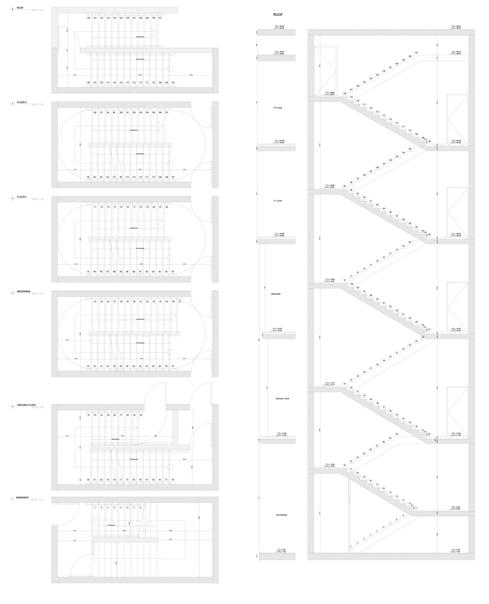


As an assigned member of the production team, made significant contributions to the technical drawings and drafting of J2 Business Center and Retail Development. My primary responsibility was to cover the stairs schedules for all levels of the project. also played a key role in updating and reworking the plans and sections based on the feedback and input received from weekly meetings with the clients. Additionally, I worked on the project's internal finishes and schedules.
Professional
J2-BUSINESS CENTER & RETAIL DEVELOPMENT (IN PROGRESS)
Project
0 m 5 m
Permeable Facade Advertisement
Courtyard
WORK EXPERIENCE
Saray: Mixed-Use Development
Bernard Khoury I DW5
Beirut, Lebanon Internship
Synopsis
This chapter provides insight into my experience as an architectural professional and the projects have worked on during my previous internships. Each project showcases my ability to collaborate effectively within a team and my technical proficiency in producing technical drawings. The Saray project highlights my contributions within the production team, where worked on designing plans, sections, elevations, sales documents, internal finishes, and more. Through these projects, have gained invaluable experience and knowledge that I continue to apply in my work today. My involvement in these projects has also helped me develop a keen eye for detail and hone my skills in producing technical drawings and documents.

Mixed-Use Development
Architectural and Technical Design
Cad, Rhino, V-Ray, Microsoft Excel
 Casablanca
Casablanca
TECHNICAL DRAWINGS-PLANS & ELEVATIONS
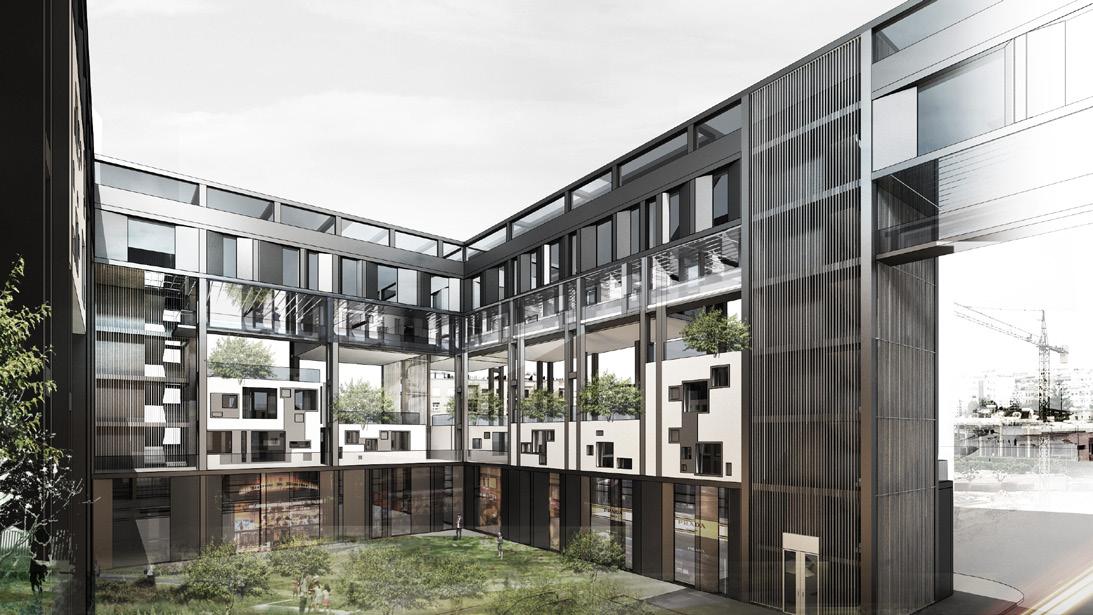

The project is a mixed-use development in Casablanca with a total built-up area of 56,000 sqm that includes residential, hotel, retail, office, and clinic spaces. The project's intervention considers the large scale of the development and fragments what could have been a monolith by weaving a web of arteries across the site. The design includes commercial pavilions, suspended dwellings, reflective undersides, elevated villas, and repetitive plates. It also features interior courtyards and greenery which create a more open and breathable environment.


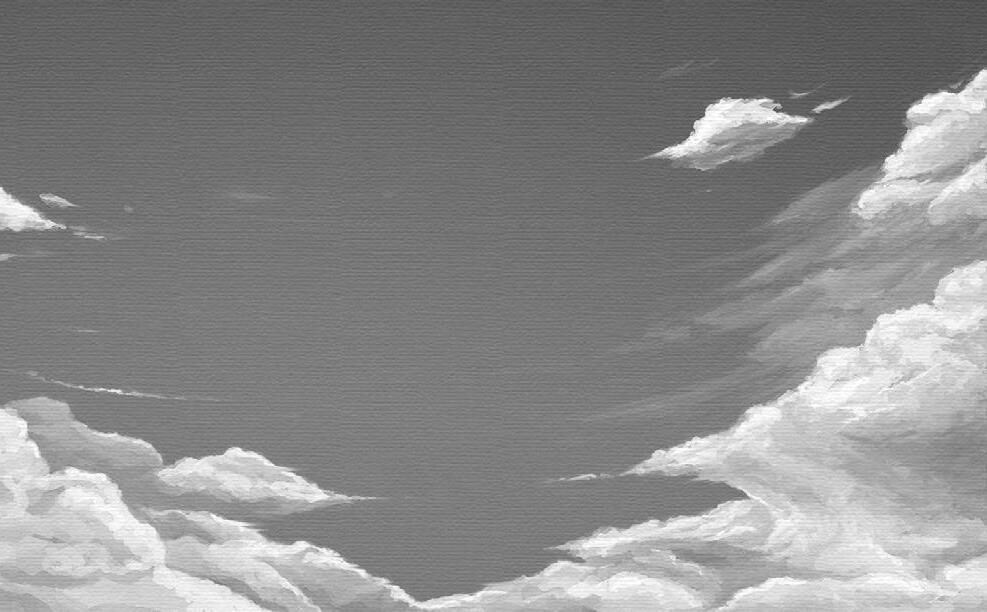
















As part of the building permit submission, I updated and reworked the technical elevations and sections of the project. also worked on the plans, locating and designing the shafts across all levels. made necessary changes and suggested alternatives to ensure they connected effectively. Additionally, I worked on the sale documents, extracting and detailing the various types of apartments across the levels and blocks along with their respective details.
J.D8cm J.D8cm 8cm 8cm J.D8cm J.D 8cm 817 FROM 13%Slope Slope
Professional Project 2 SARAY-MIXED-USE DEVELOPMENT
Courtyard 1 Interior Rendering East Facade Perspectival Rendering (DW5)
Sample of Technical Drawings-Floor Plan I North & East Elevation Sample of Sale Documents Plans-Block A Apartments
0 m 5 m A-1-b échelle: 1/100 Surface Terrasse m A Commercialisé par: Surface Totale Étage Surface Appartement 104 Appartement Immeuble 19 m 85 Immeuble "A" Appartement "b" Développé par: Conçu par: Surface Terrasse Surface Totale Étage m Surface Appartement Appartement Immeuble A m 1 KEY PLAN: "1"er Étage Immeuble "A" KEY PLAN: Immeuble "A" Appartement "c" Développé par: A-1-c échelle: 1/100 107 26 81 NORTH ELEVATION NORTH ELEVATION Extra-Skin Distinct Material Treatment WEST ELEVATION Apartment A-2 Apartment A-1 First Floor Plan Block A
PHYSICAL MODELS
American University of Beirut
AUB-Spring 2019 Fall 2019
Model making plays a significant role in the architectural design process, allowing visualization and testing of ideas, exploration of various options, and refinement of the final design. The Hochar Tower and Sustainable Merge projects exemplify the importance of model making in strengthening their conceptual approach. The Hochar Tower's physical model helped conceptualize its complex geometry and reflectivity while highlighting its imposing presence in relation to surrounding buildings. Similarly, in the Sustainable Merge project, the physical model was used to depict a cluster of communal housing units, contributing to the integration of the site's environmental factors and topographical formations. This resulted in the development of housing units that minimized their footprint while maximizing sustainability. In both projects, model making represented a crucial tool in the iterative design process and concept development.


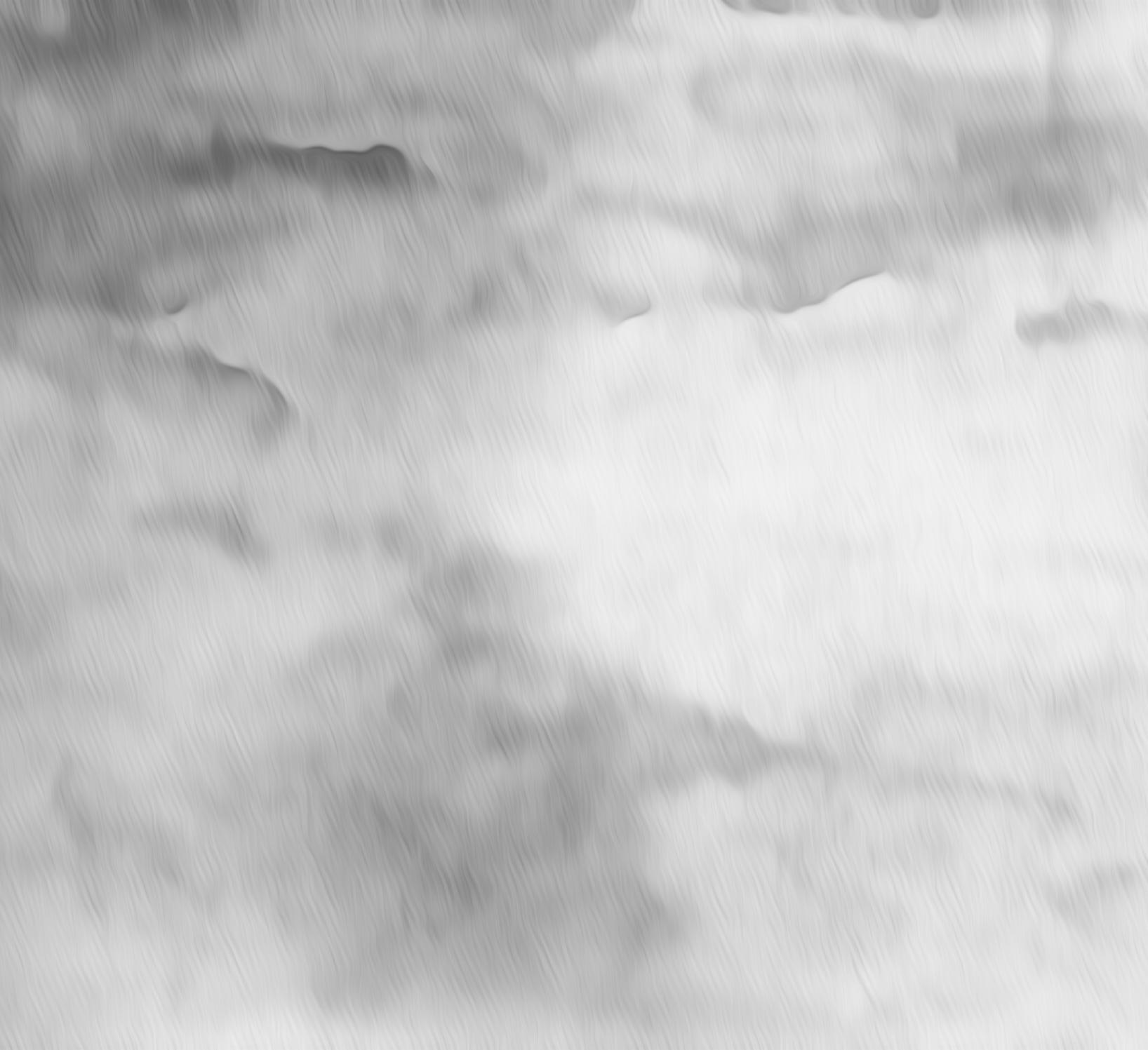

 Synopsis
Hochar Tower; Sustainable Merge Prototype
Maquette Building and Prototyping
Beirut and Jabal Moussa, Lebanon
Architectural and Urban Design
Cad, Lazercutting Machines
Synopsis
Hochar Tower; Sustainable Merge Prototype
Maquette Building and Prototyping
Beirut and Jabal Moussa, Lebanon
Architectural and Urban Design
Cad, Lazercutting Machines
PHYSICAL MODEL & HAND-DRAWN I RENDERED ELEVATIONS
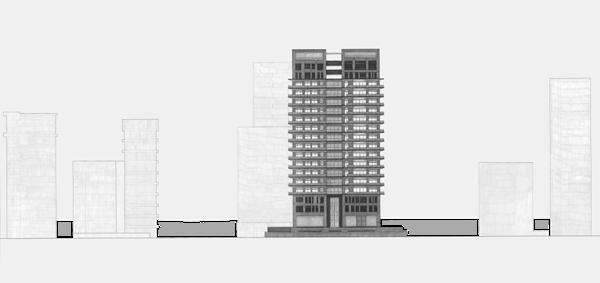
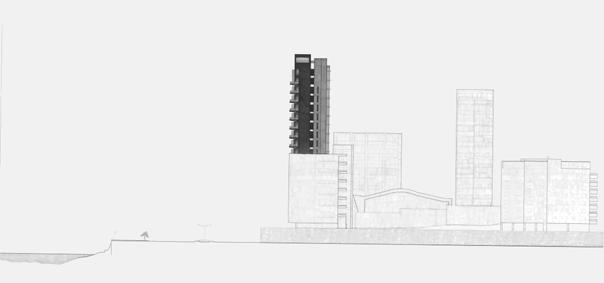
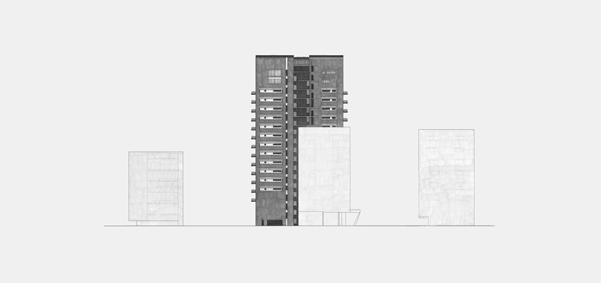
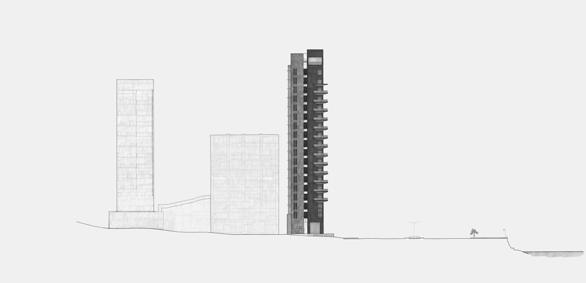
The Hochar Tower's complex geometry, blending symmetry and asymmetry, defines the space it occupies and creates an imposing presence. Connecting with the sea through its reflective facades, it creates a dynamic interplay with the environment. The circular physical model complements its commanding presence, allowing it to overlook its surroundings. In contrast, the other buildings are represented as plain blocks to maintain focus on the Tower. The hand-drawn elevations also capture the Tower's grandeur.
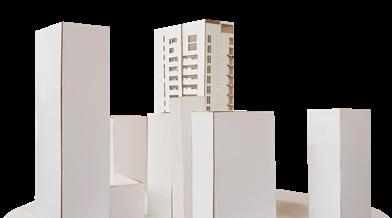
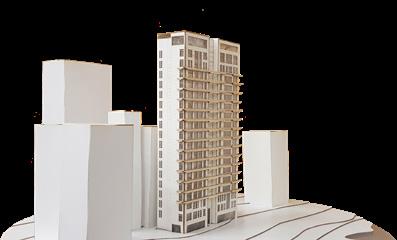
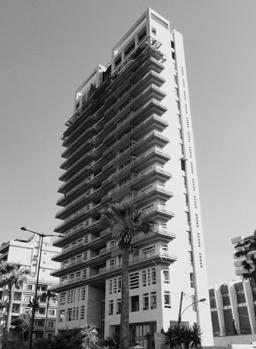


MODELING HOCHAR TOWER
PHYSICAL
North Elevation West Elevation South Elevation East Elevation
The Hochar Tower Physical Model made with Cardboards + Plexiglass
SPATIAL DEVELOPMENT WITH PHYSICAL PROTOTYPING

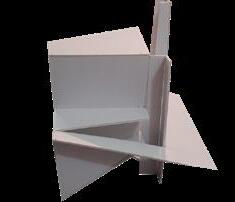
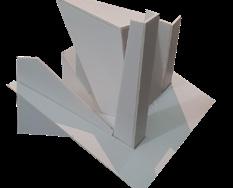
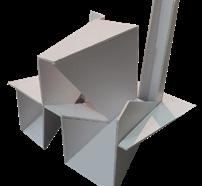


Integration of the Wind Tower & Courtyard Typologies in a Prototypical Model Series
The design process for the project involved selecting two architectural typologies, namely the wind tower and the courtyard, and incorporating environmental factors such as the wind and natural light. The resulting device/prototype was transformed into an architectural space located in the village of Mchati, in North Lebanon. The purpose of this space is to provide housing and workspace for startups transitioning from urban to rural environments. The project prioritizes merging living and working areas to foster a strong sense of community. In the design, the middle units were allocated for collaborative work and interaction, while the ones located at the edges were intended for private use. The functions were spatially organized based on the natural factors study, creating a space that optimizes the use of natural light and wind flow. This approach strengthens the sustainable concept that the project advocates for.
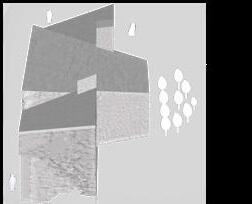
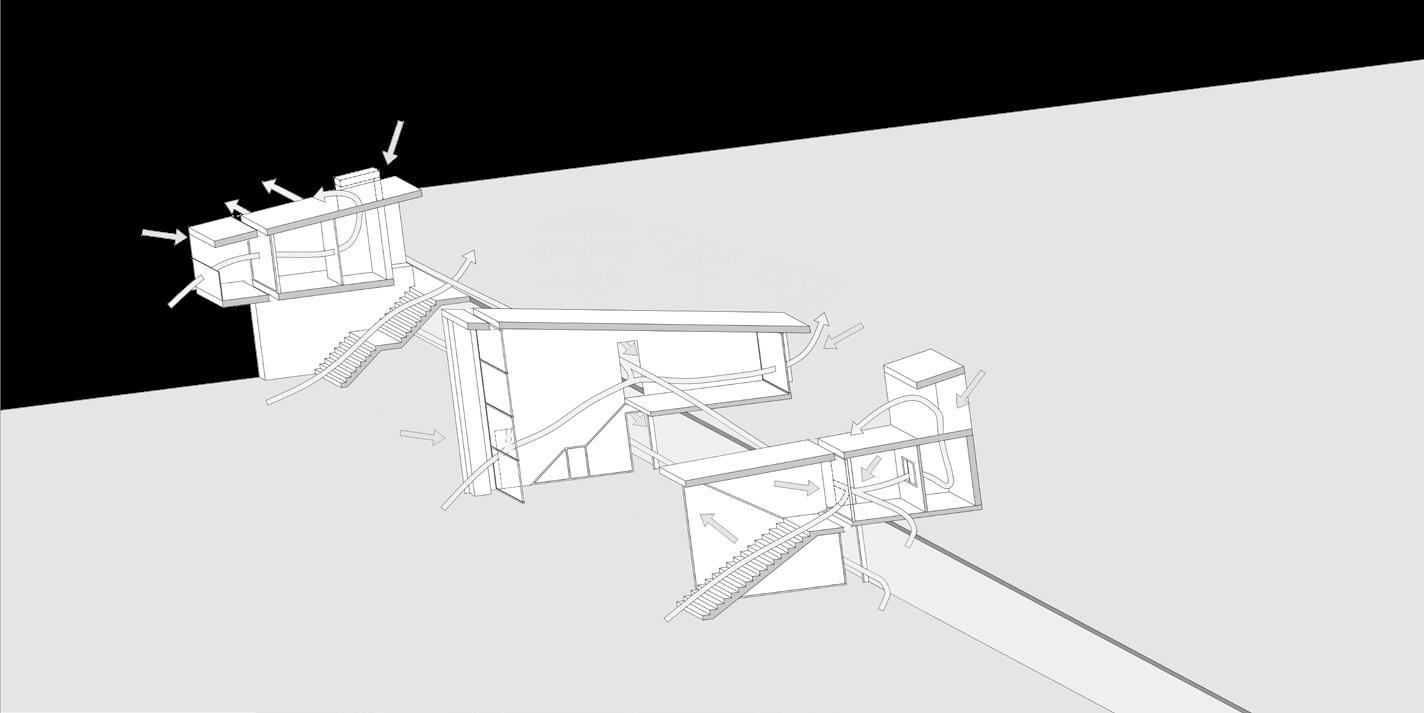
"Sustainable Merge" is a housing project aimed at designing functional and communal living spaces in Jabal Moussa village, prioritizing sustainability to minimize the building footprint while preserving conceptual efficiency and social cohesion. The design process considered the site's environmental factors and topographical formations, resulting in multiple clusters and housing units that vary in shape and composition depending on their location. The physical model of the project showcases a collection of clusters forming the community, highlighting the units' integration within the landscape and depicting the harmonious relationship between the living and working units, rooted in their context and respective environments.
Physical Model made out of Foam, Cardboard, Acetate & Vivac Transparent Sheets
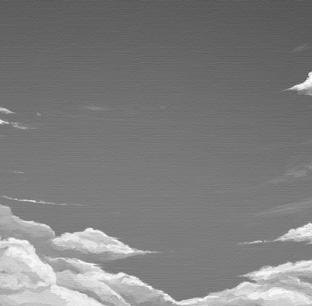
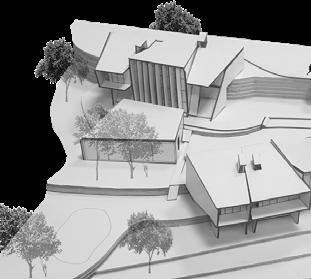
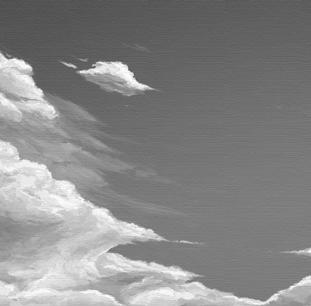
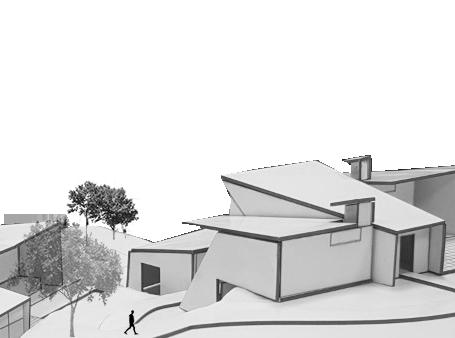
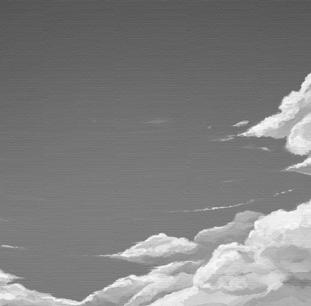

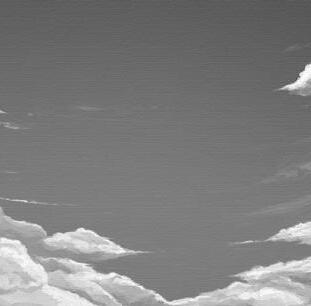
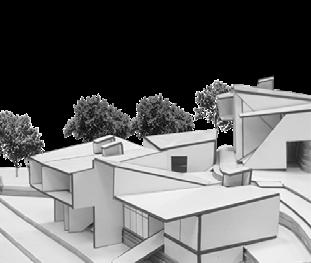
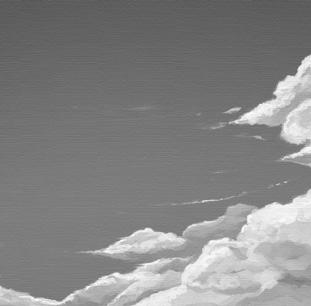


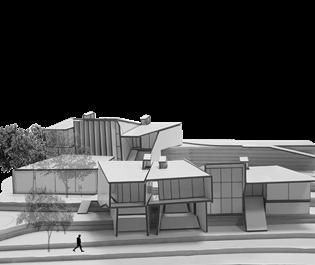
PHYSICAL MODELING SUSTAINABLE MERGE
Private bedroom 2+Outdoor Sitting Area Private bedroom 1 Communal Living Space Communal Working Space Private Bedroom 1 Private Bedroom 2 Communal Space Wind Tower
Roof Slopping for Water Collection
BRANCHING OUT
Nature through the Parametric Lens
A Short-Term Design Exercise
Synopsis
The project 'Branches' embodies a vertical garden inspired by nature's branching patterns. It features public and social spaces aimed at redefining traditional structural norms by establishing a clear directional flow. Through careful hierarchy establishment, spaces transition from rigid to airy levels, creating a dynamic experience. Utilizing regulated Grasshopper scripts, three main module categories were designed to form the branching aggregation. This merger of parametric processes with nature's morphology results in a visually striking and functional structure. By seamlessly integrating natural components, 'Branches' offers an immersive space for people to connect with nature, showcasing the power of blending parametric design with organic inspiration.


Vertical Garden No Set Location Parametric Design Rhino, Unity, Enscape
University College London London-Fall 2022
INTRODUCTION OF THE CONCEPT & PROCESS ITERATIONS

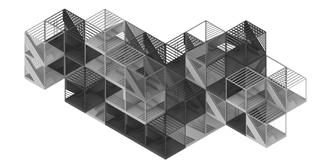

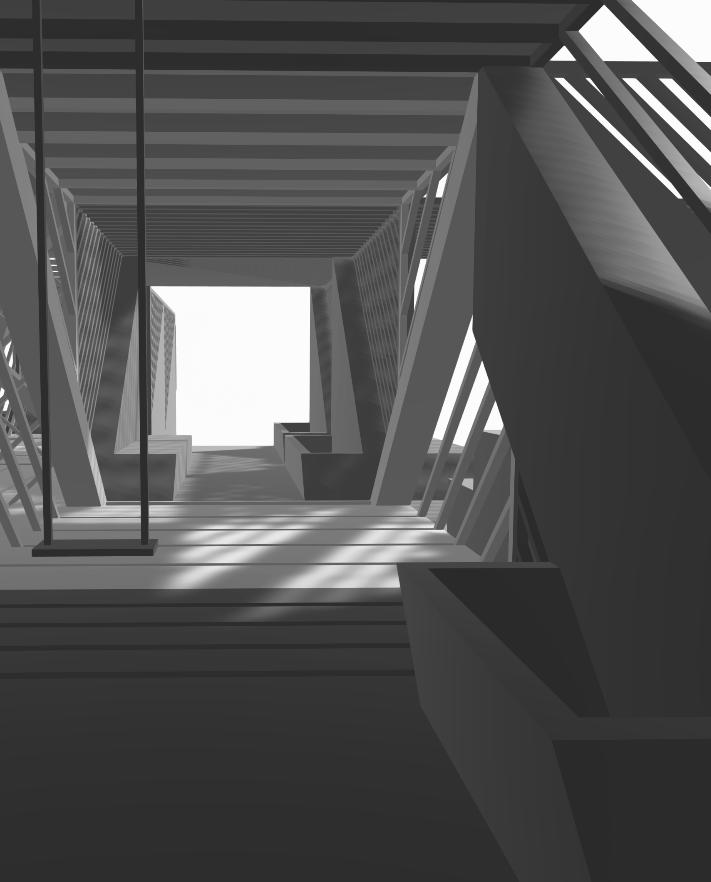
The modules/parts were designed in different categories with numerous configurations, based on the level of confinement and airiness they incorporate. The first category of parts is the most confined, adhering to a more monolithic design approach. The second category features a reduction in the primary structure's thickness of its parts which become lighter and more open in the third category, representing the airy level. Following the design of the modules, several aggregations were explored in Unity, with the aim to support the project's conceptual approach and objective. The last iteration fused the distinct parts to create more or less dense clusters, with new and unique layout configurations. This exploration led to elaborate branching moments within the structure, with some areas being denser and others being more open. Some followed the same directionality while others deviated from it, creating a dynamic and visually striking design.
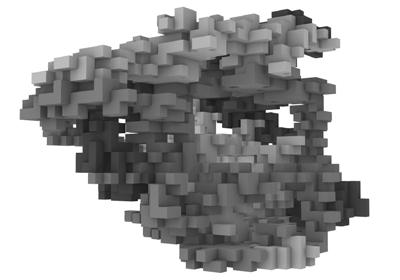
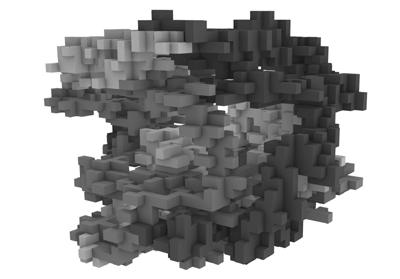
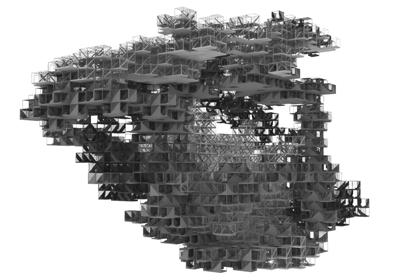
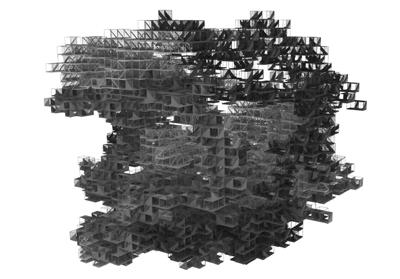

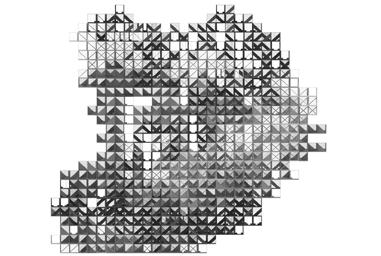
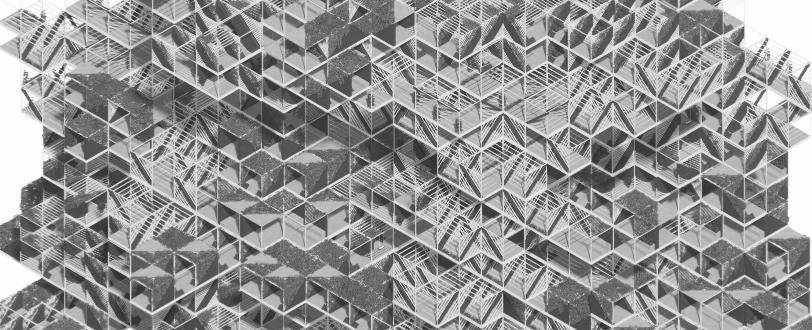
BRANCHES COMPUTATIONAL DESIGN
Part C: Airy Part A: Monolithic Part B: Diffusible Iteration 1 Iteration 1 Iteration 2 Iteration 2 Elevation 1 Elevation 2 Branching Out
Parts A, B & C transitioning from the Monolithic to the Airy Level Process Iteration based on Parts A, B & C I Final Iteration with Basic Parts
FINAL AGGREGATION & RENDERINGS
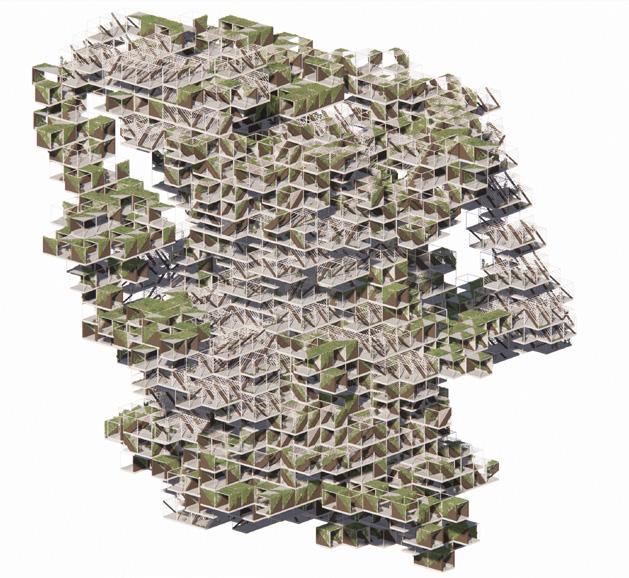
'Branches' Final Aggregations with Rendered Constituent Parts
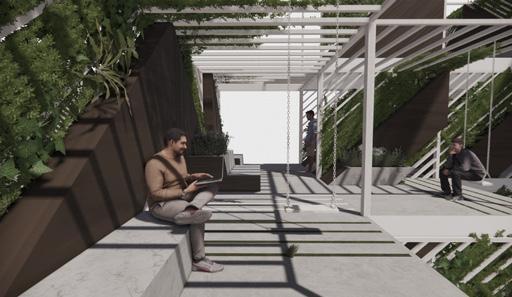


Following the substitution of the modules with the activated rendered ones, the final aggregation emphasizes the density within the design of the clusters and distribution of the flora. The resulting structure features cohesive and immersive spaces which redefine vertical gardens' typology, nature integration, and public spaces.

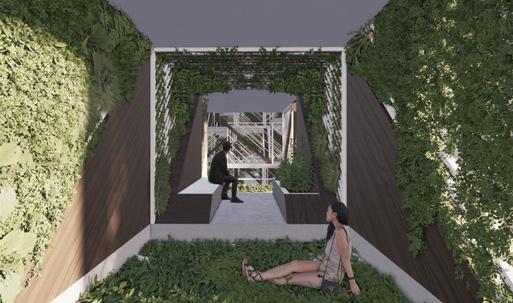
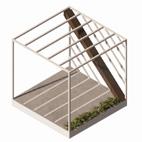
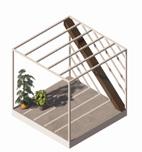
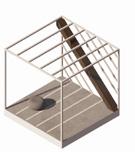
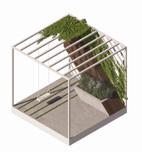

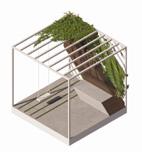
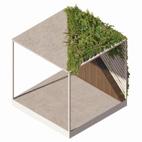


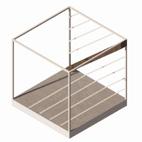
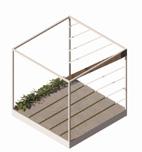
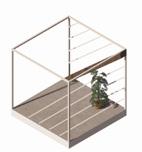

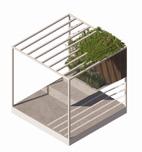
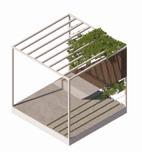

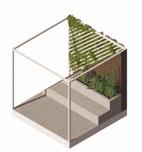
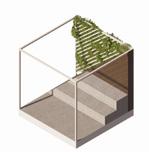
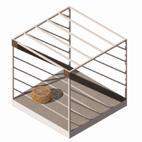
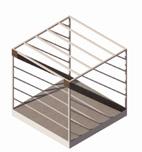



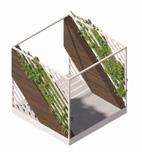
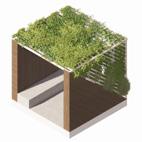

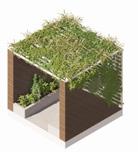
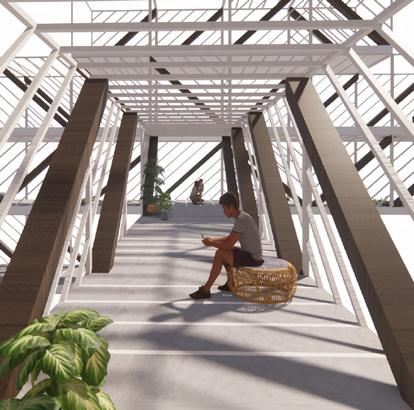
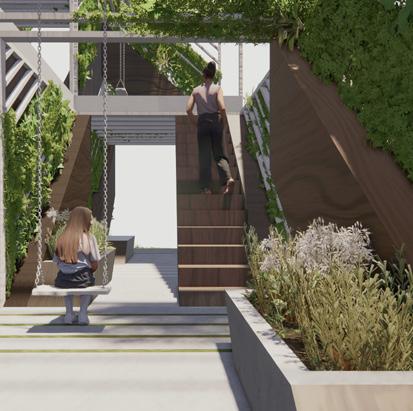

Configuration 1 Configuration 2 Configuration 3
BRANCHES COMPUTATIONAL DESIGN
Empty with no
Part A. The most Confined Part B. Lesser Obstructions+Stairs
Most Open & mostly
Furniture/Obstructions
DESIGN FRAMEWORK
A Design & Visualization Exercise: Rhino+UE5
Inspired by HIVE
London, UK
Personal Project
Synopsis
Within this personal project, a keen observation of the crucial interplay between software utilization and design processes is highlighted. Through meticulous combination of sketches, modelling in Rhino, and refinement stages, the project illustrates the symbiotic relationship between creative ideation and technical execution. Integral to this process is the synchronization with Unreal Engine using DataSmith, which enhances immersion and realism. Each step, from environmental lighting to material assignments, contributes to the holistic design narrative, showcasing the importance of complementary software tools. Moreover, this project serves as a testament to the iterative nature of design, where constant refinement and back-andforth iterations act as extensions of the creative process. This dynamic approach underscores the project's ability to evolve and adapt, resulting in refined animations and a comprehensive understanding of the design process.

Residential Unit London, UK
3D Modeling & Visualization
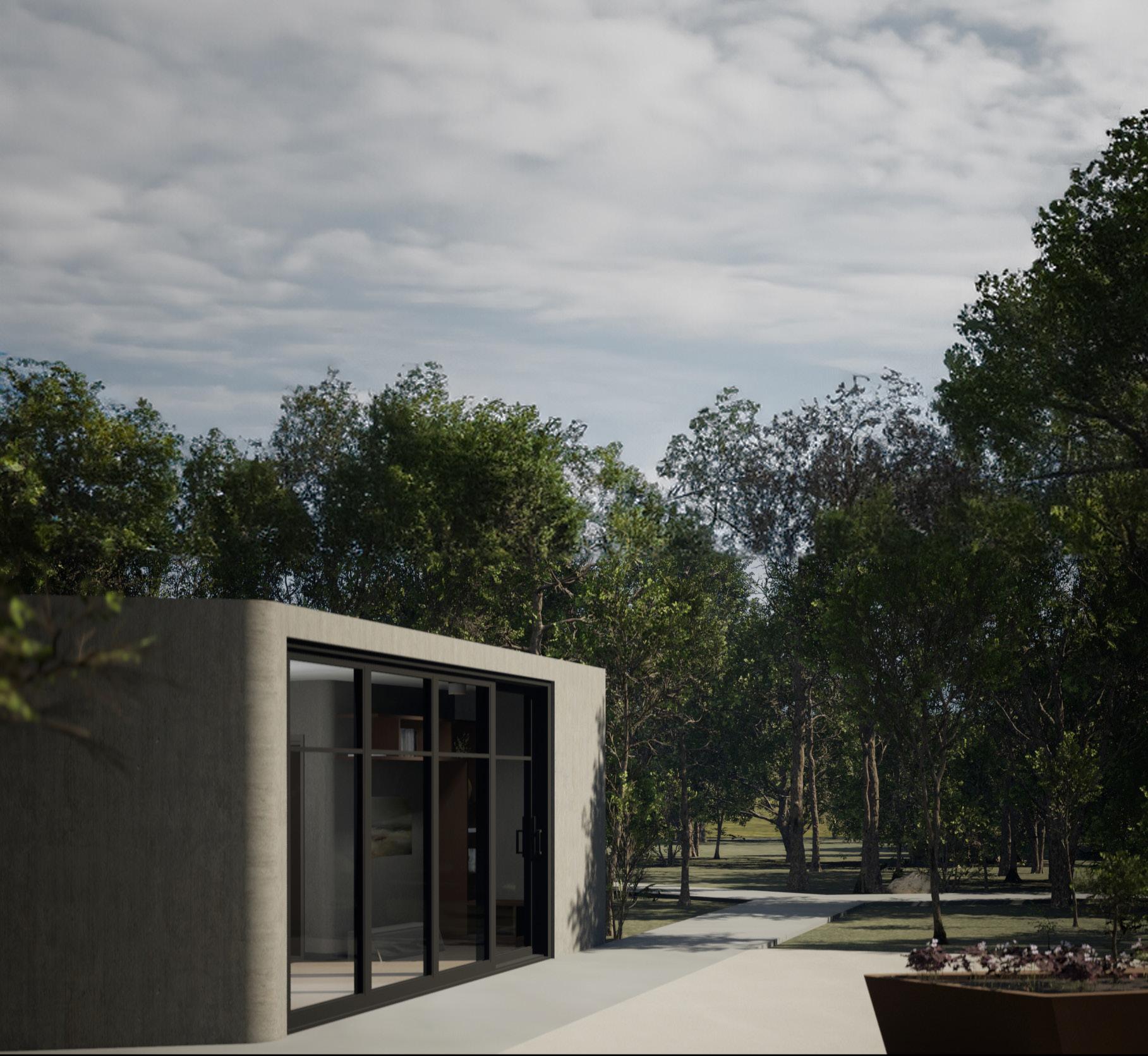 Cad, Rhino, Unreal Engine, DaVinci Resolve
Cad, Rhino, Unreal Engine, DaVinci Resolve
DESIGN PROCESS WITH RENDERED VIEWS
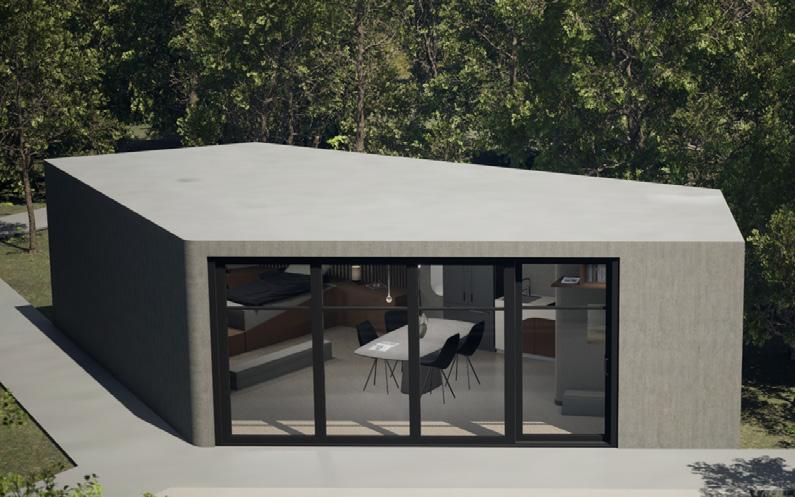

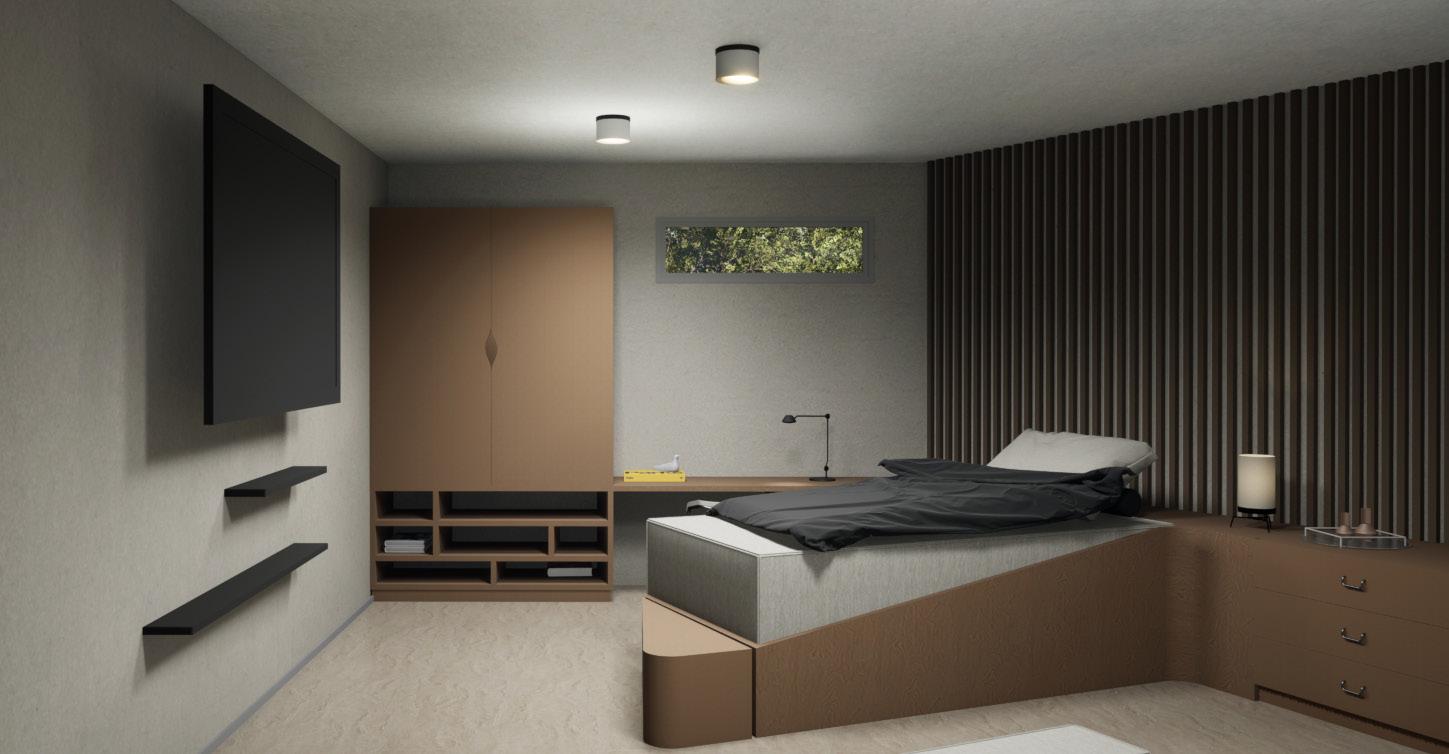
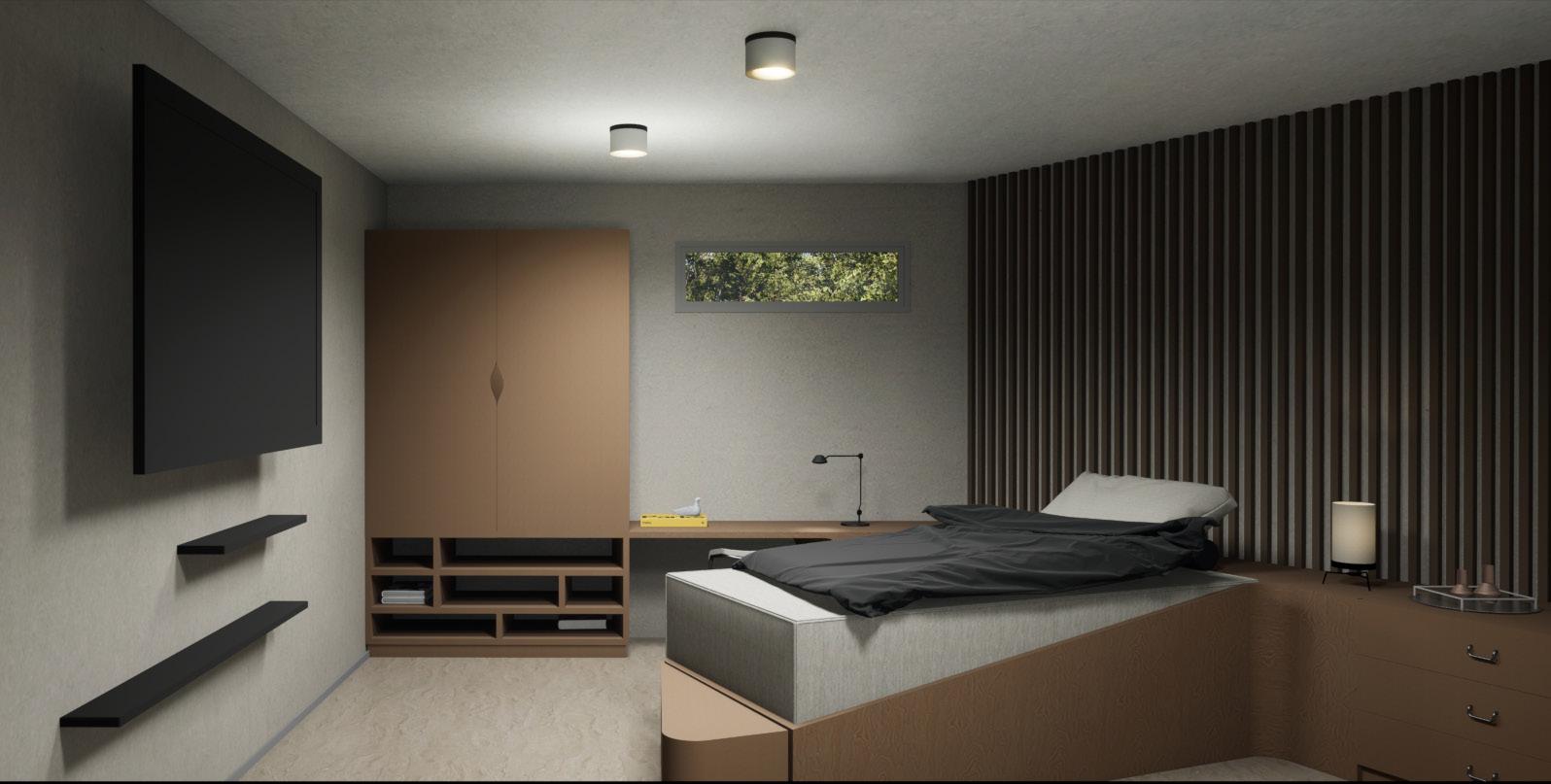
Personal Project HIVE-INSPIRED RESIDENTIAL UNIT Design Preparation + Modelling Level Creation & Development in UE5
& Exporting the Rendered Views
the Design though
Environment Lighting
Materials and Textures
Rhino
Finalizing
Preparing
Sketches Mixing the
Assigning
Modeling in
and Refining the Design Creating and Modeling the Landscape Setting
Cameras and Mixing the Lights
Finalizing Designs and Exporting Animations
Synchronizing
with UE5 through DataSmith Populating and Refining the Foliage

ECO-SCAPES
HIGH-BRID
WATER FLOW
REMEDIAL CONNECTIVITY
J2 SARAY
HOCHAR
SUSTAINABLE MERGE
BRANCHES
ABODE: A HIVE CONTINUUM
Content HIVE


 HUSSEIN ZAAROUR PORTFOLIO
HUSSEIN ZAAROUR PORTFOLIO

 Synopsis
Chang, Yang Wu & Arjun Kapoor
The Bartlett School of Architecture
Residential Project
Decentralized (in London)
Architectural and Parametric Design
Rhino, Grasshopper, Enscape, Unreal Engine
Synopsis
Chang, Yang Wu & Arjun Kapoor
The Bartlett School of Architecture
Residential Project
Decentralized (in London)
Architectural and Parametric Design
Rhino, Grasshopper, Enscape, Unreal Engine


































































































 Mixed-Income Housing + Urban Vertical Farming Beirut, Lebanon
Architectural and Urban Design
Cad, Rhino, Grasshopper, Lumion, Adobe Suite
Mixed-Income Housing + Urban Vertical Farming Beirut, Lebanon
Architectural and Urban Design
Cad, Rhino, Grasshopper, Lumion, Adobe Suite


 Standard Dreams
Nightmares
Standard Dreams
Nightmares



















































































































 Synopsis
Mixed-Use Development Project + Park Design Beirut, Lebanon
Architectural and Urban Design
Cad, Rhino, Grasshopper, Lumion, Adobe Suite
Synopsis
Mixed-Use Development Project + Park Design Beirut, Lebanon
Architectural and Urban Design
Cad, Rhino, Grasshopper, Lumion, Adobe Suite
























































 High-Brid Towers
Hemp Park
Charles Helou Highway
High-Brid Towers
Hemp Park
Charles Helou Highway




























 Synopsis
Sustainable Urban Development Chekka, North Lebanon
Architectural and Urban Design
QGIS, AutoCad, Rhino, Adobe
Synopsis
Sustainable Urban Development Chekka, North Lebanon
Architectural and Urban Design
QGIS, AutoCad, Rhino, Adobe








































 1. Miyawaki Forests with Camping Sites & Cabanas for Social Interactions
4. Social Hub with Community Gardens, Market, Open Plaza, Restaurants
Miyawaki Forests
1. Miyawaki Forests with Camping Sites & Cabanas for Social Interactions
4. Social Hub with Community Gardens, Market, Open Plaza, Restaurants
Miyawaki Forests








 Casablanca
Casablanca











 Synopsis
Hochar Tower; Sustainable Merge Prototype
Maquette Building and Prototyping
Beirut and Jabal Moussa, Lebanon
Architectural and Urban Design
Cad, Lazercutting Machines
Synopsis
Hochar Tower; Sustainable Merge Prototype
Maquette Building and Prototyping
Beirut and Jabal Moussa, Lebanon
Architectural and Urban Design
Cad, Lazercutting Machines













































































 Cad, Rhino, Unreal Engine, DaVinci Resolve
Cad, Rhino, Unreal Engine, DaVinci Resolve



